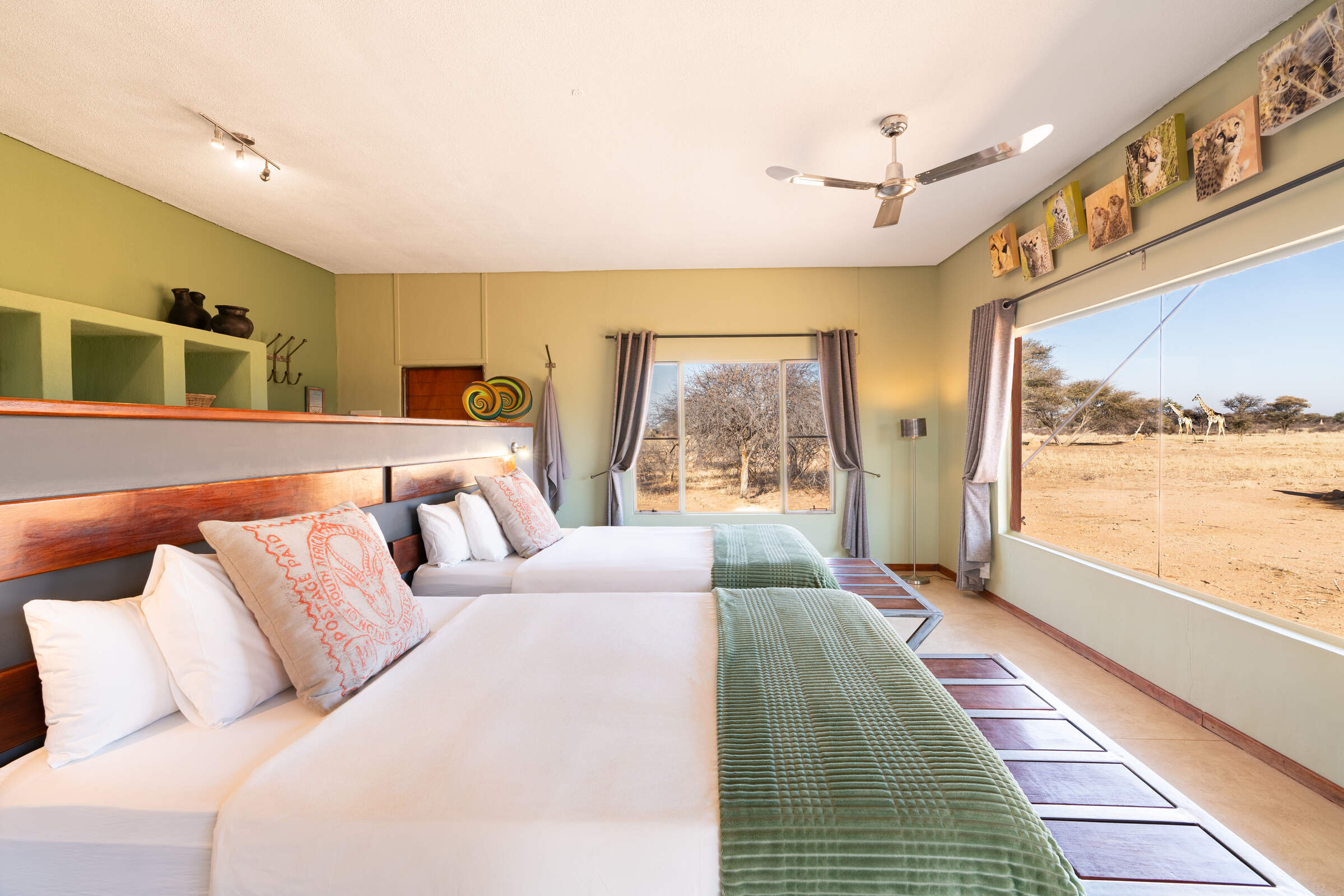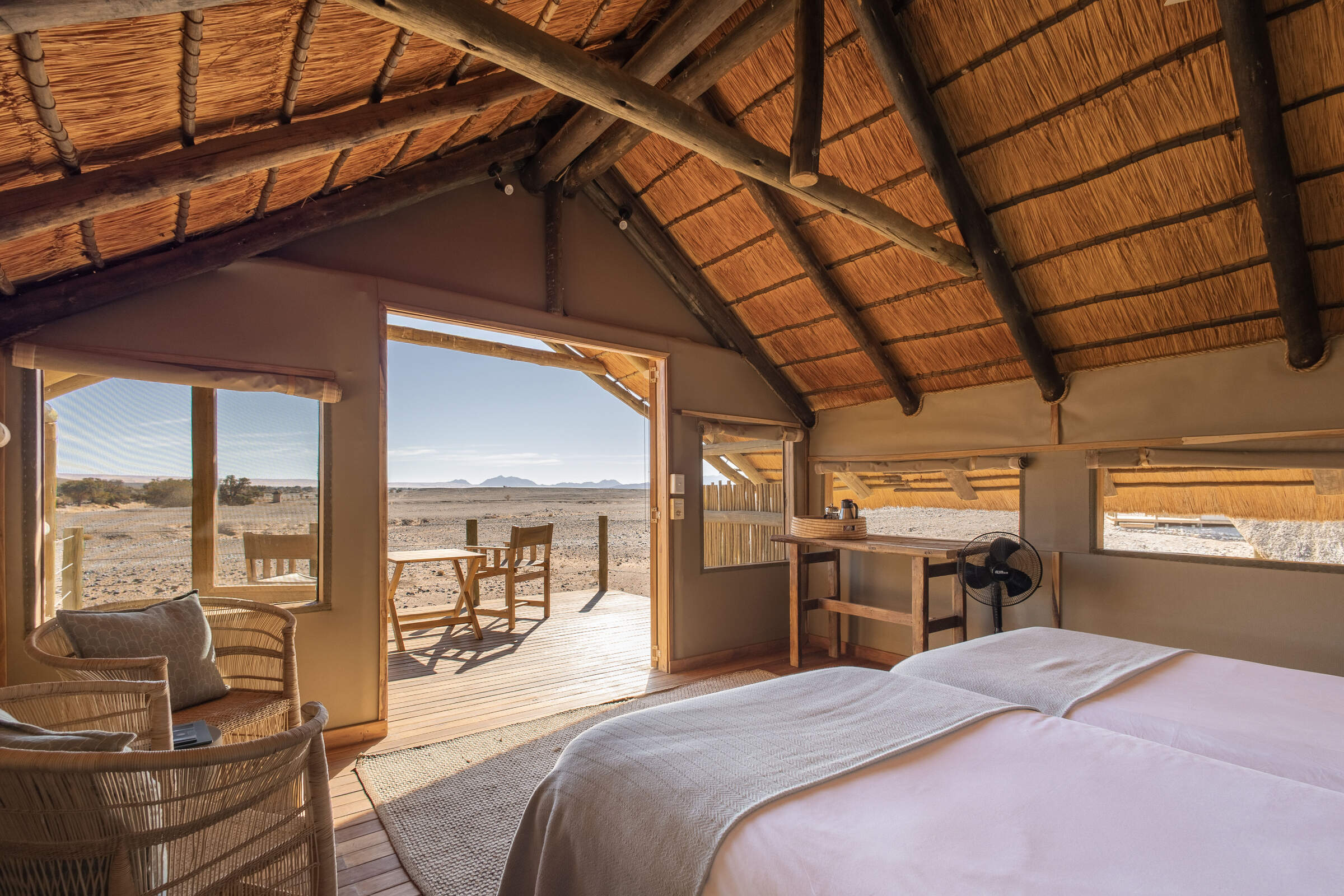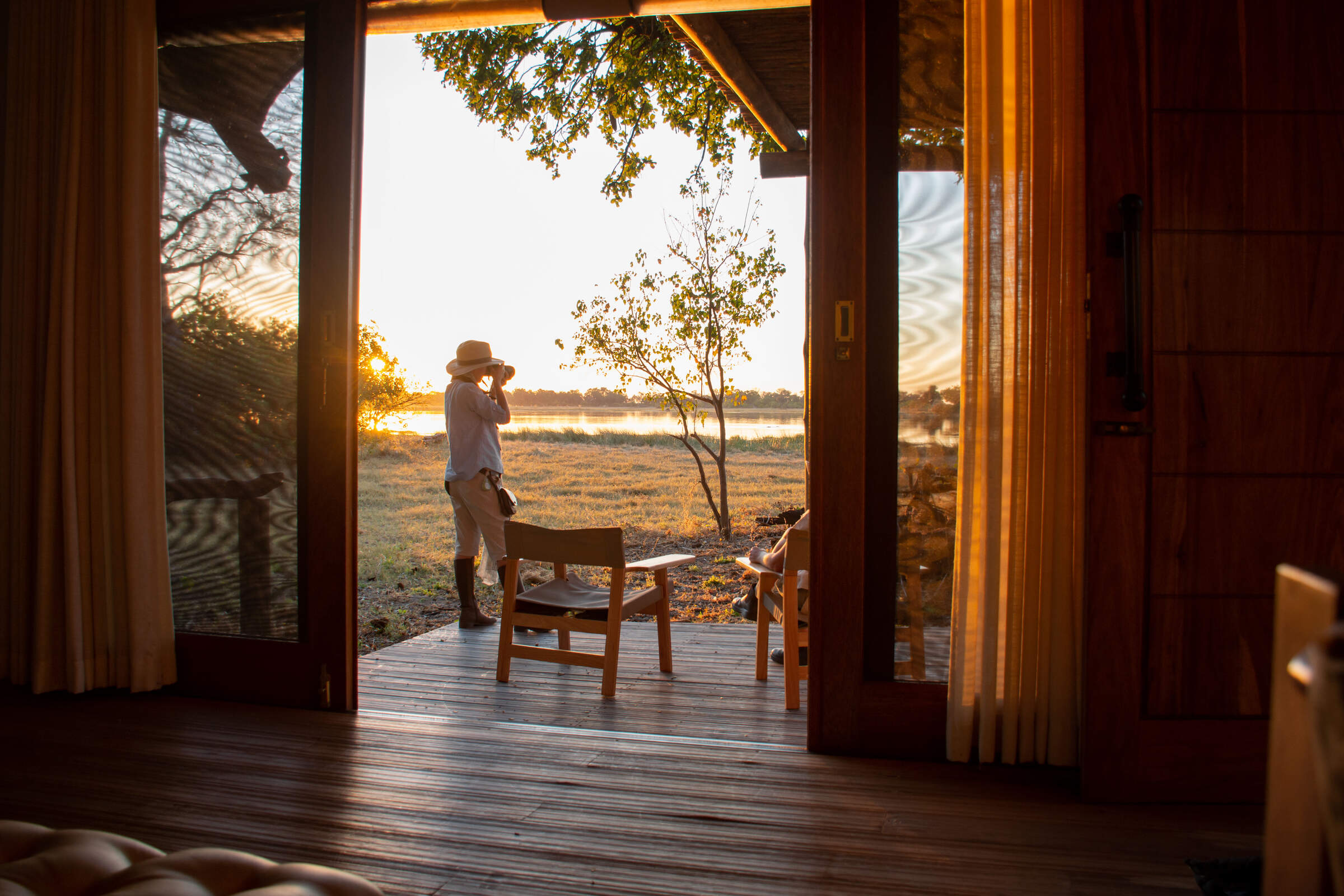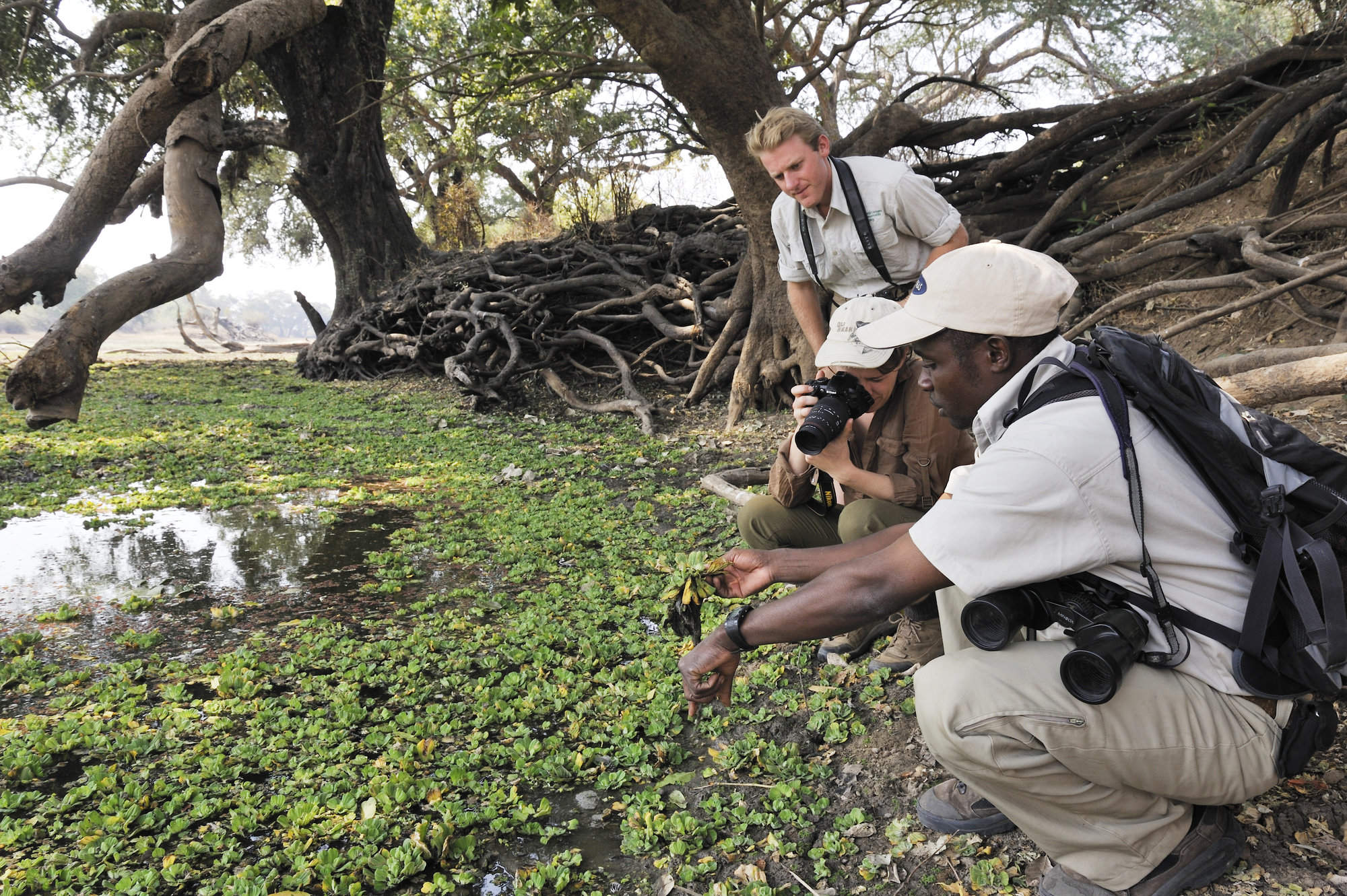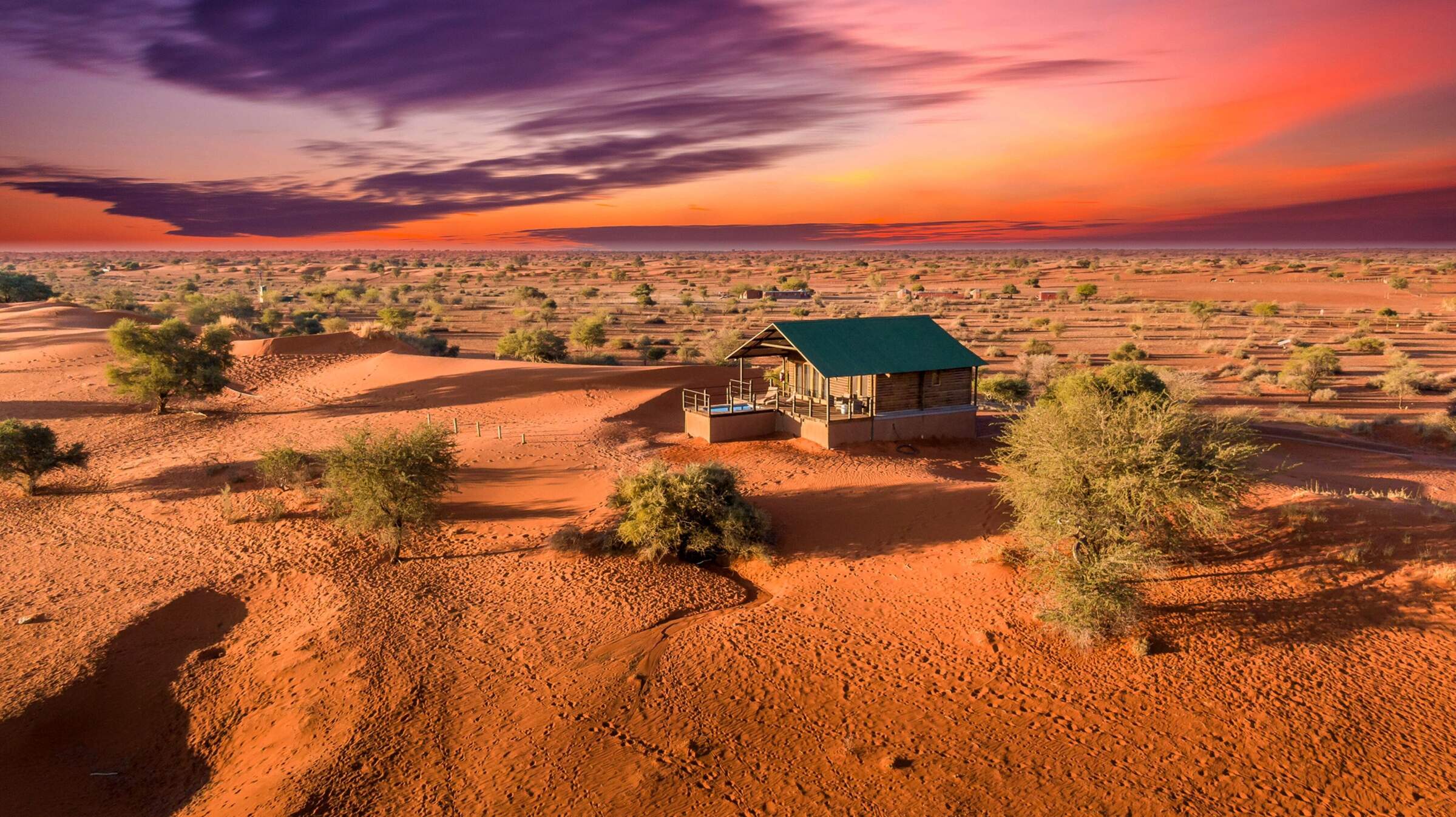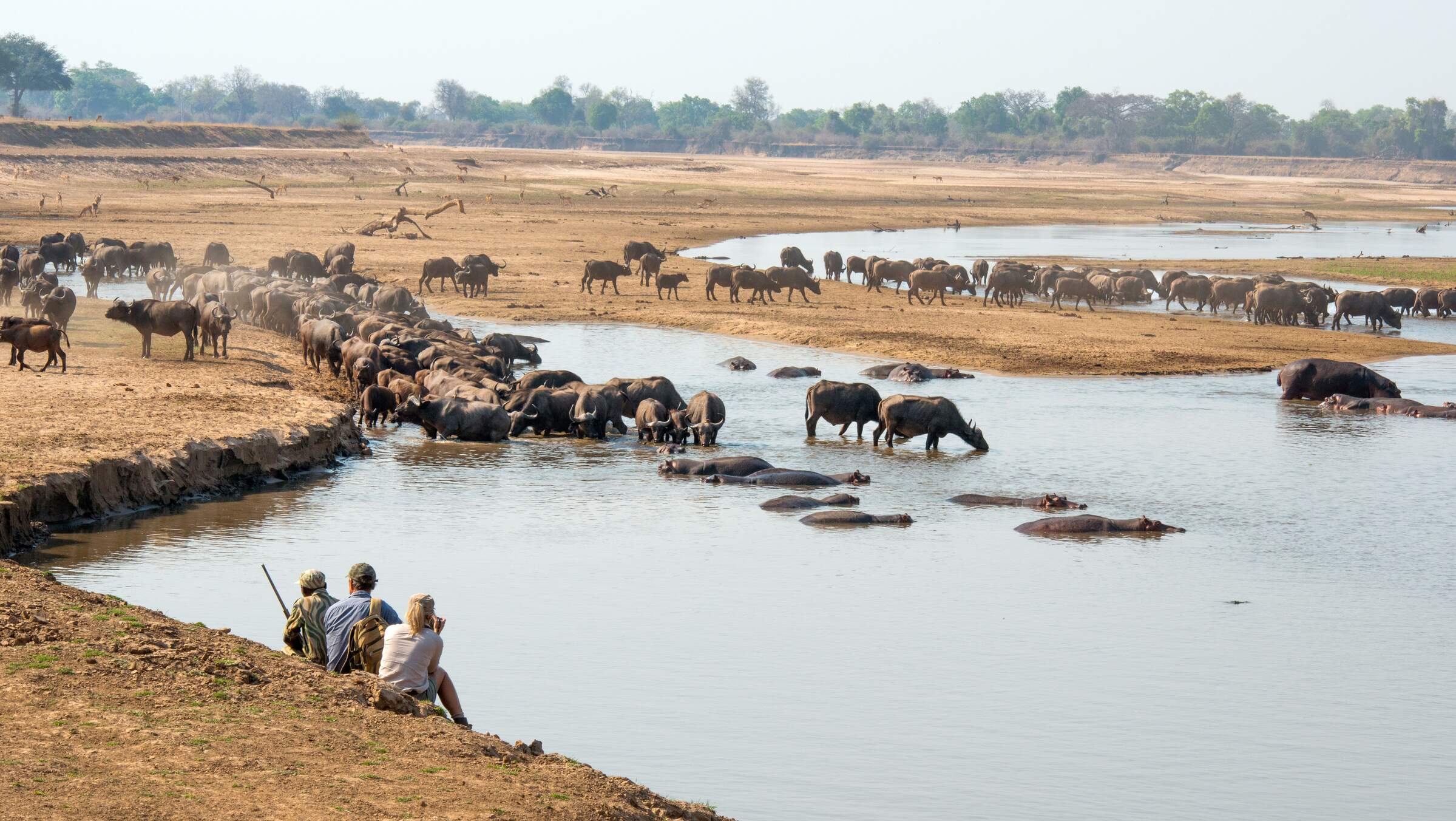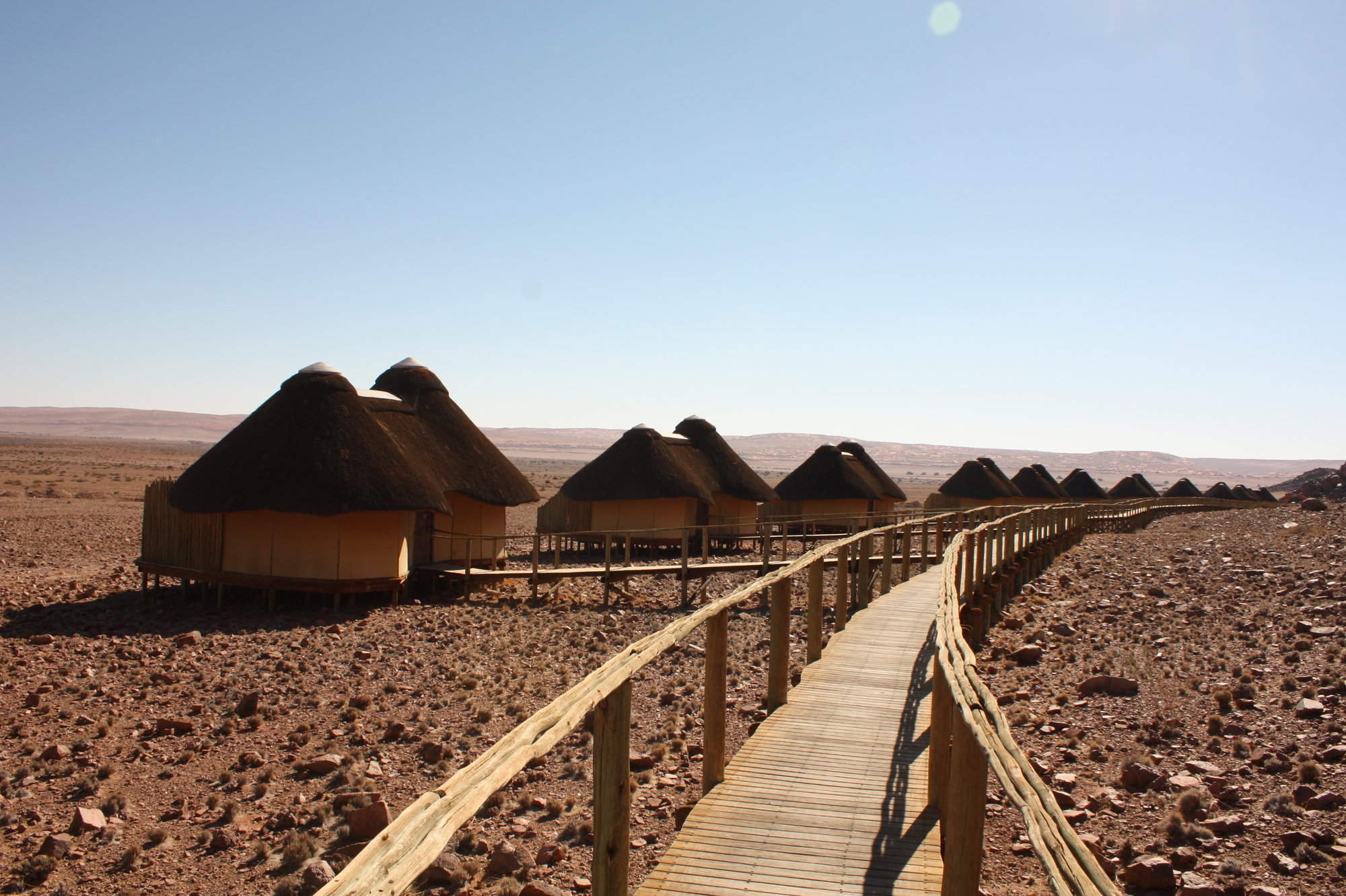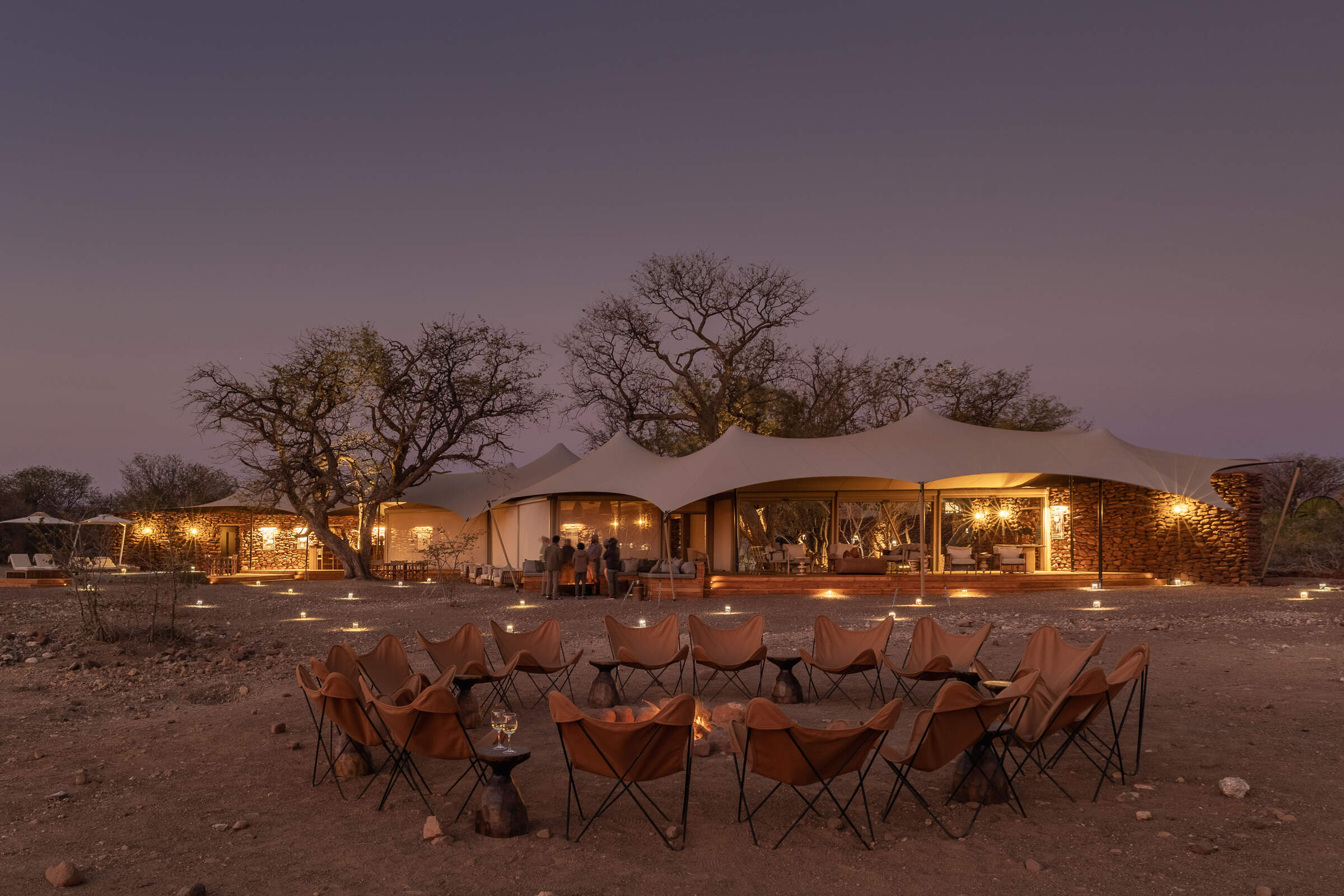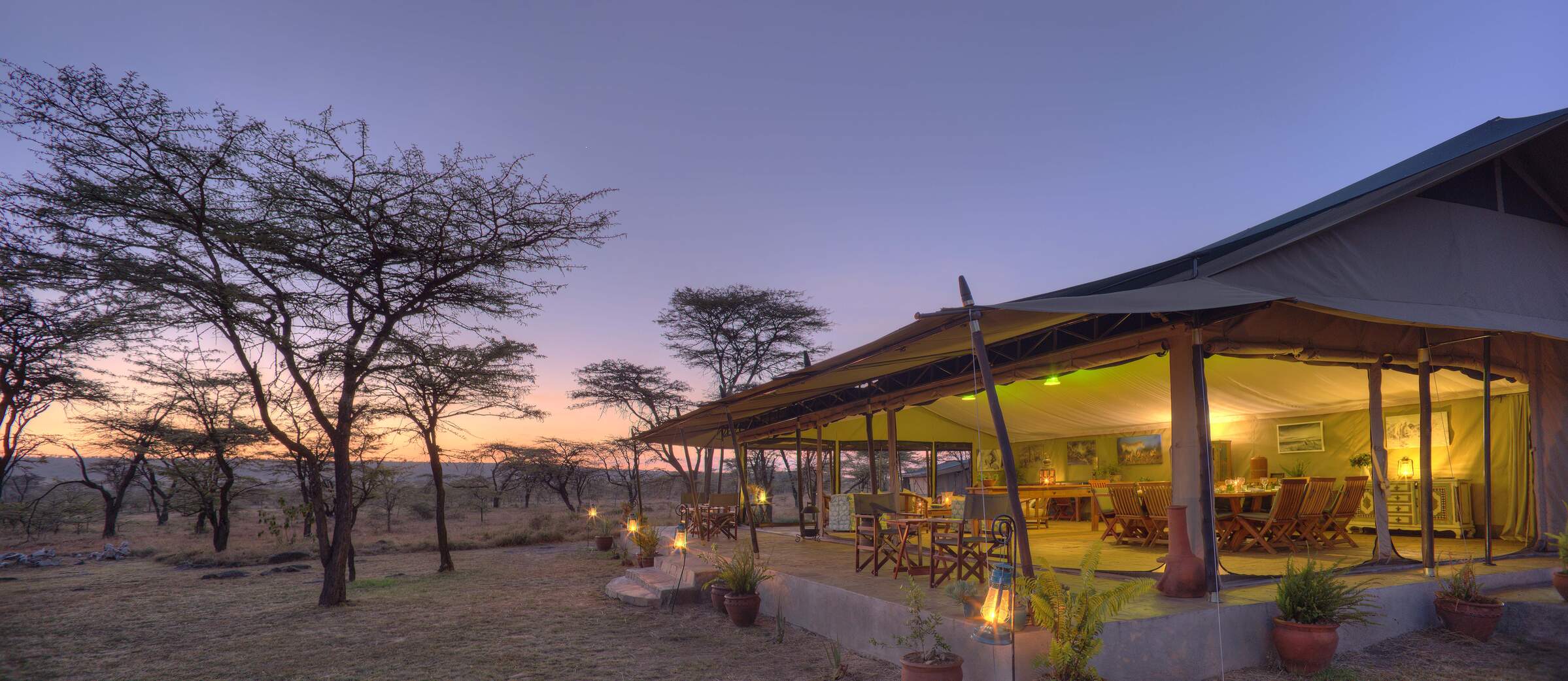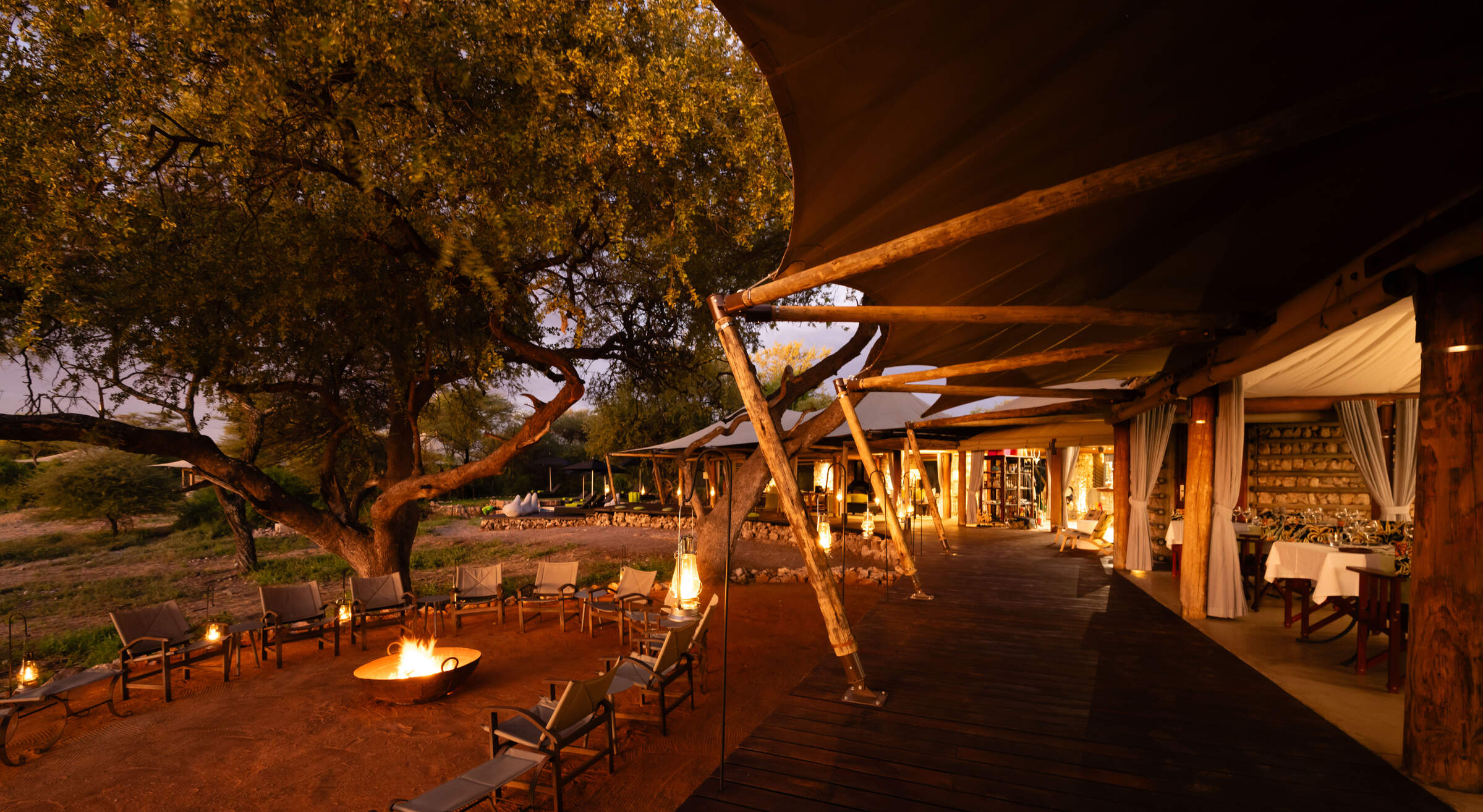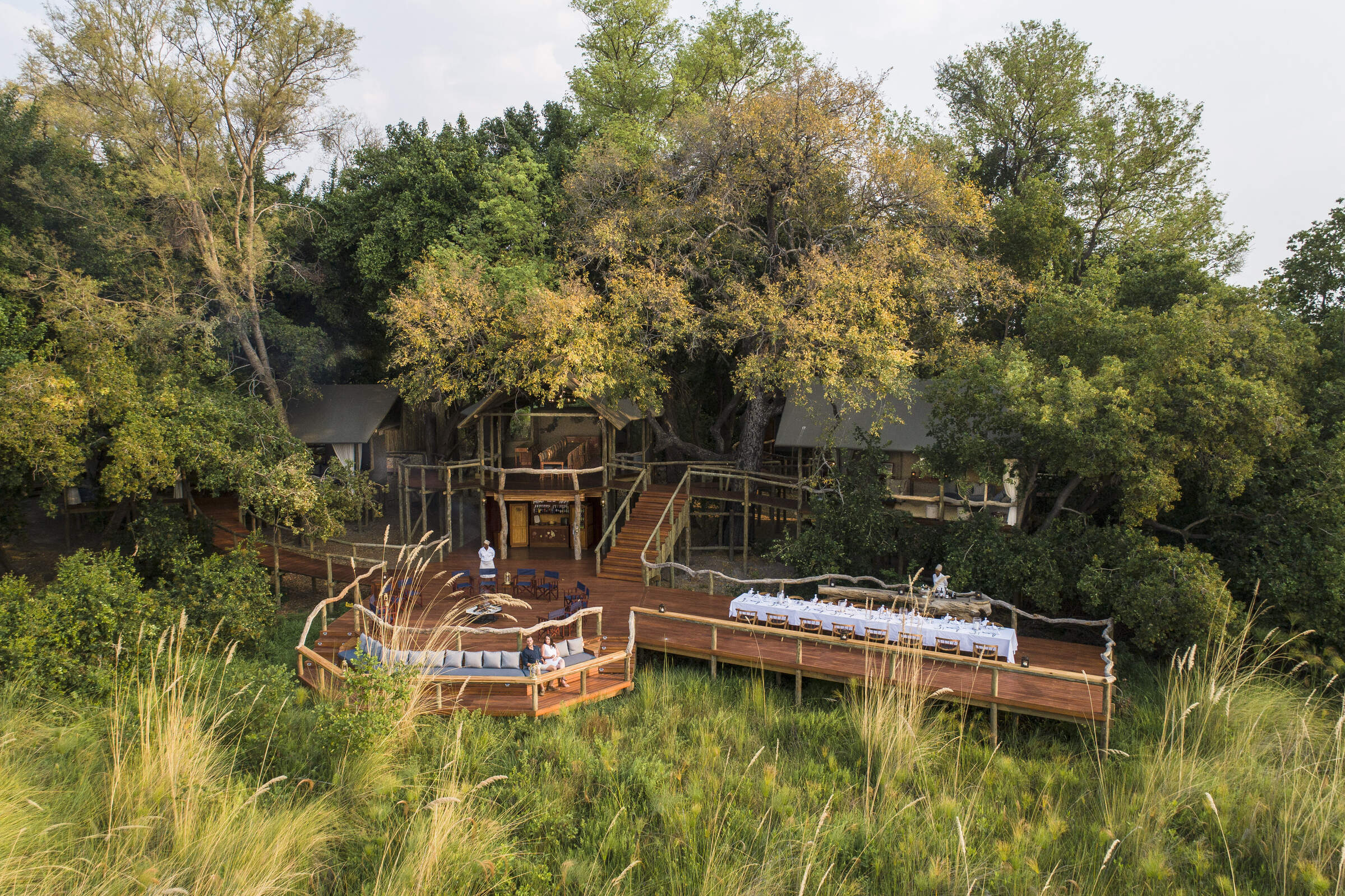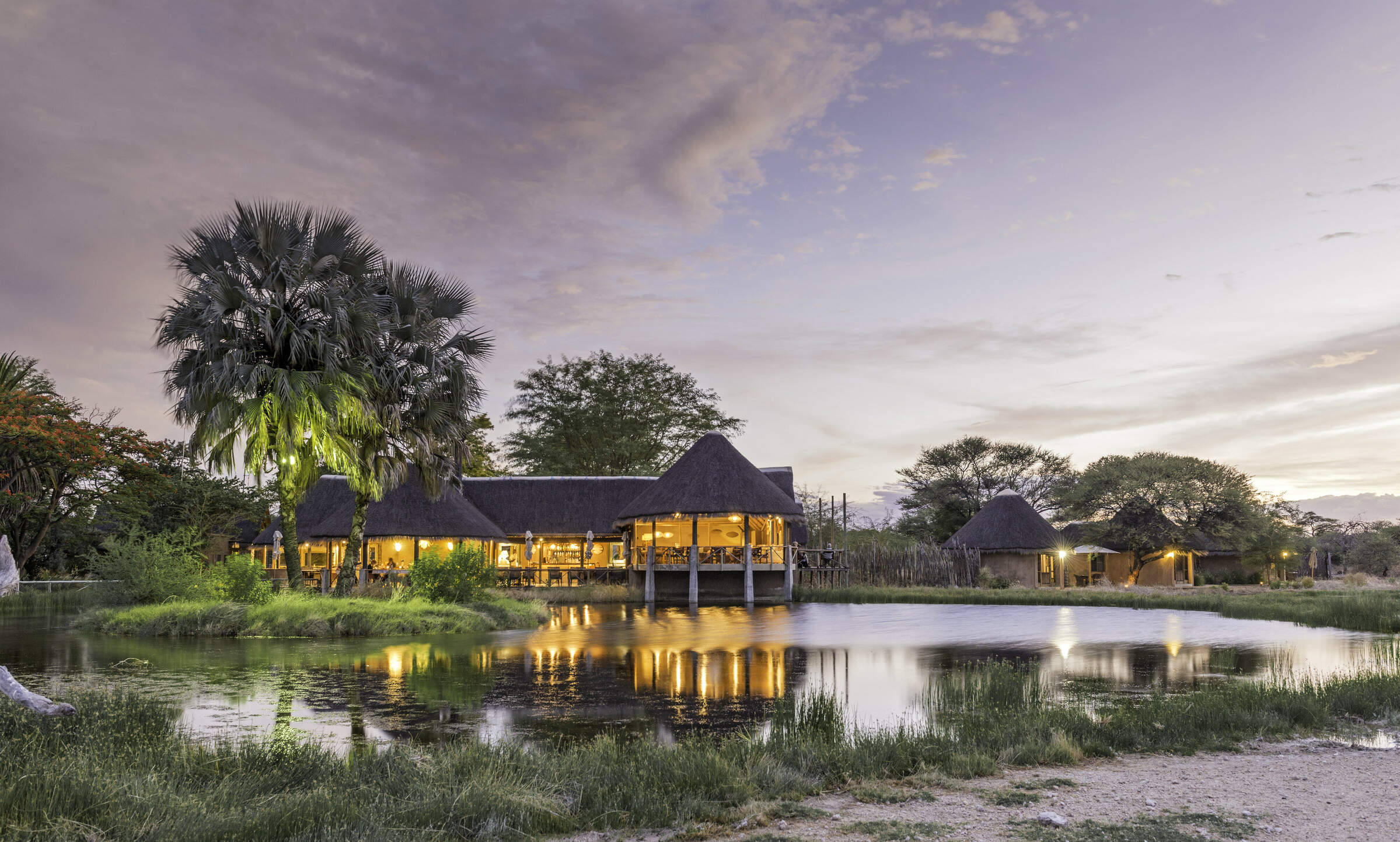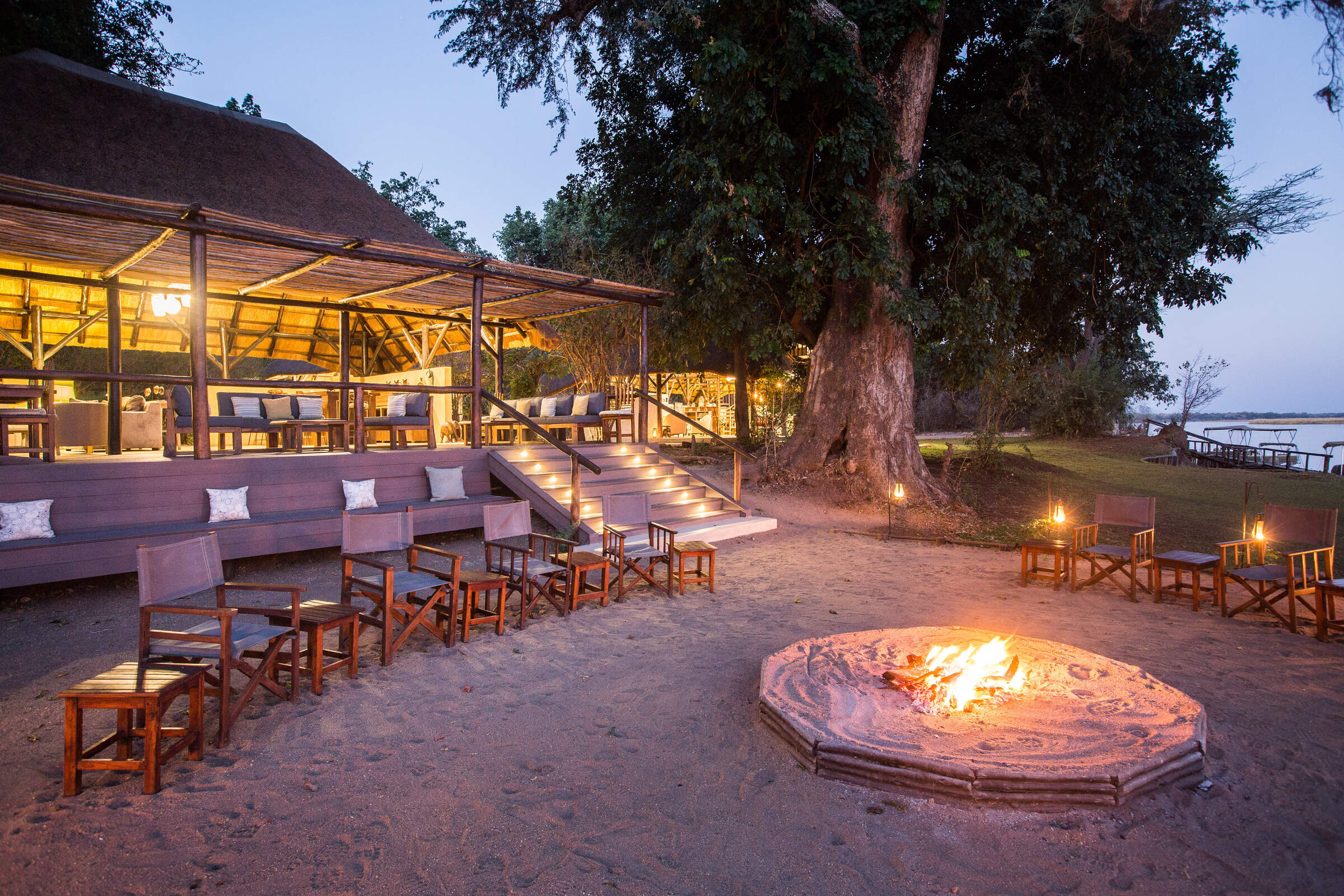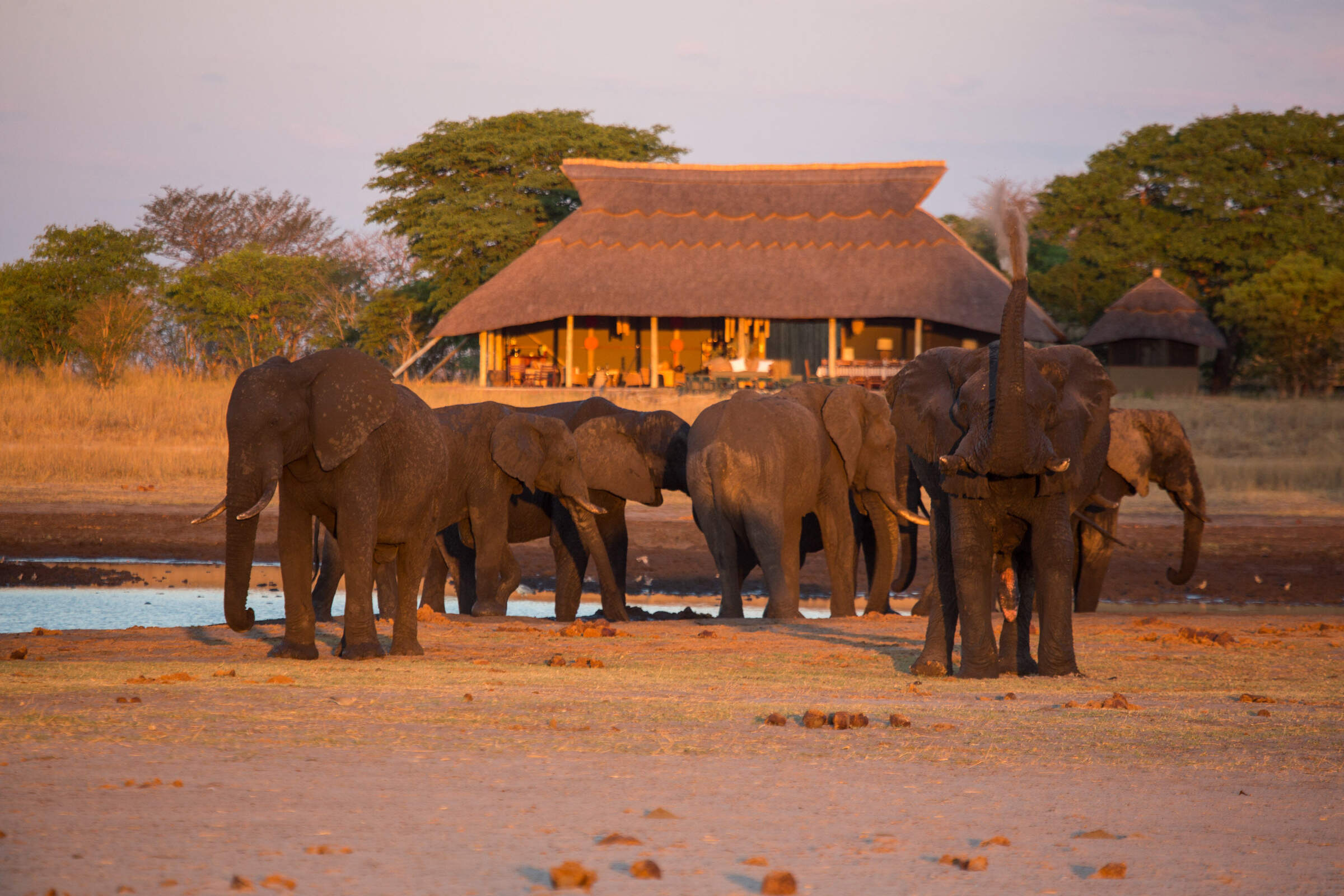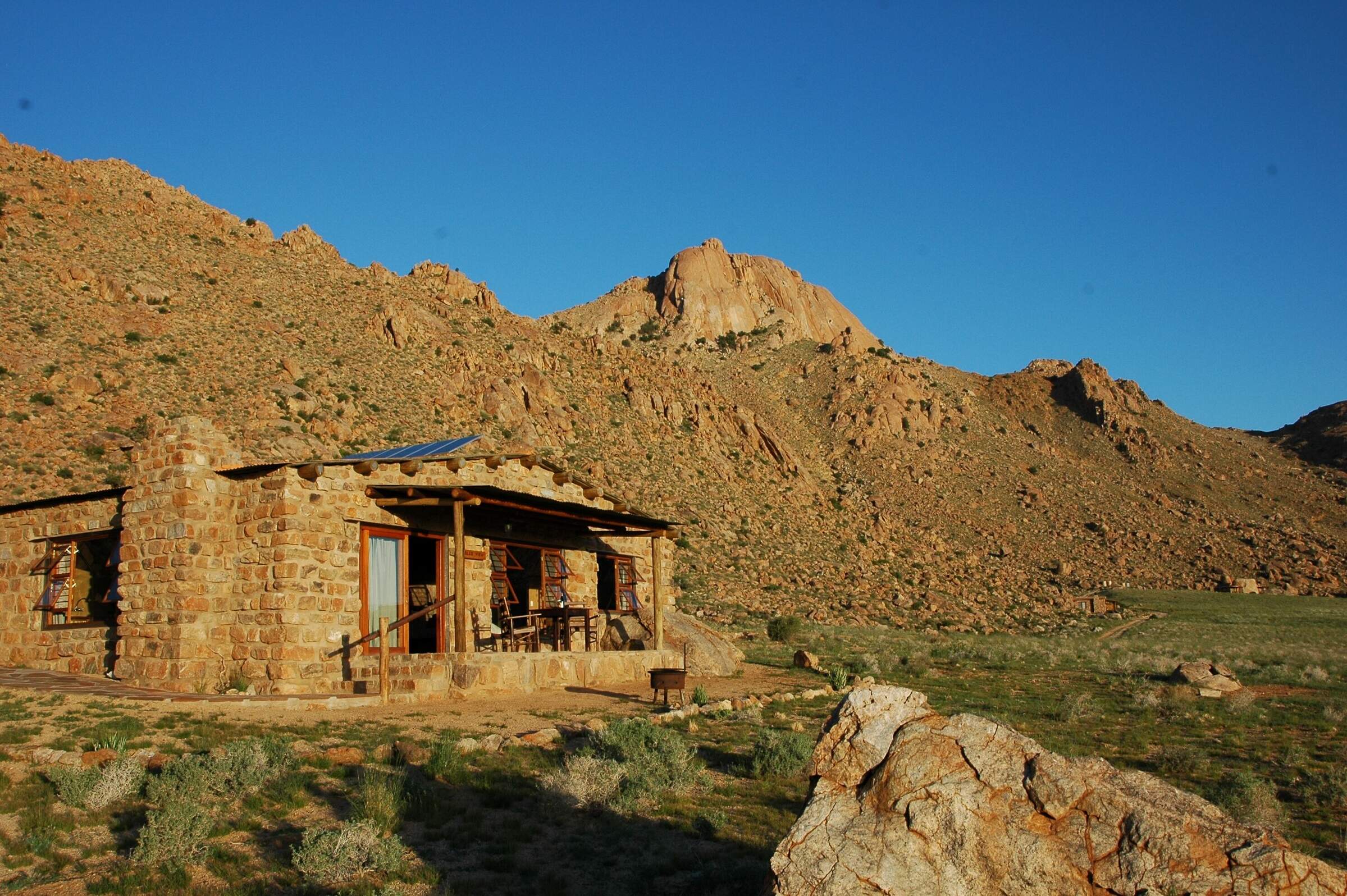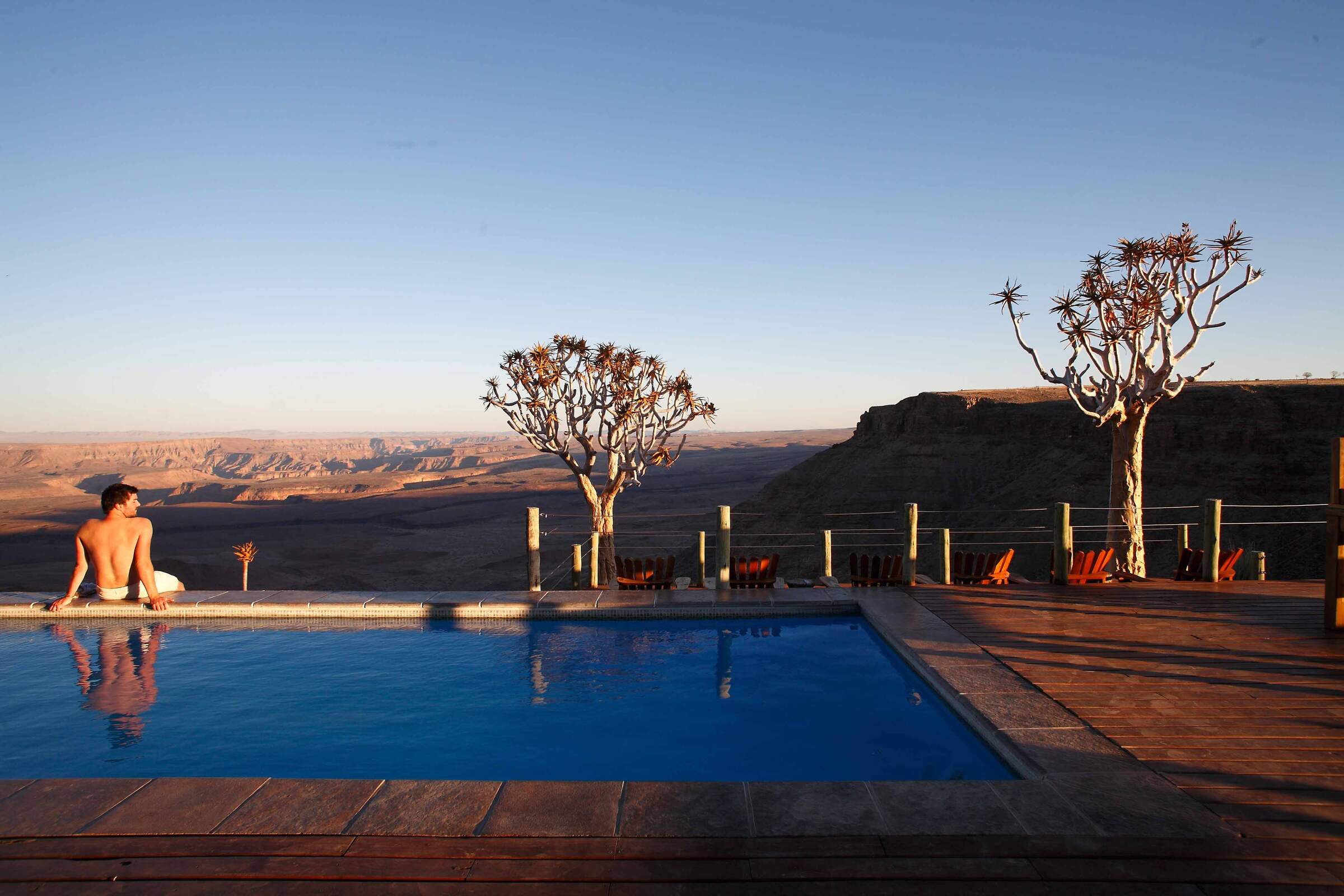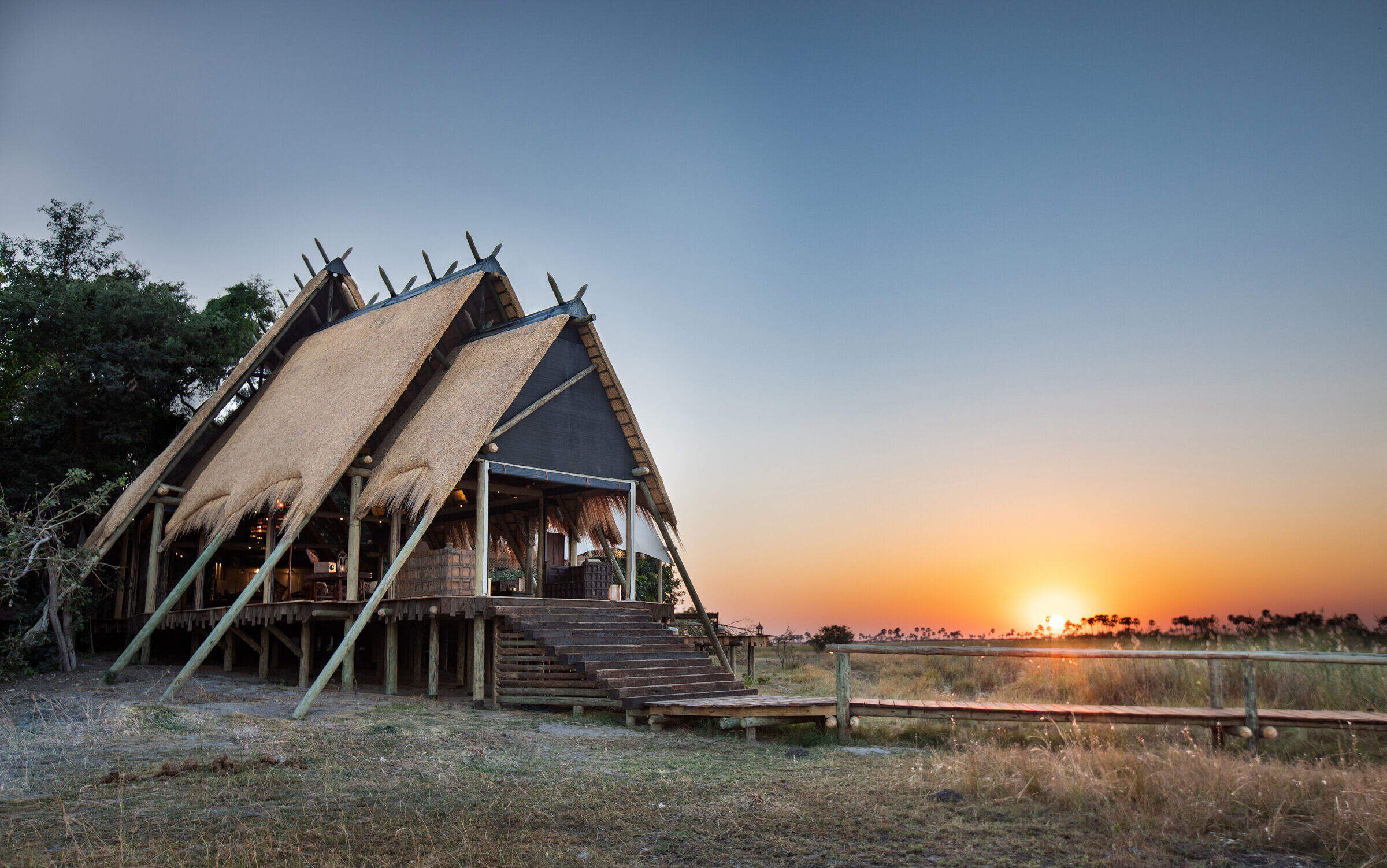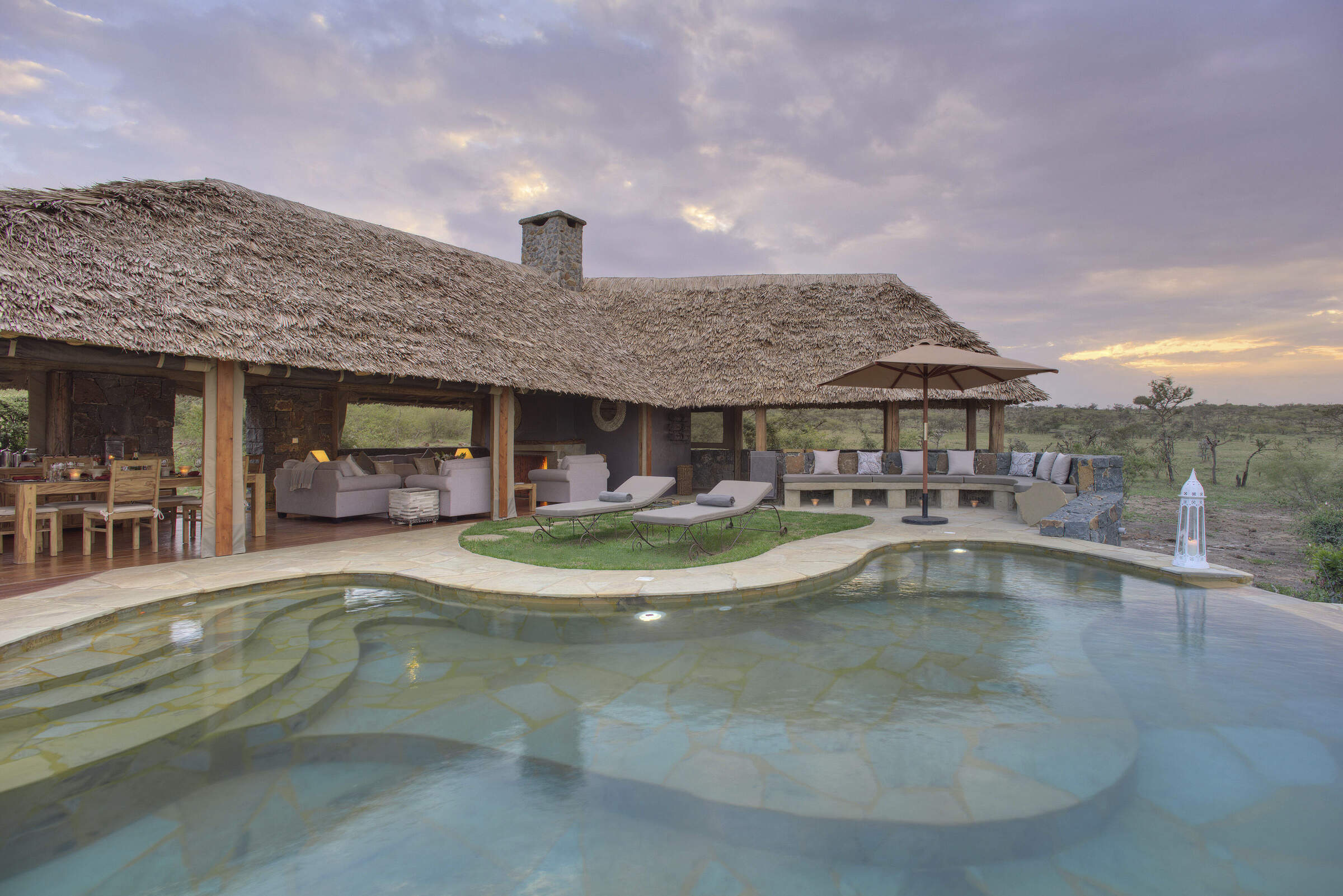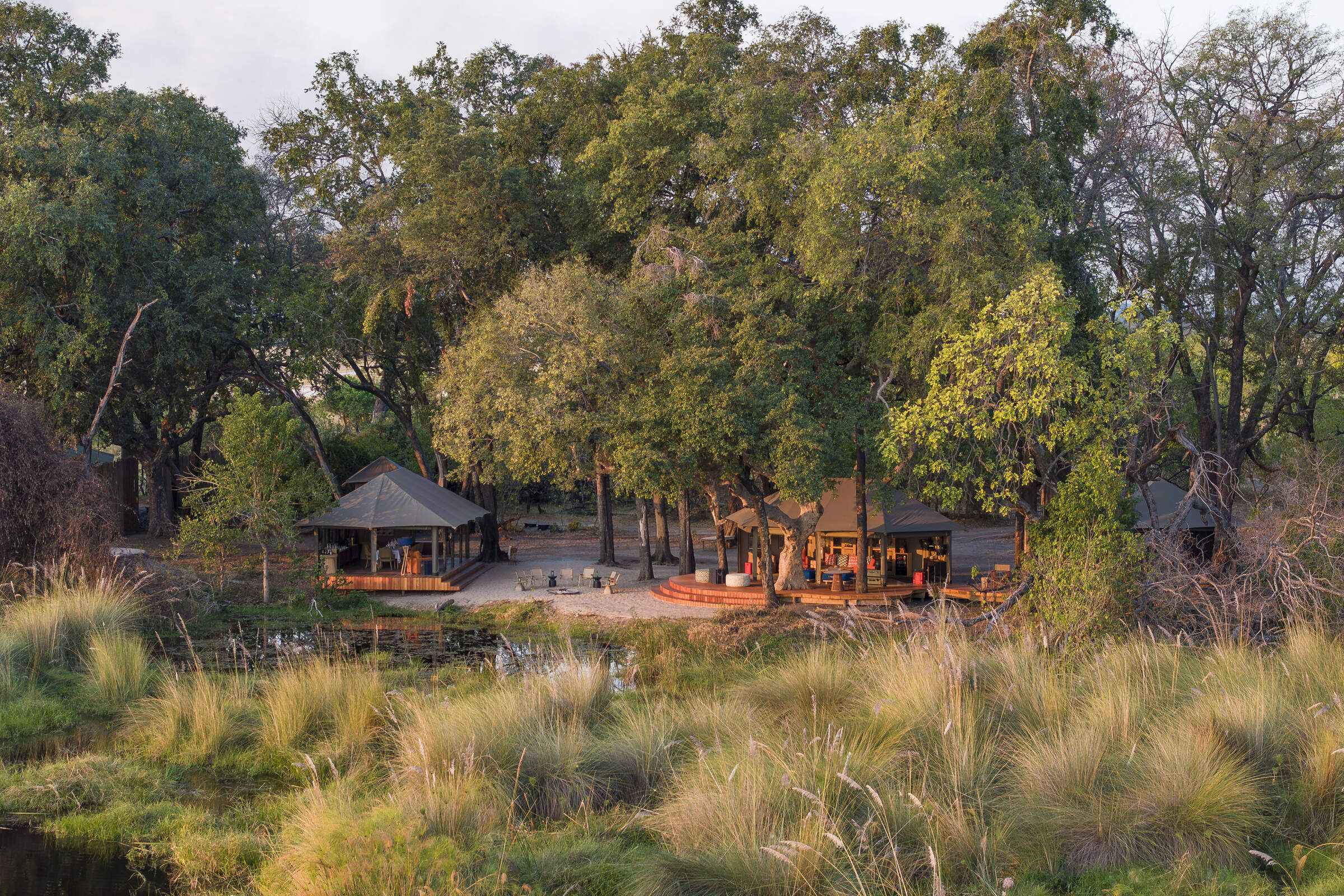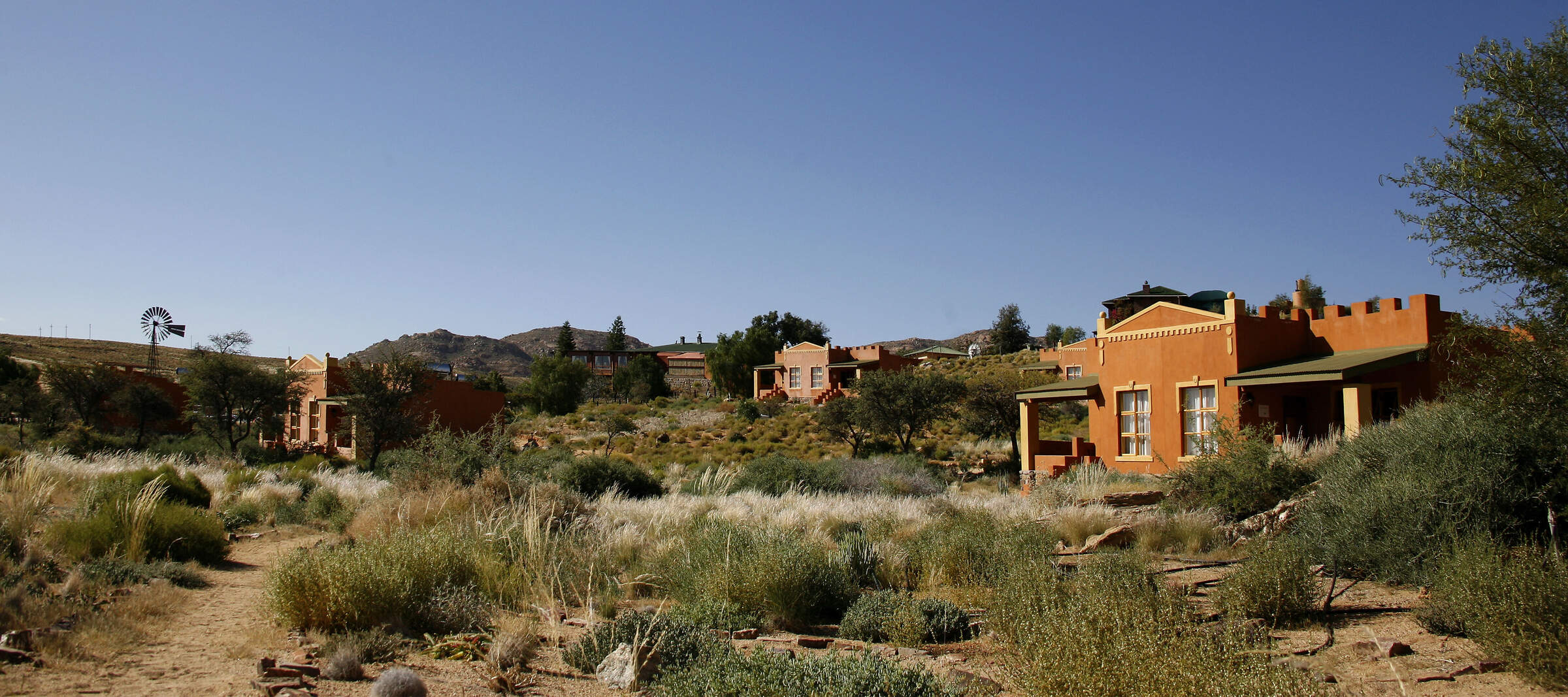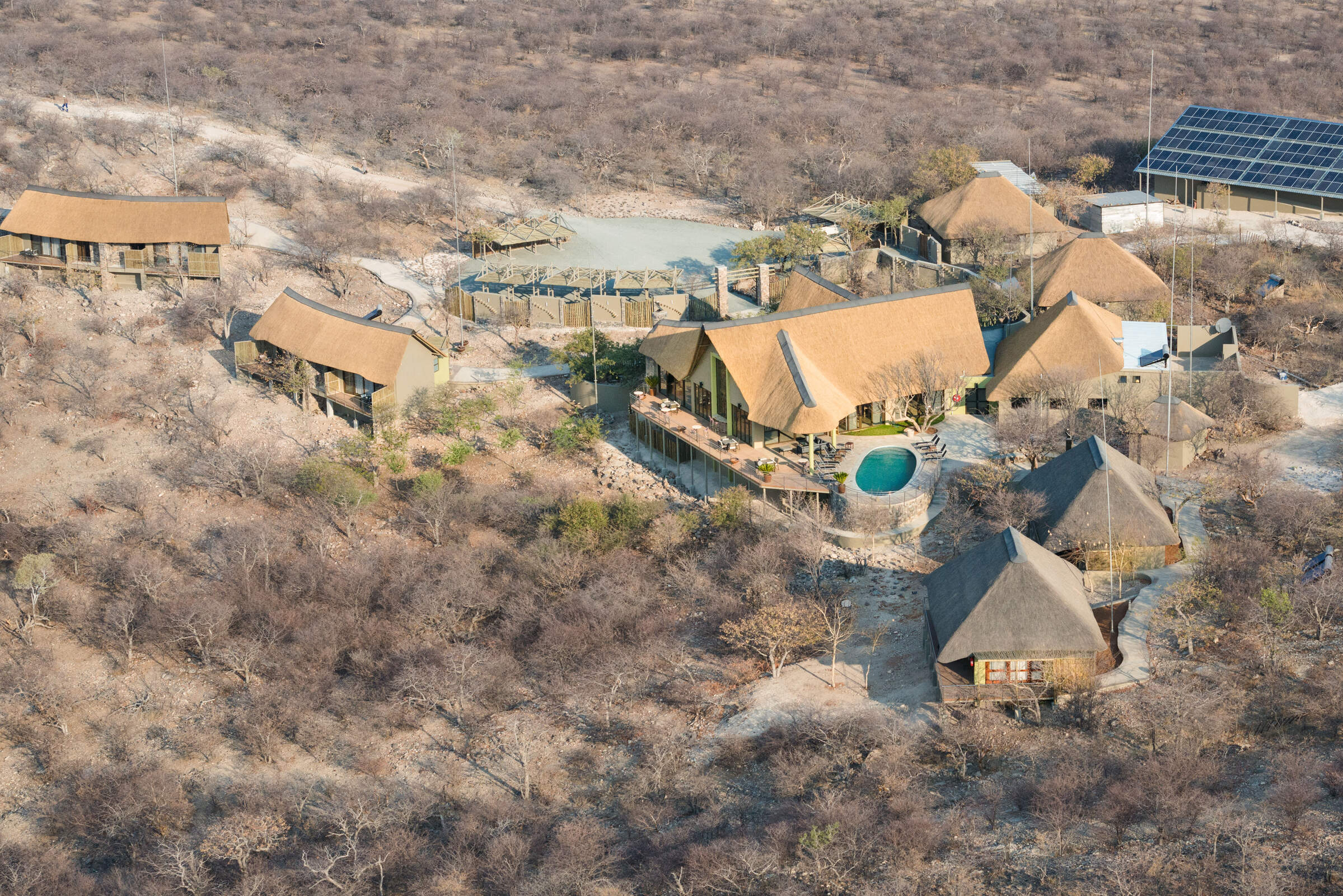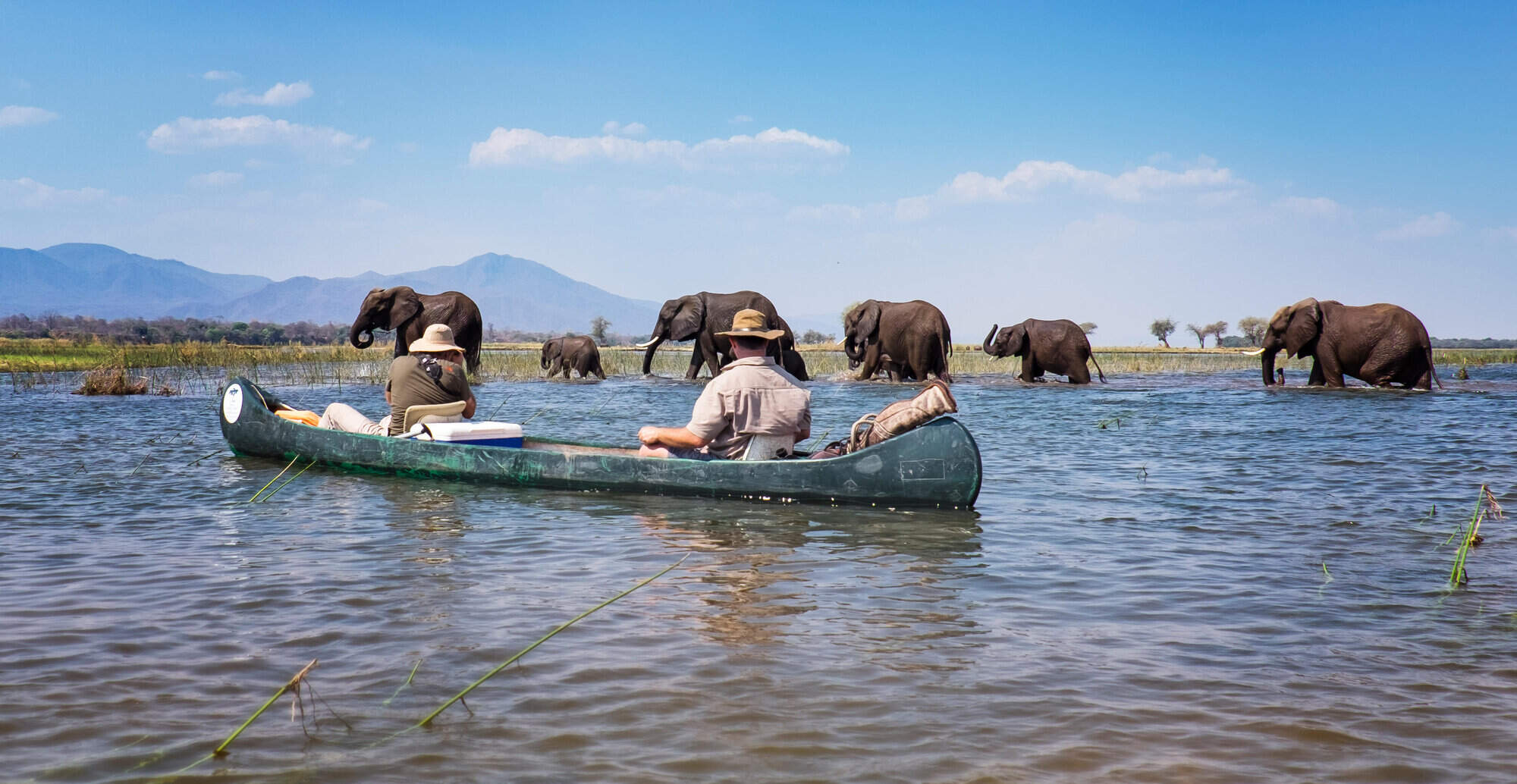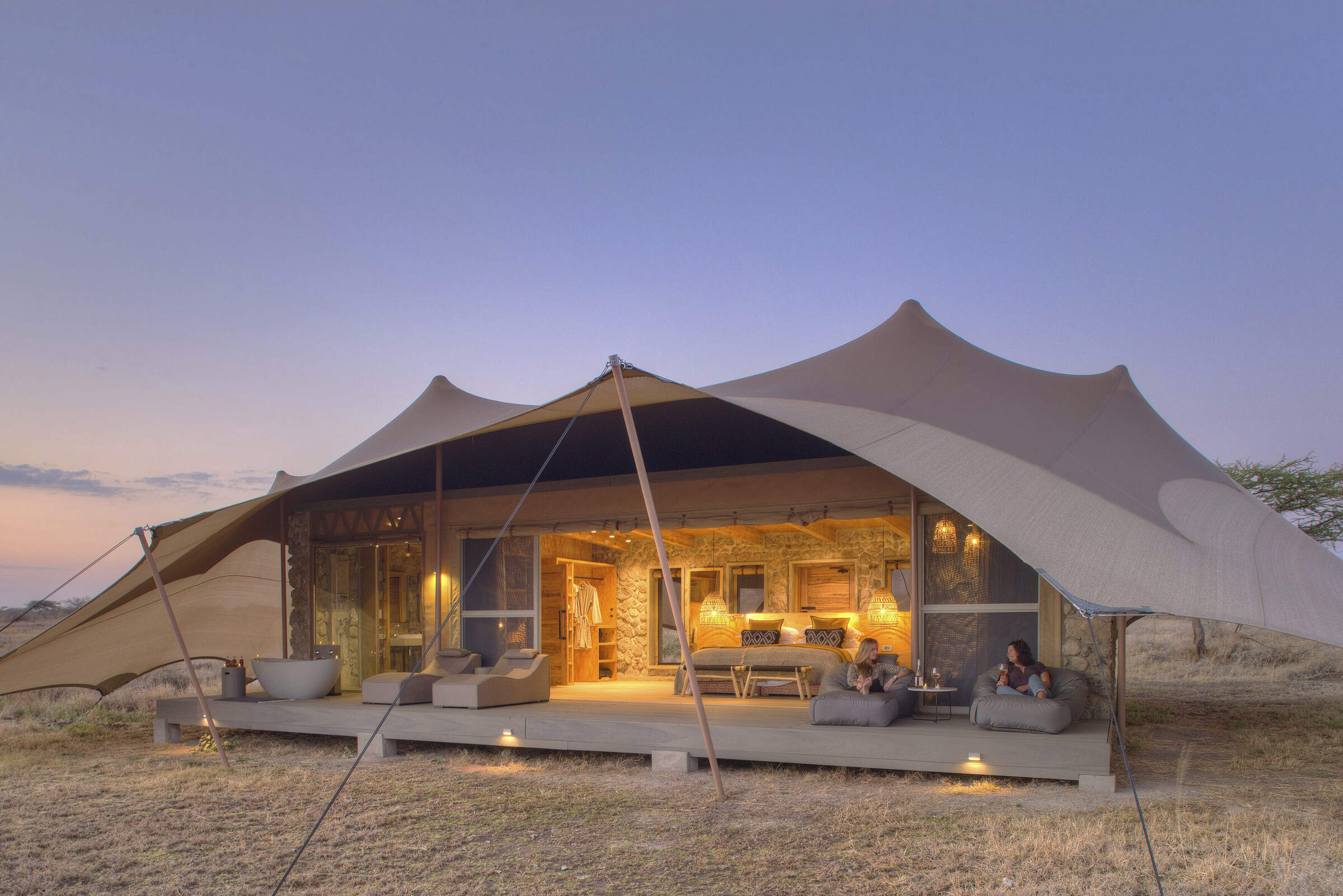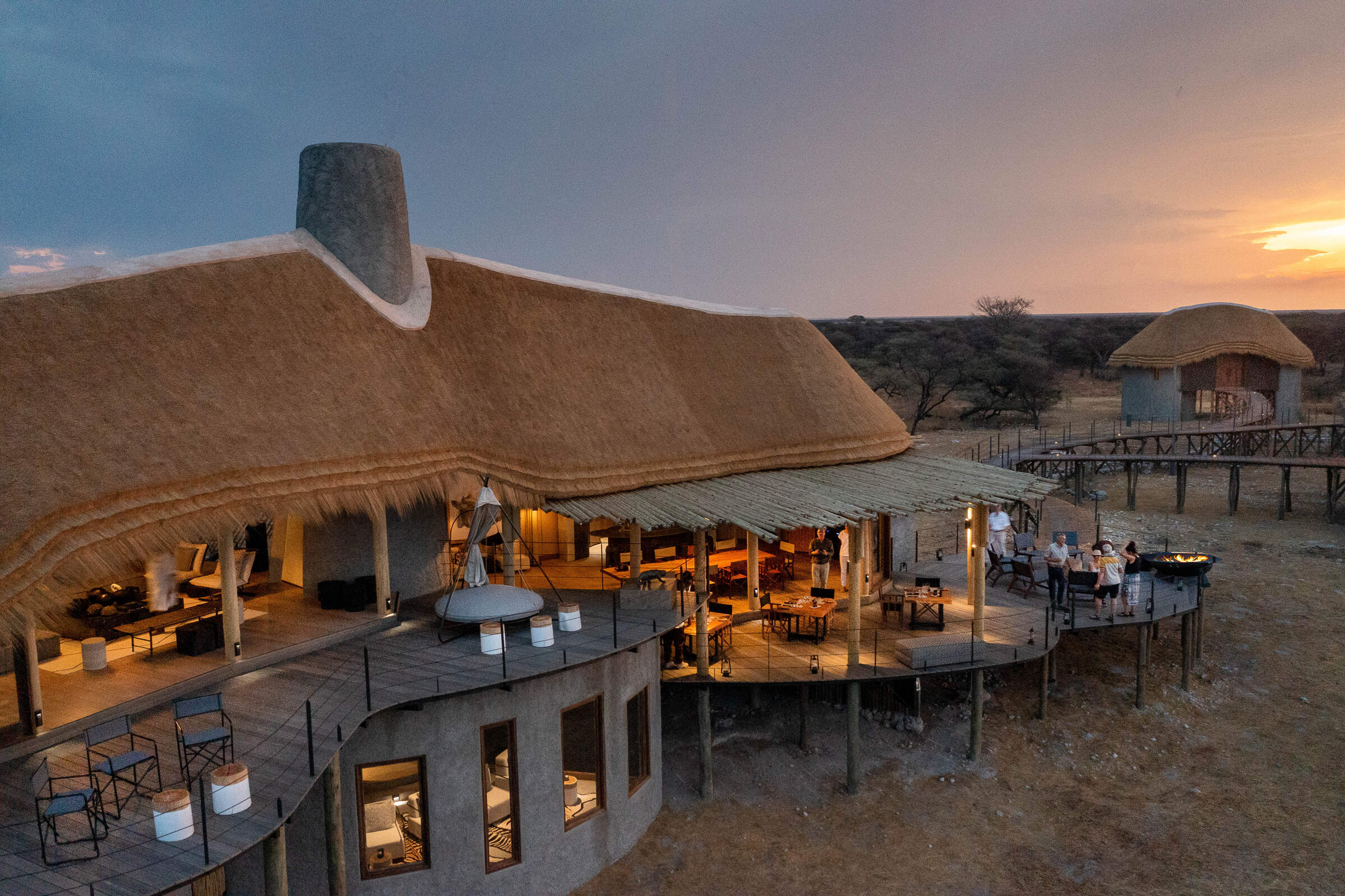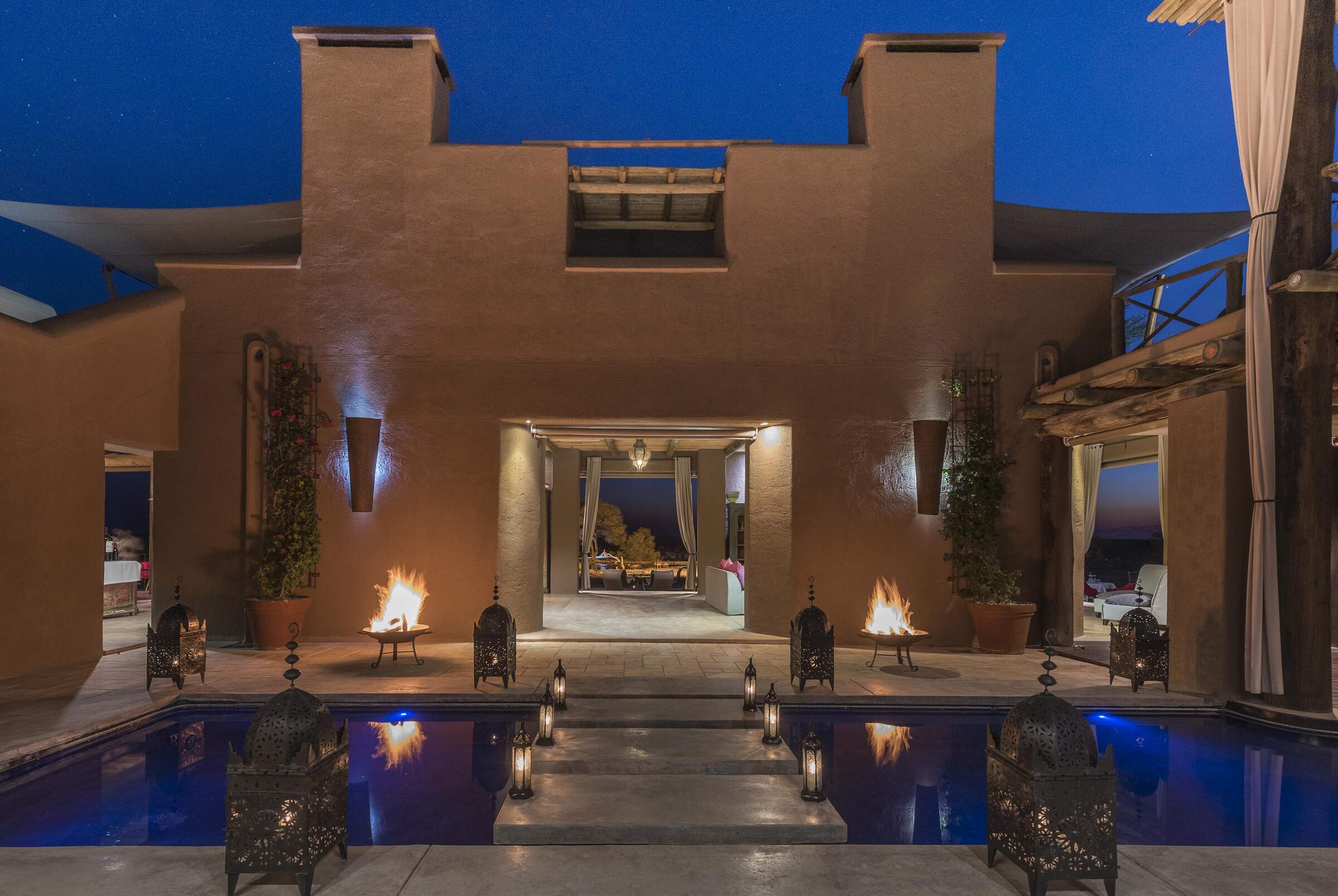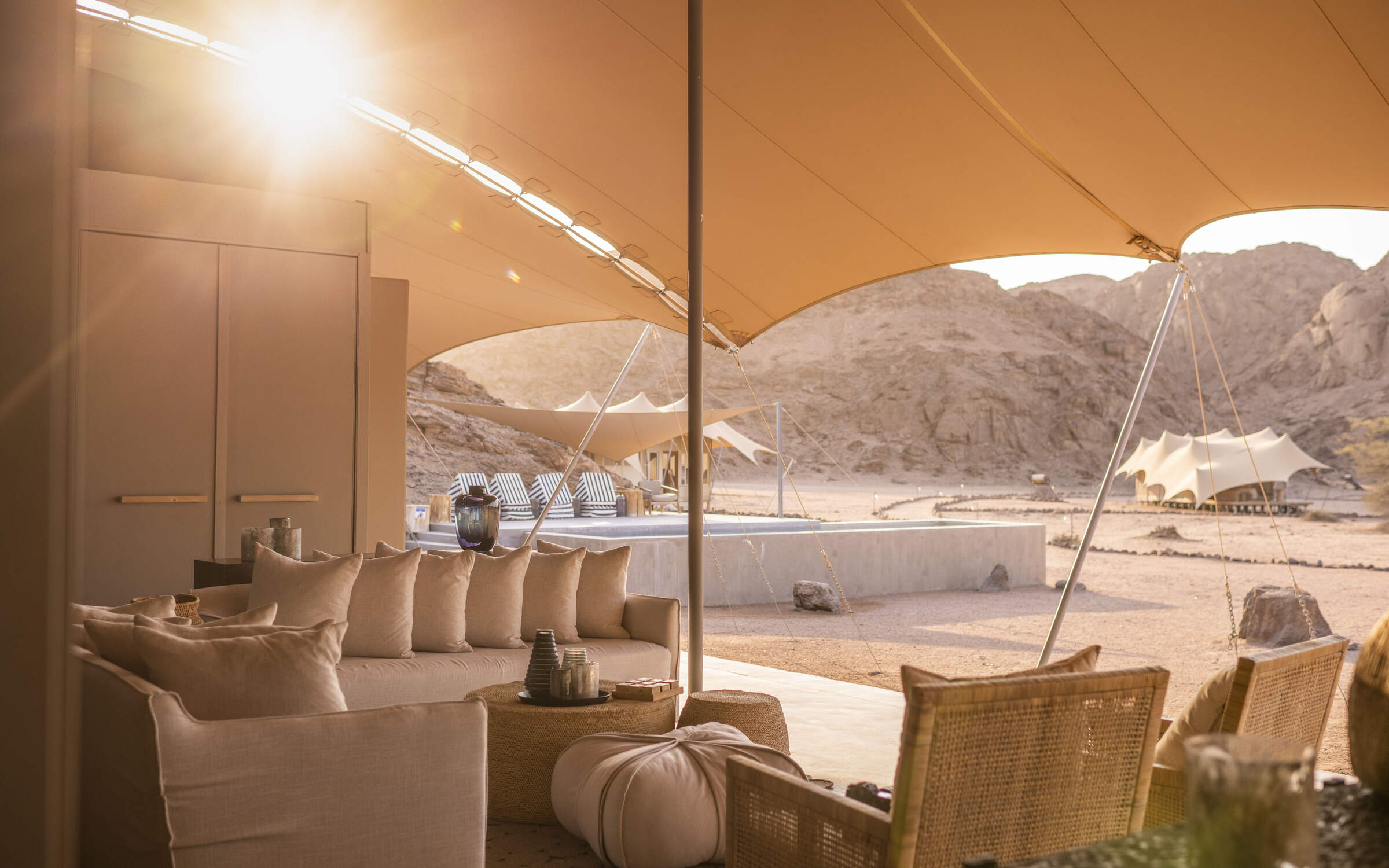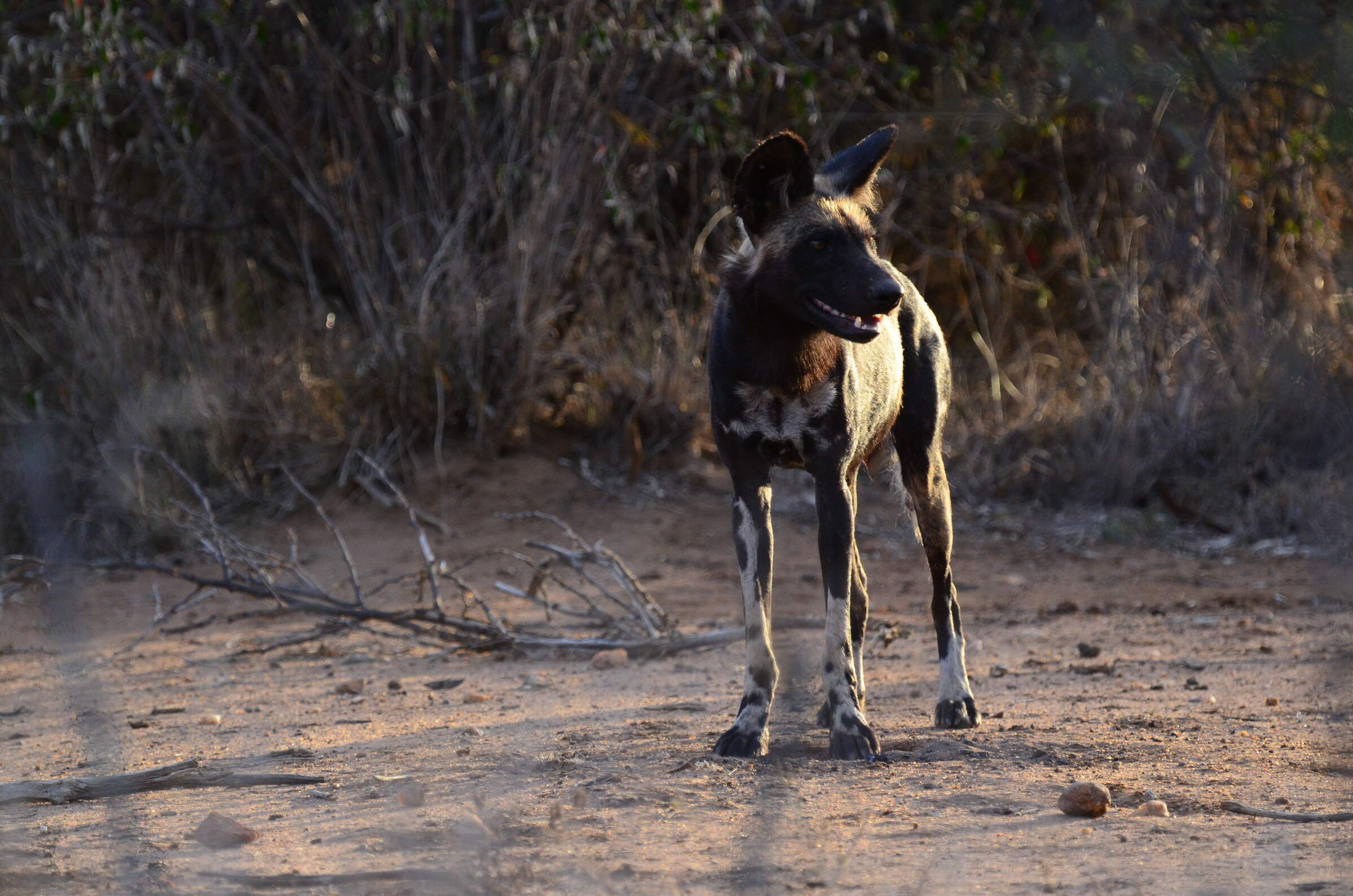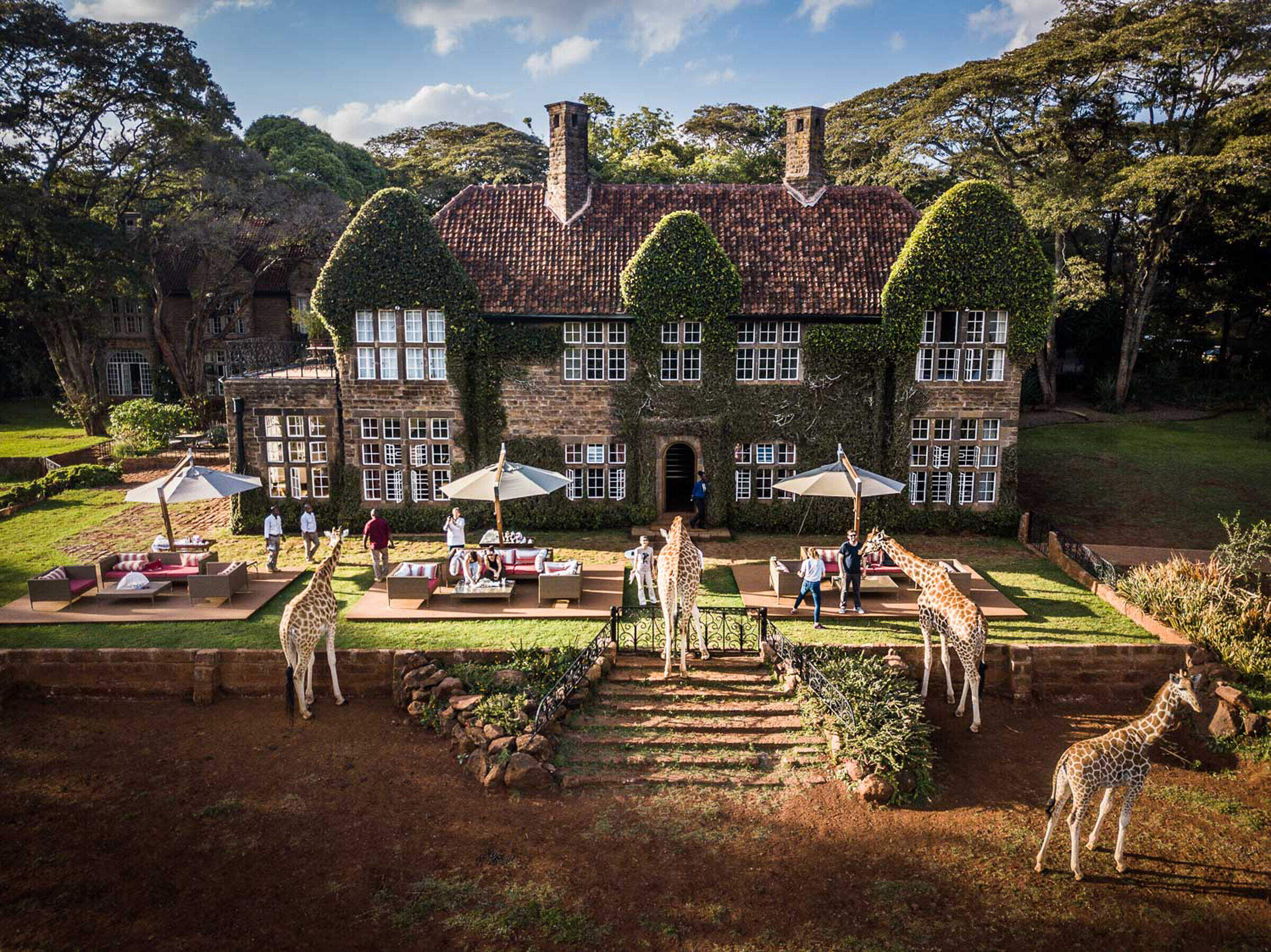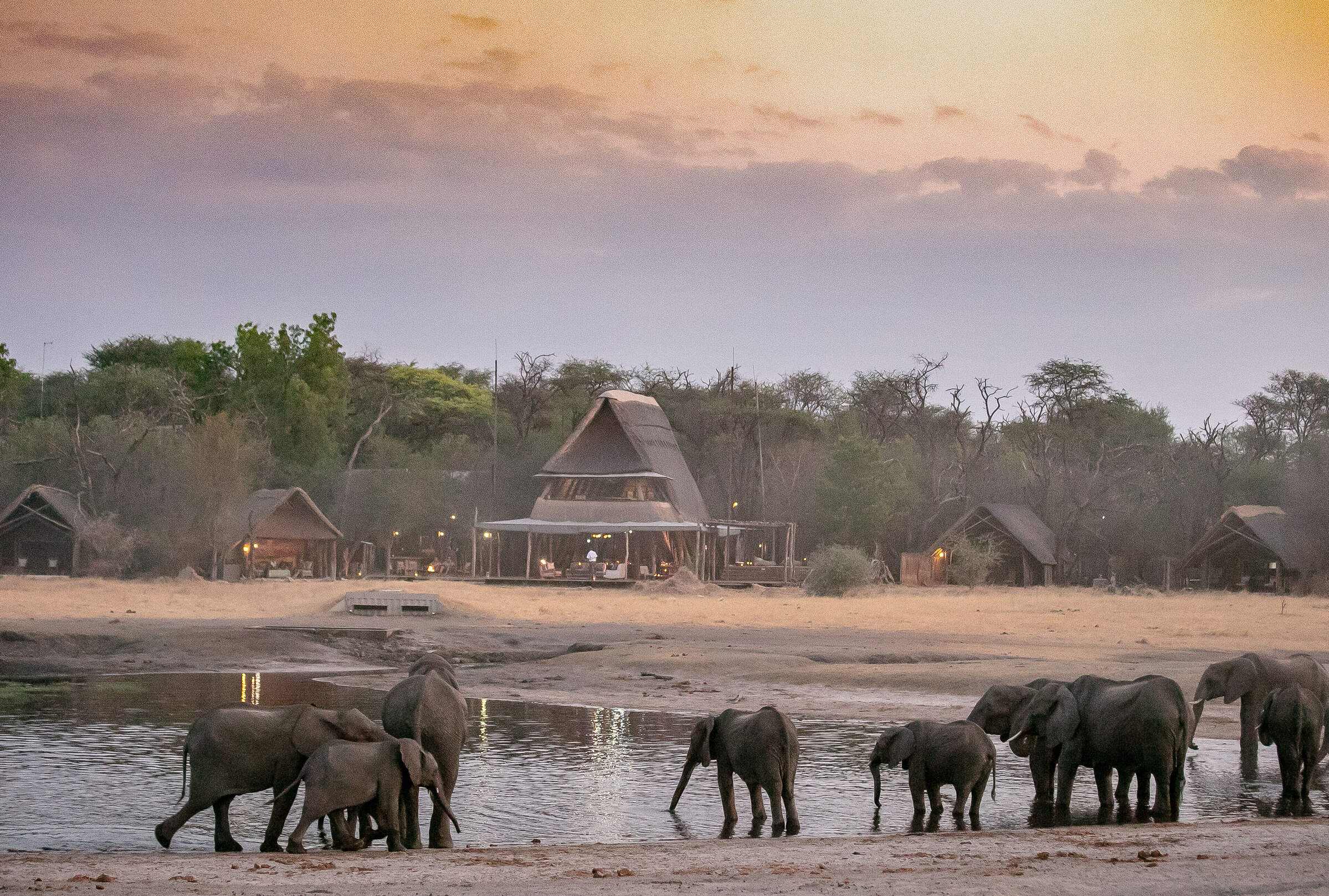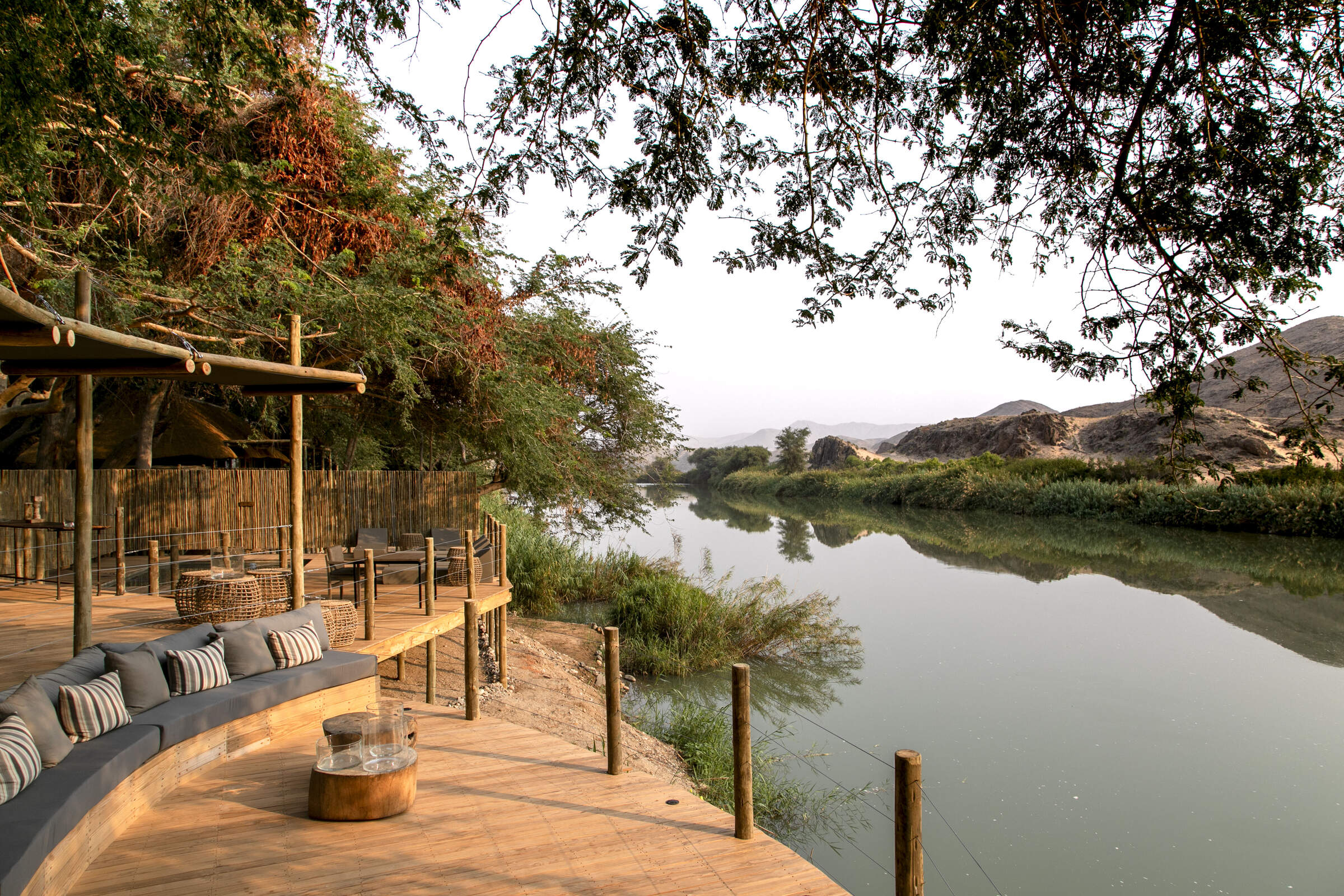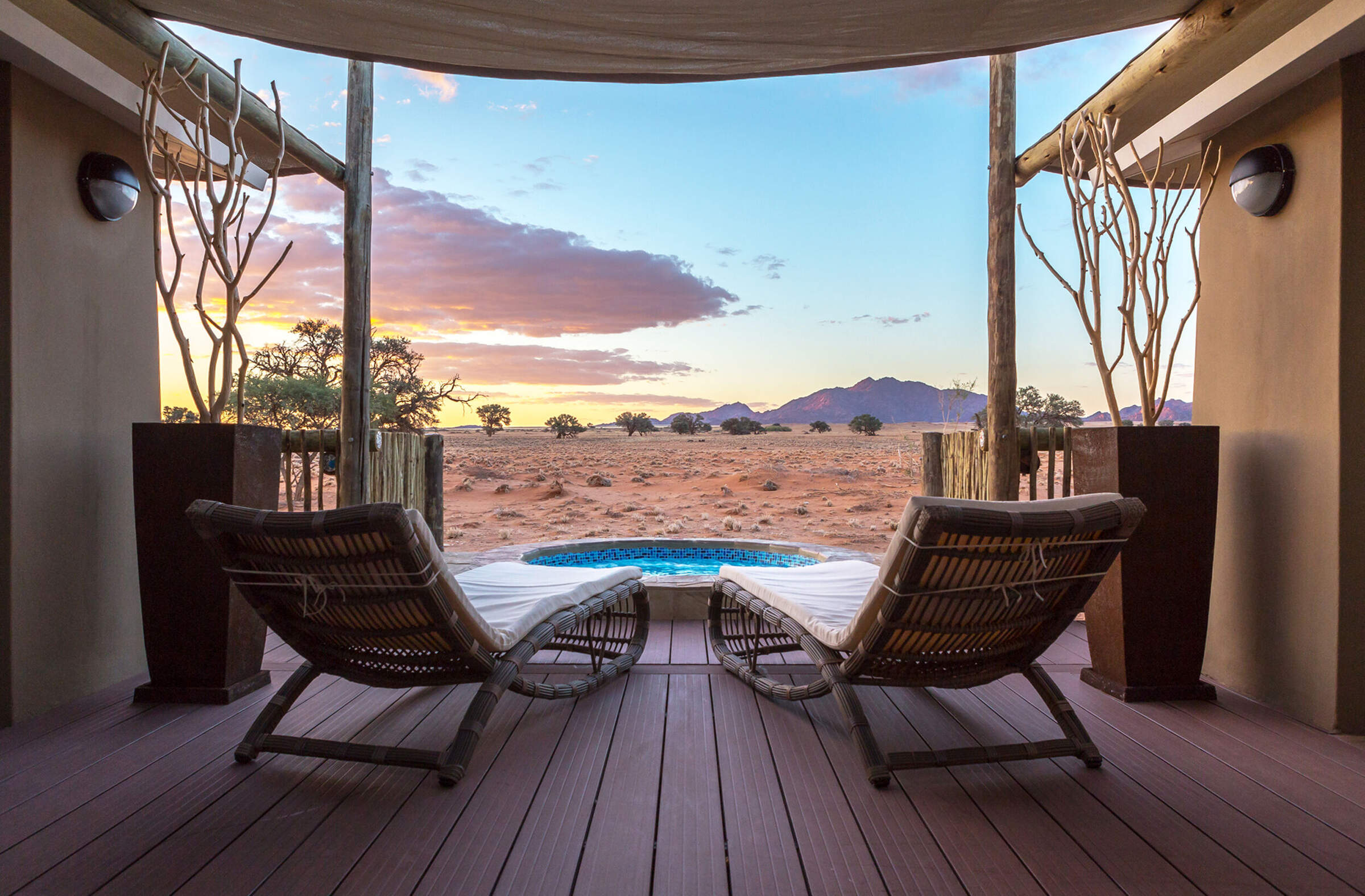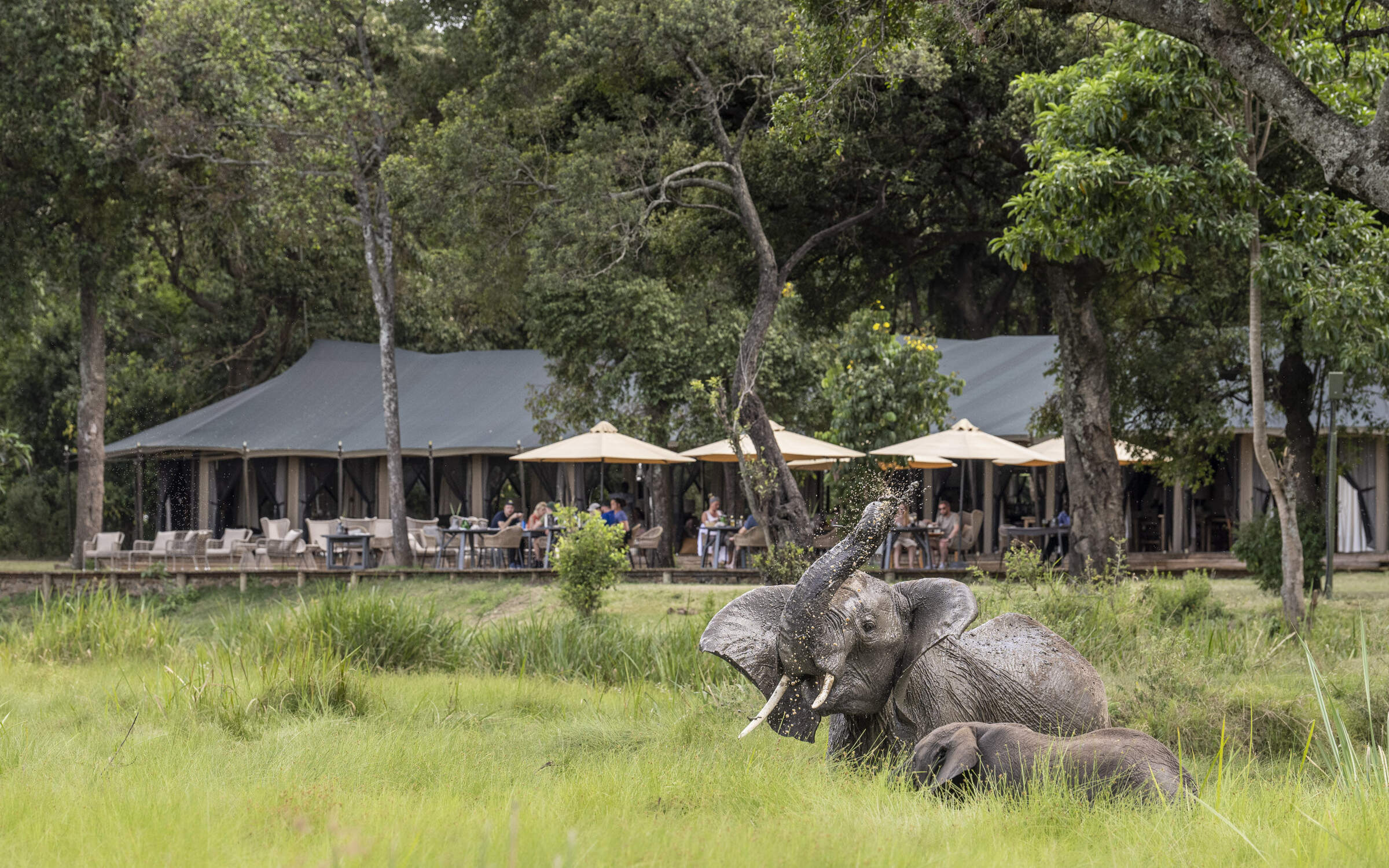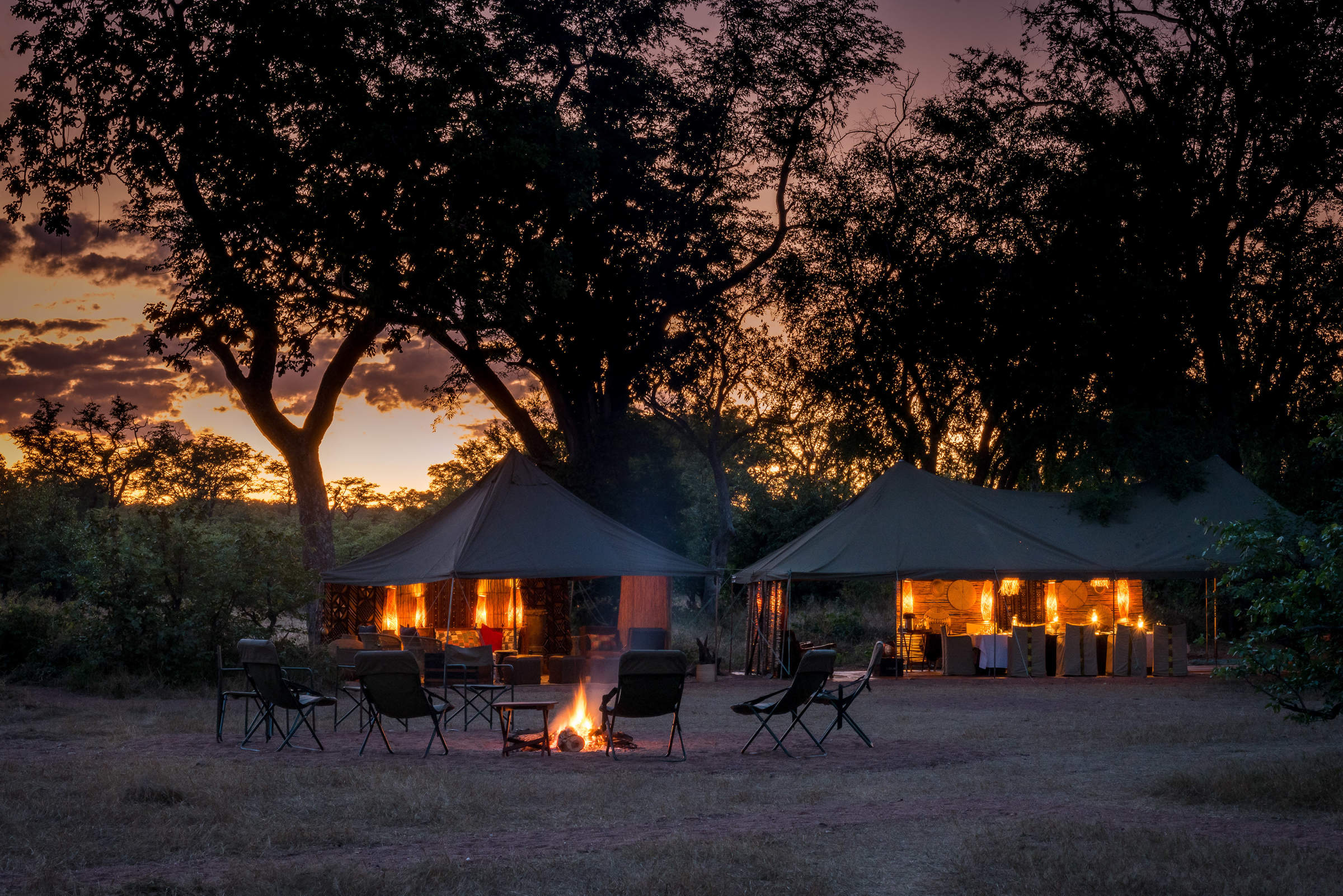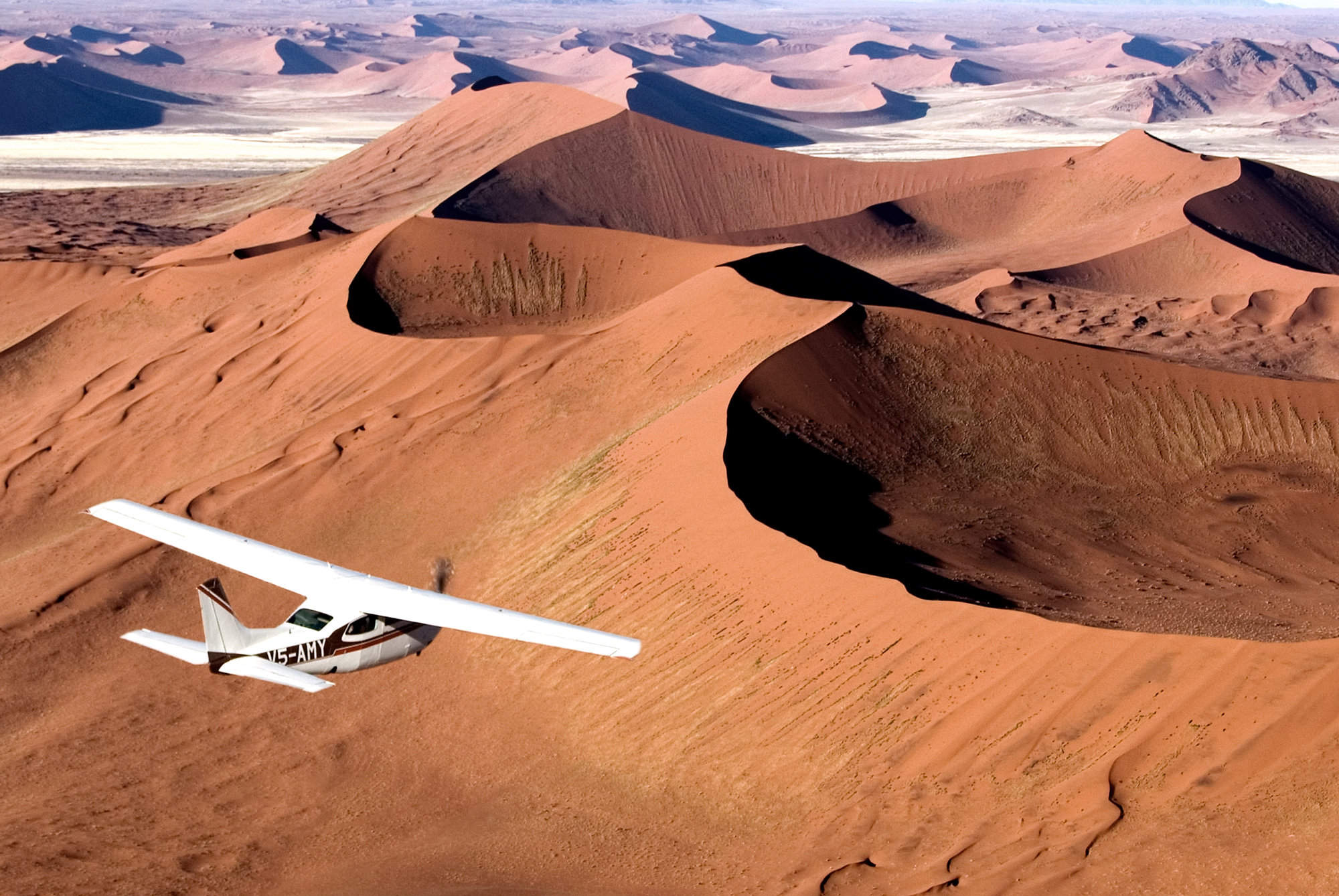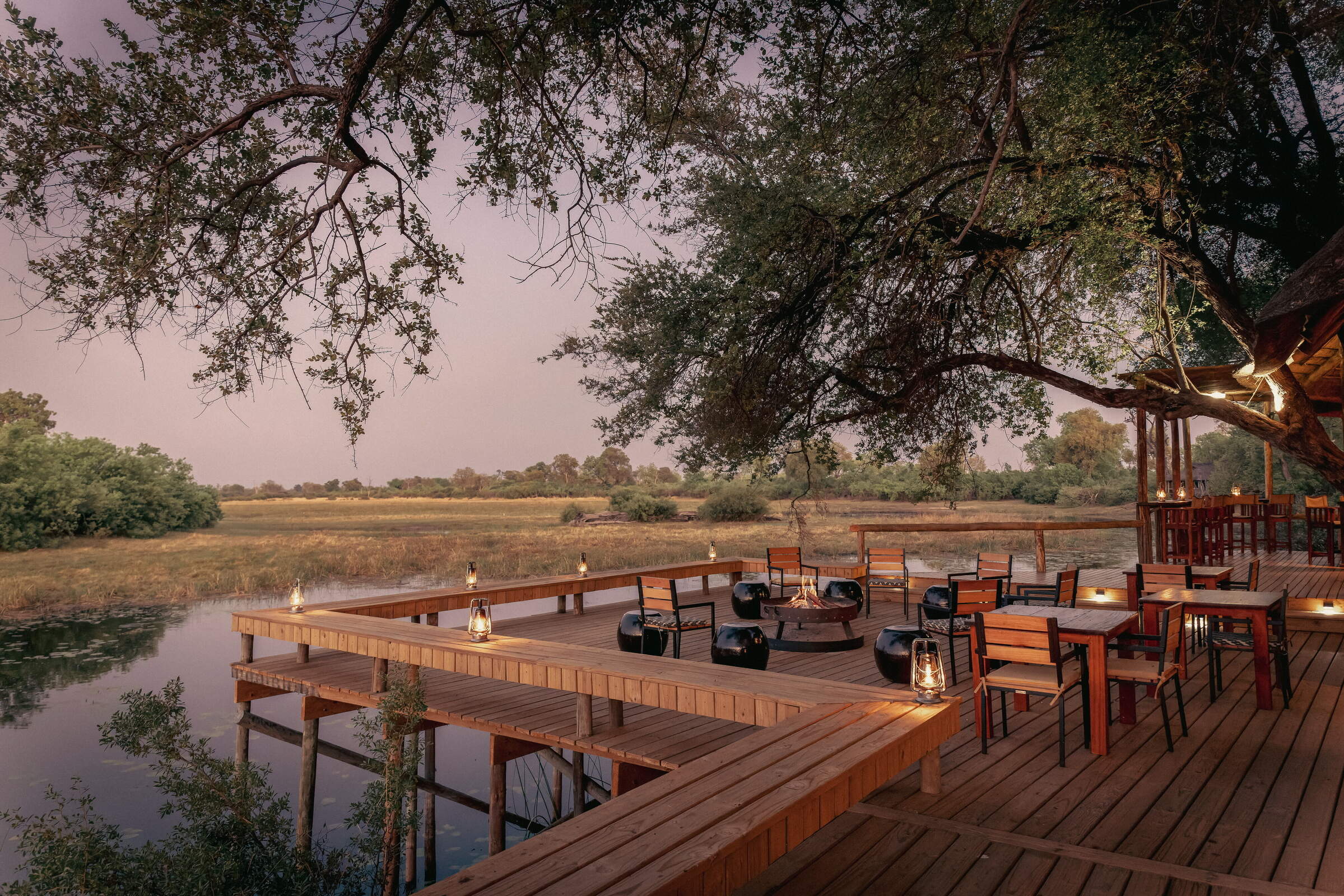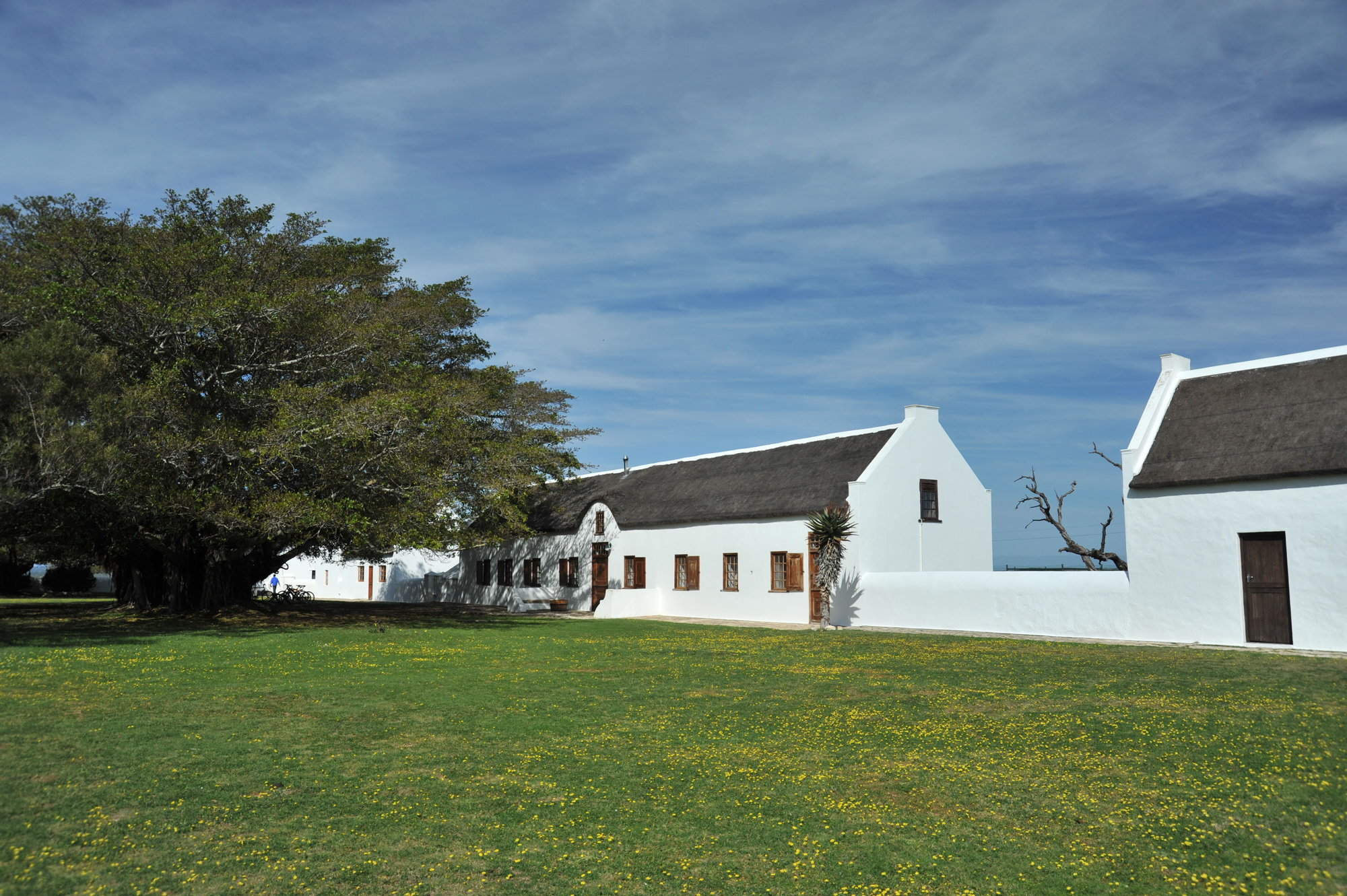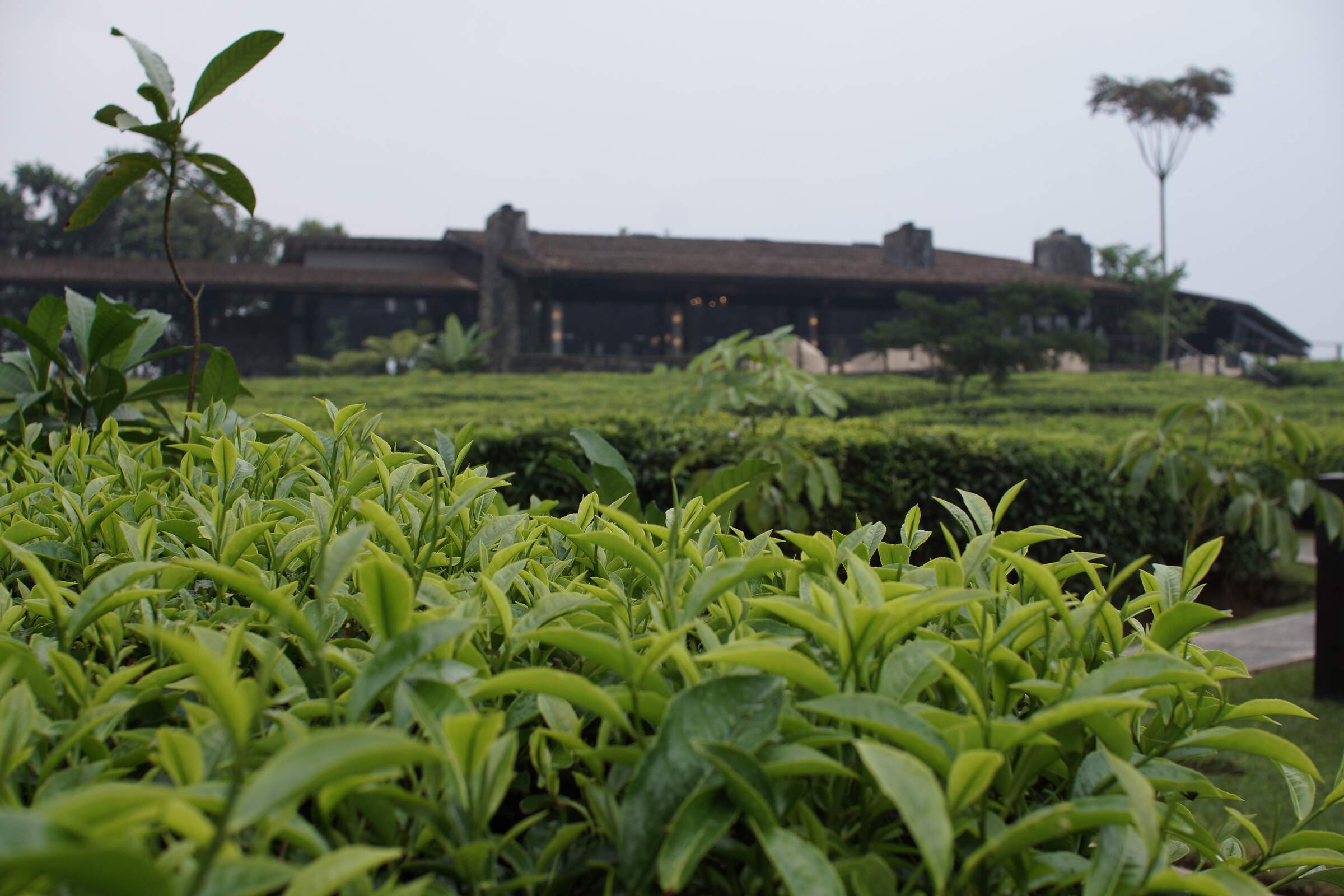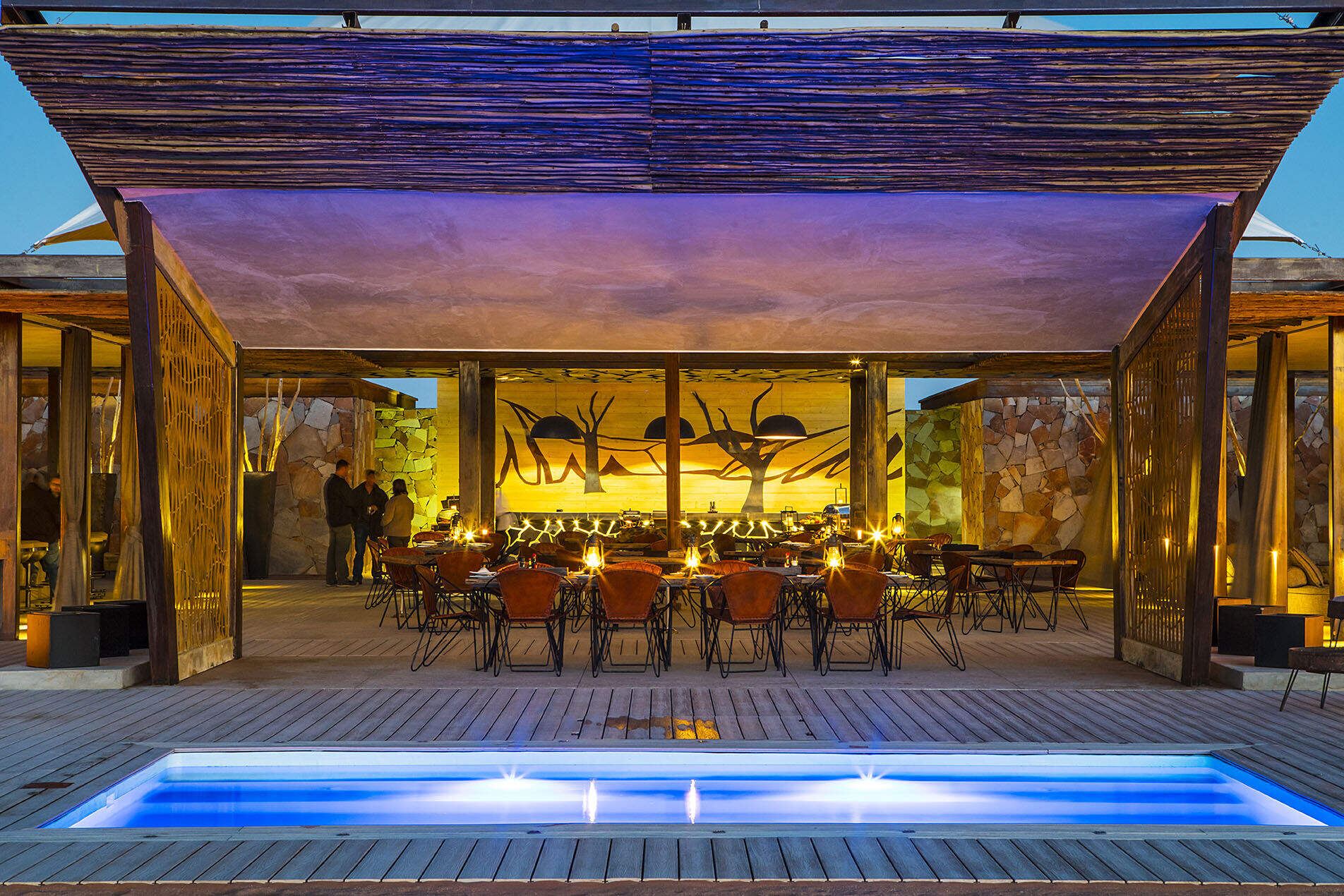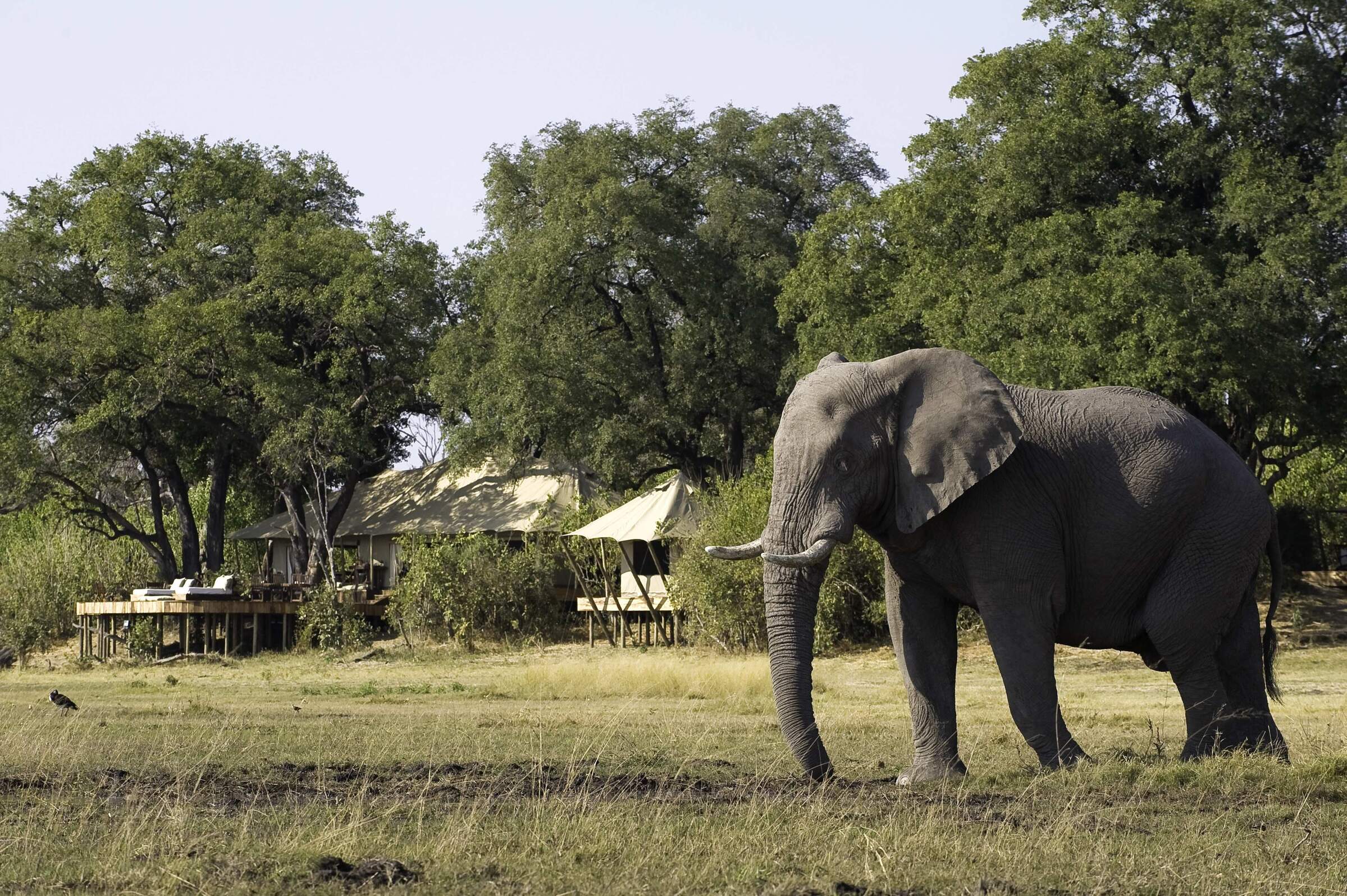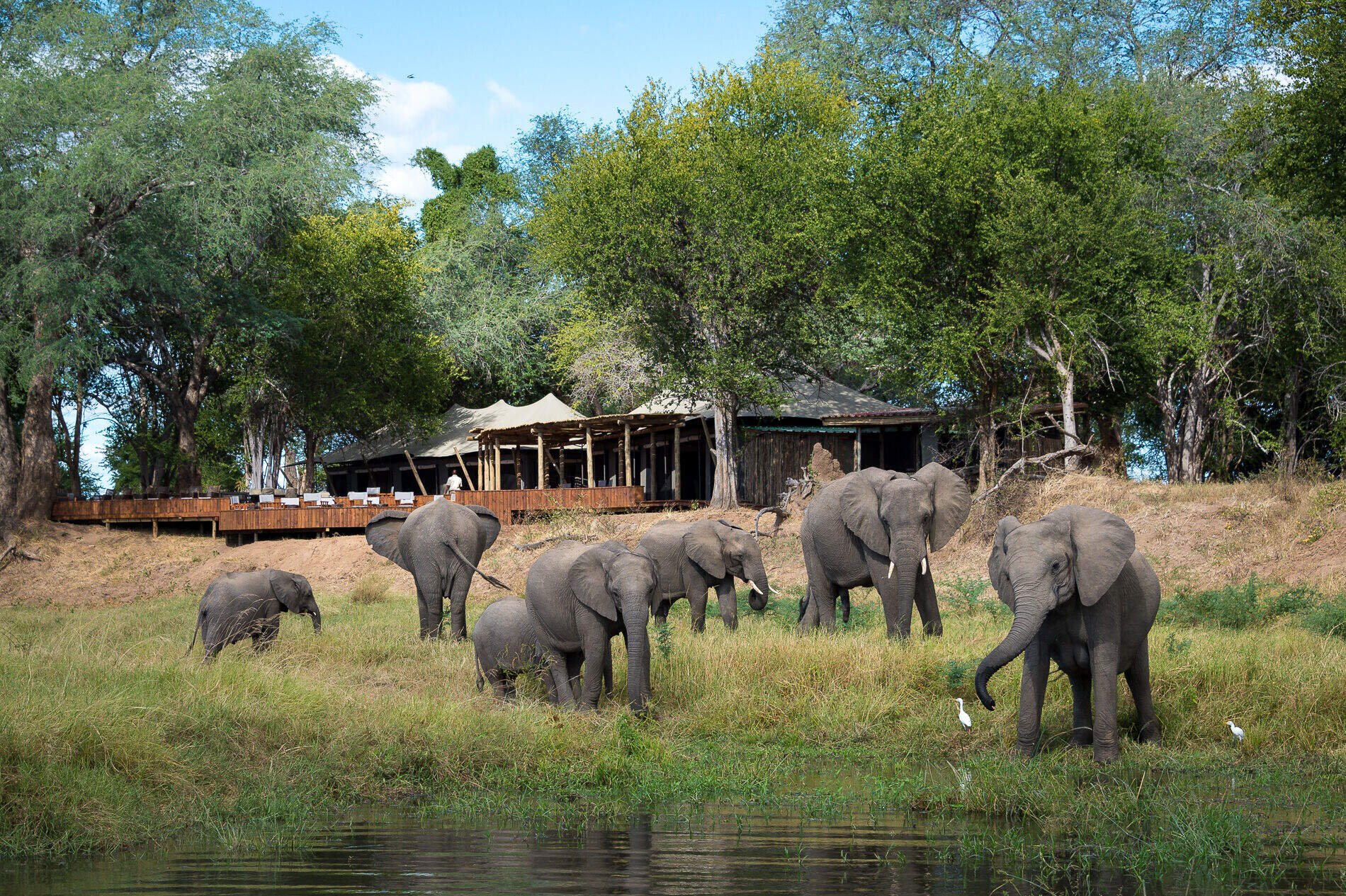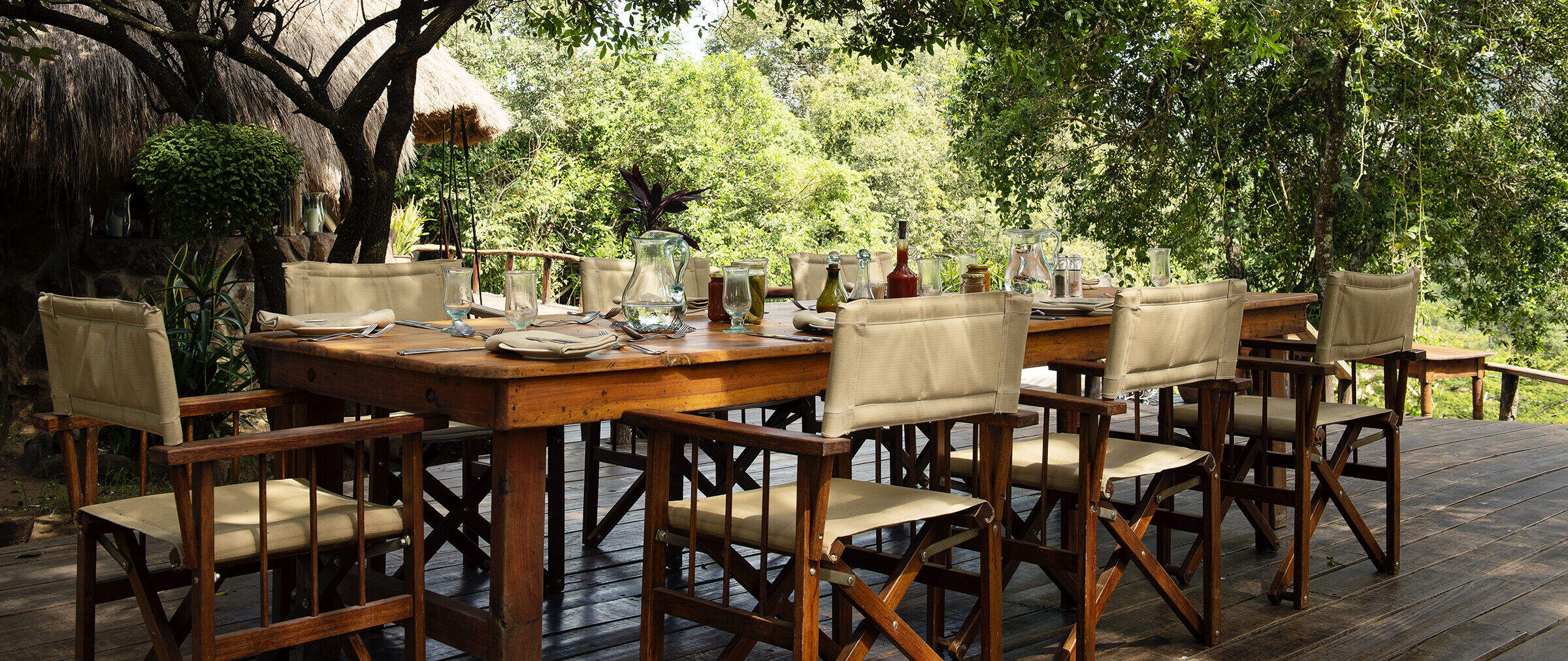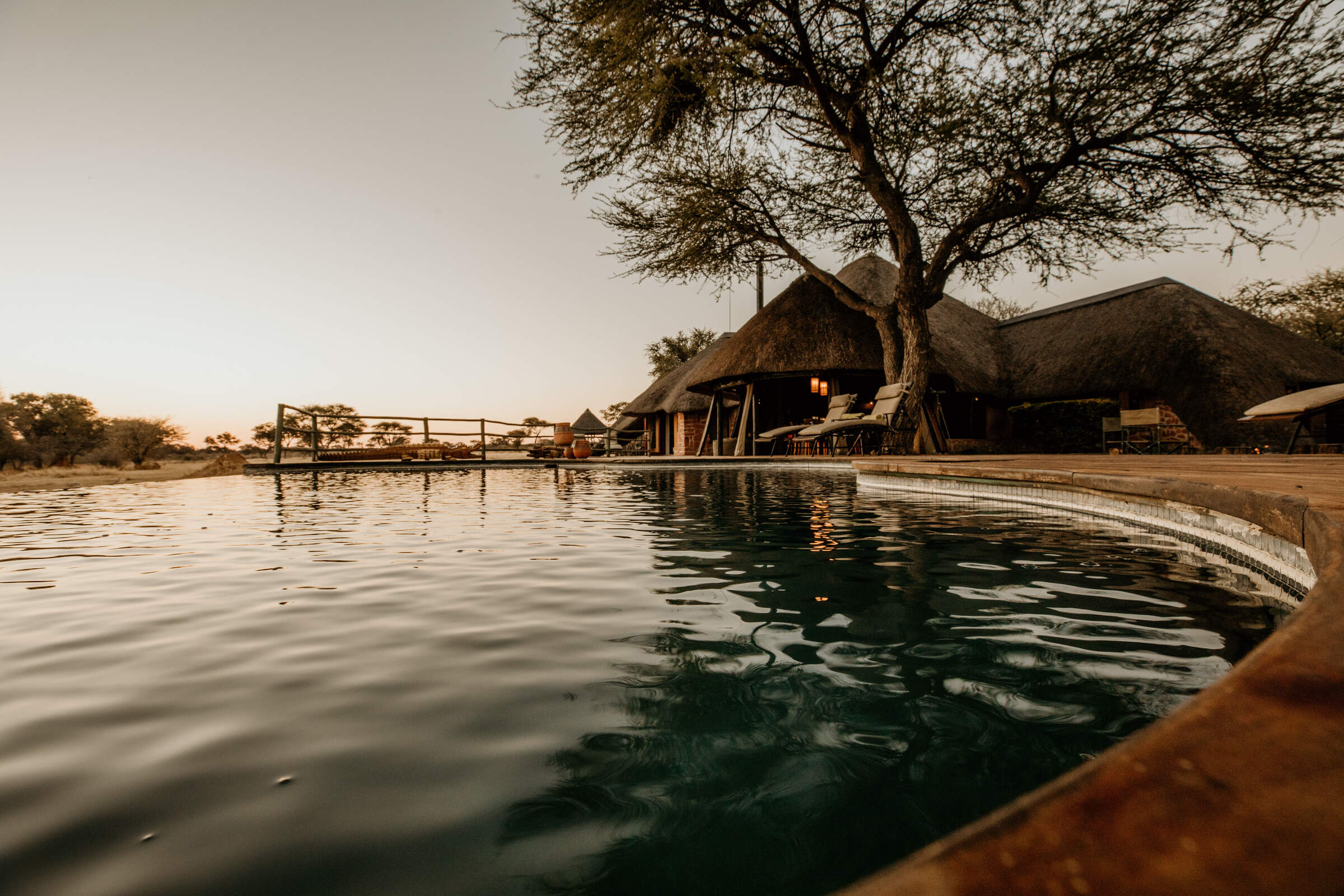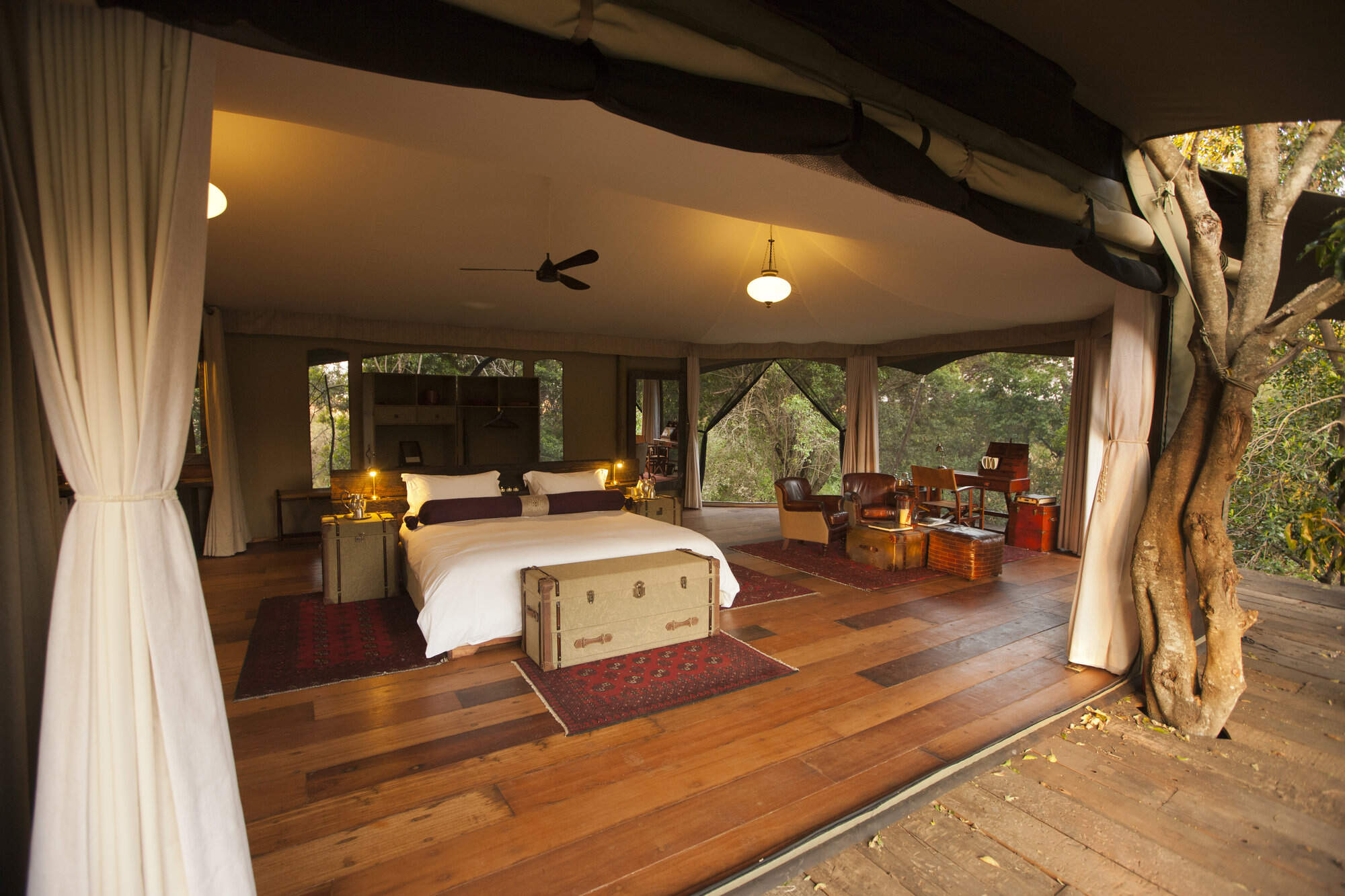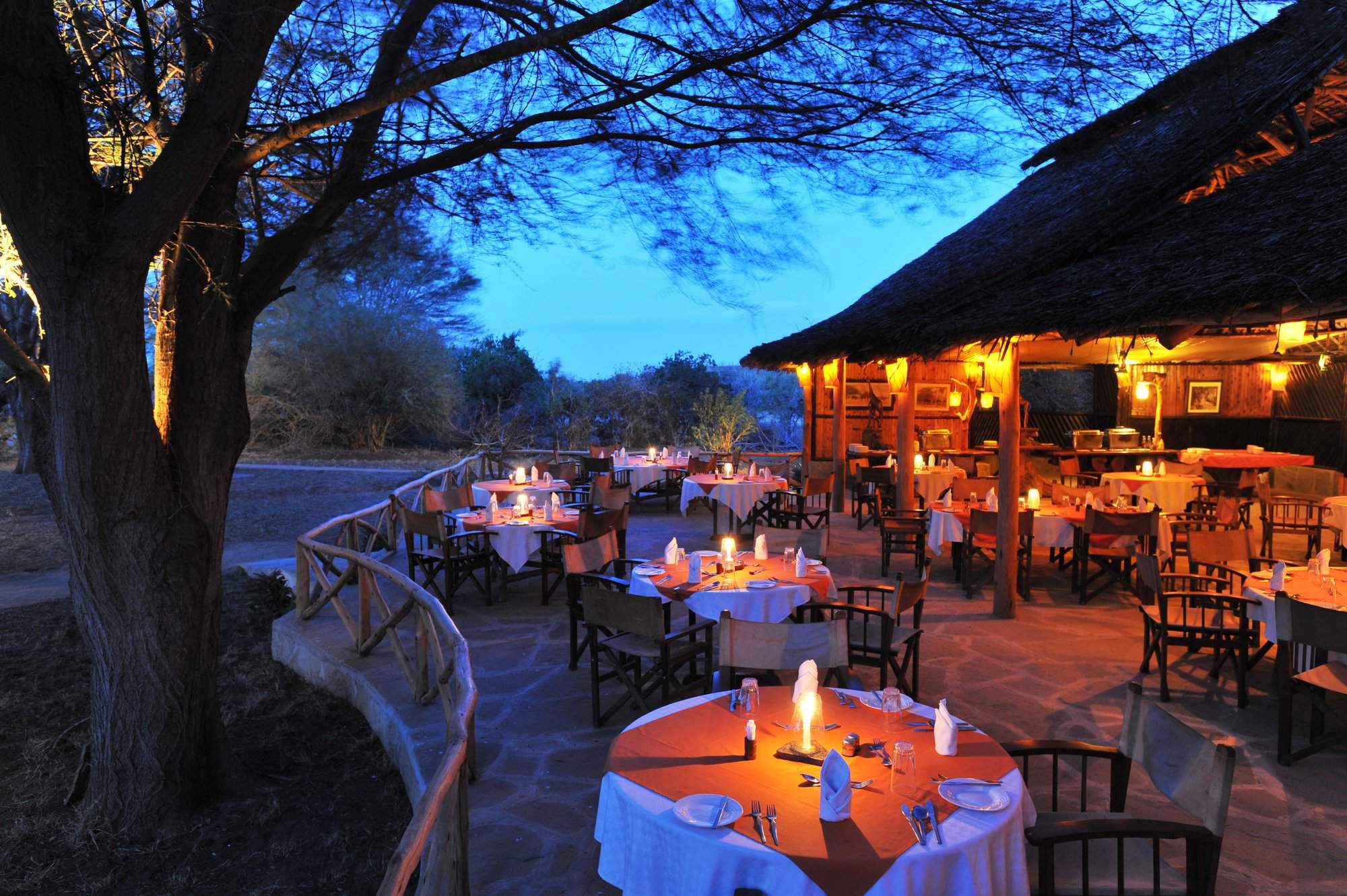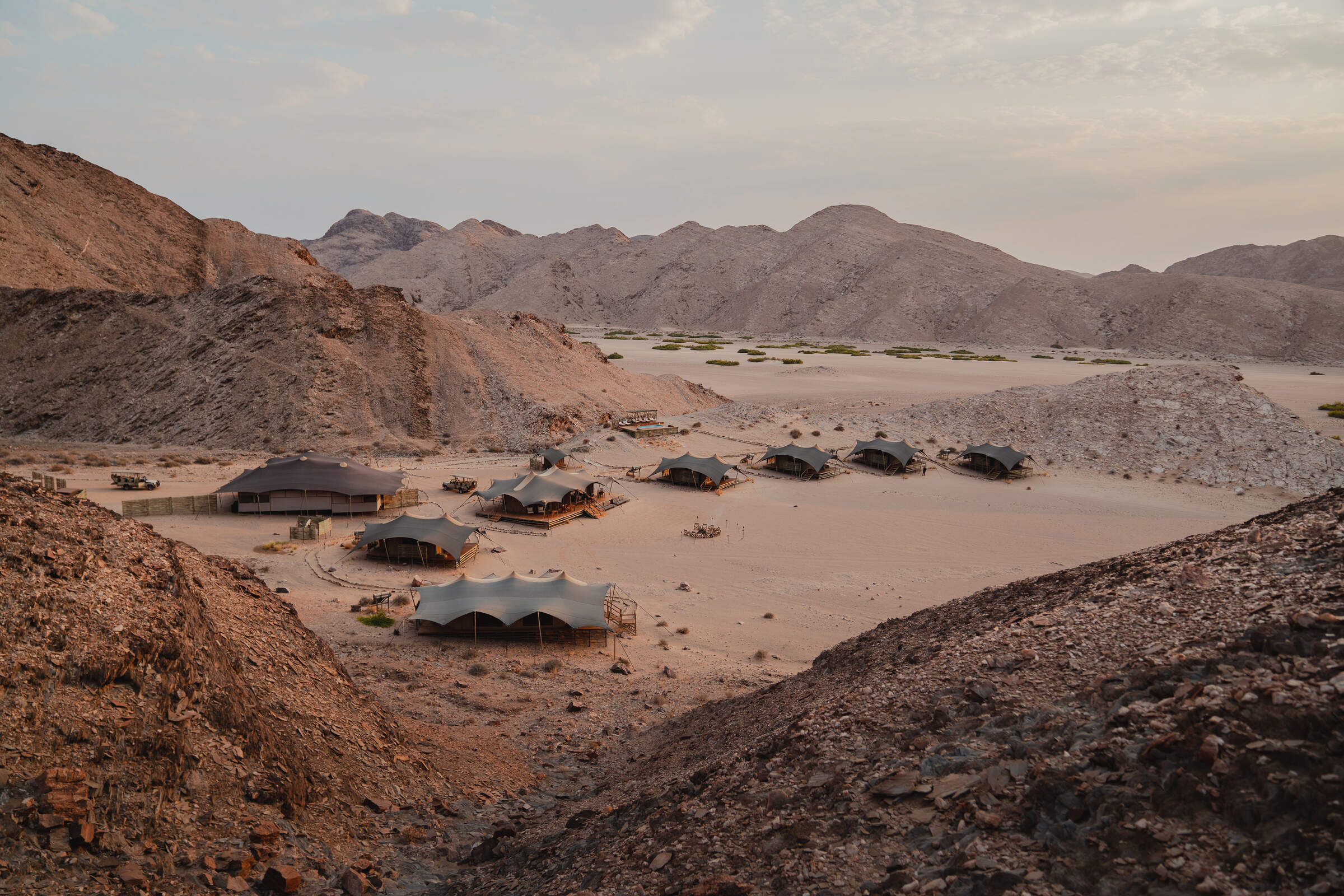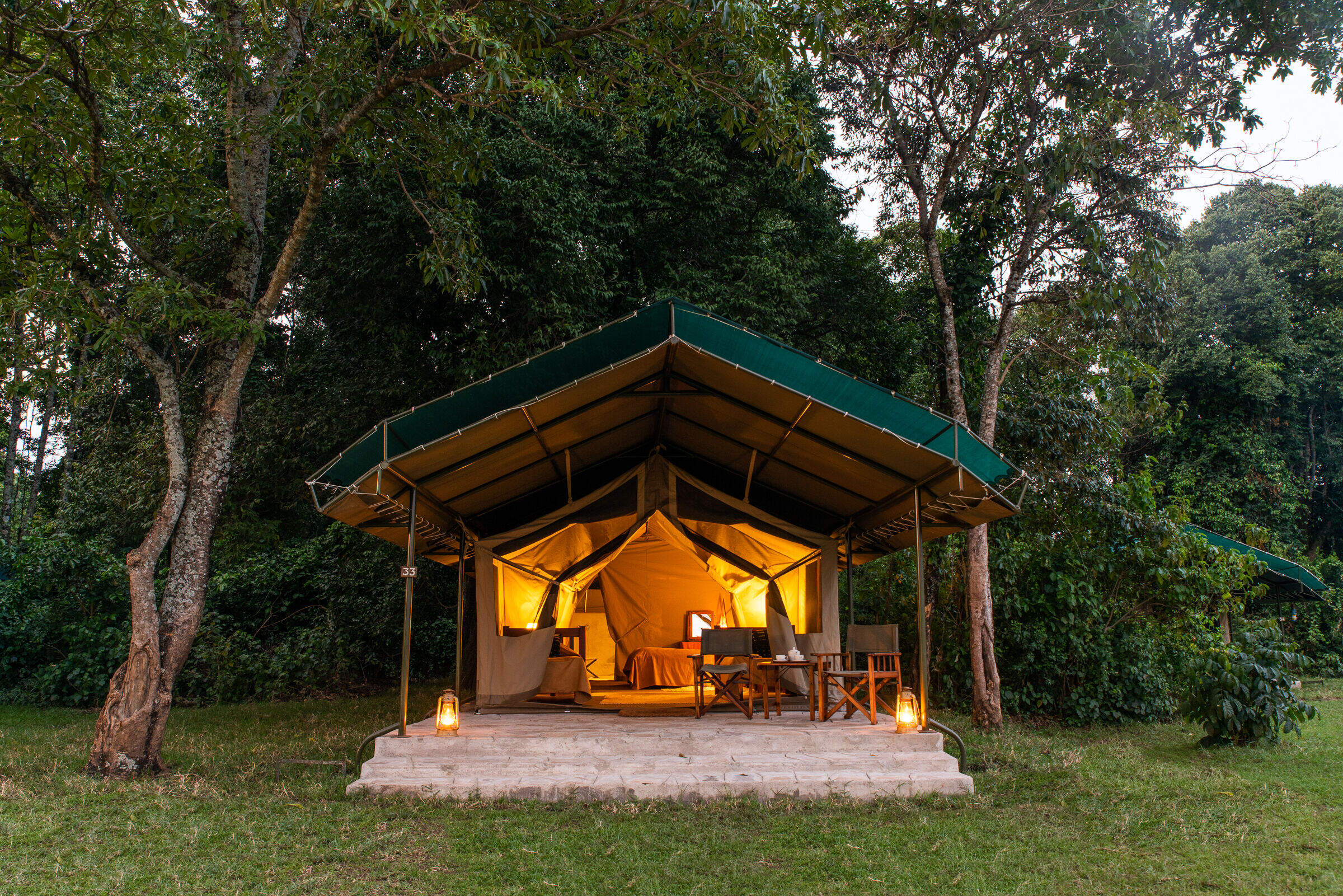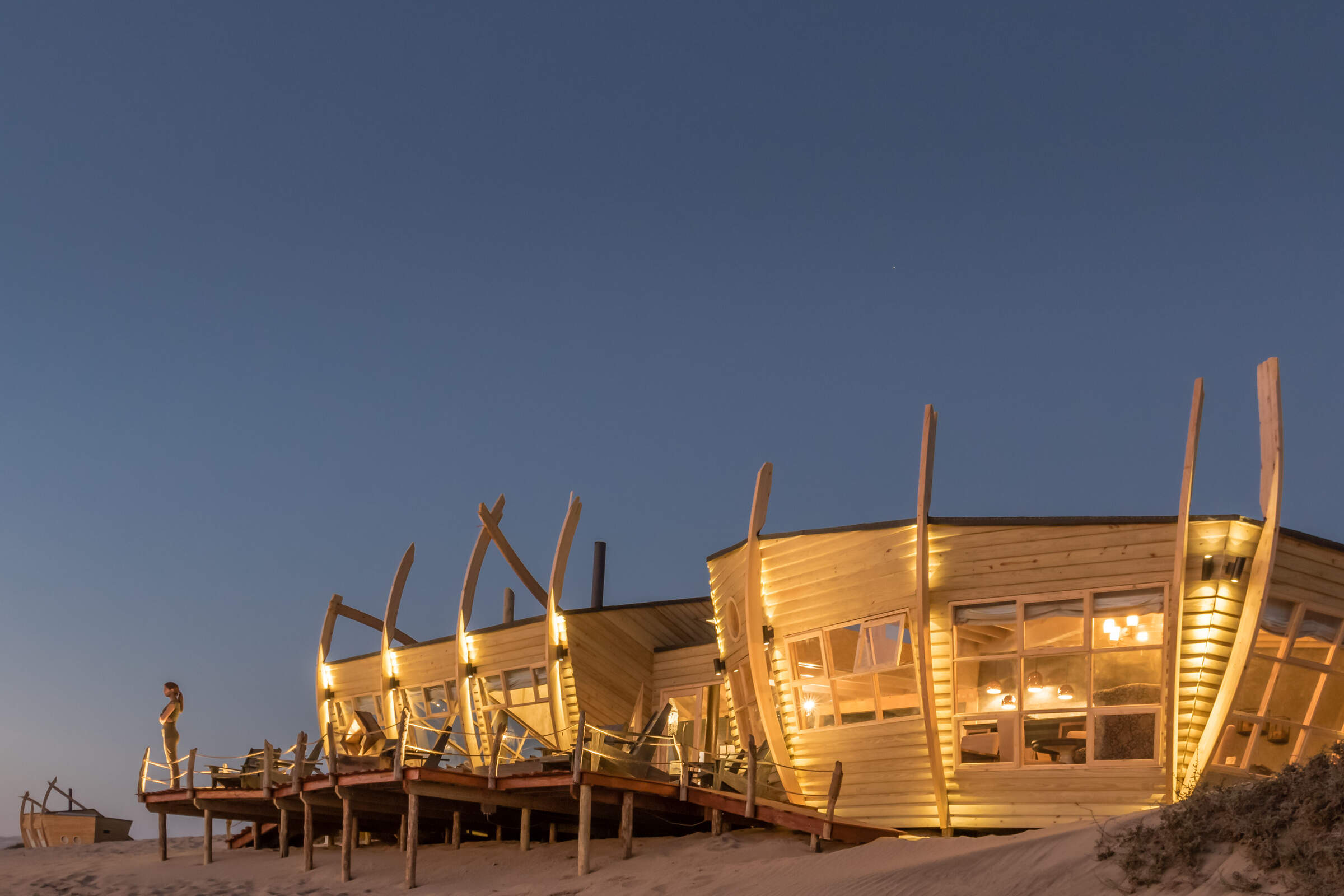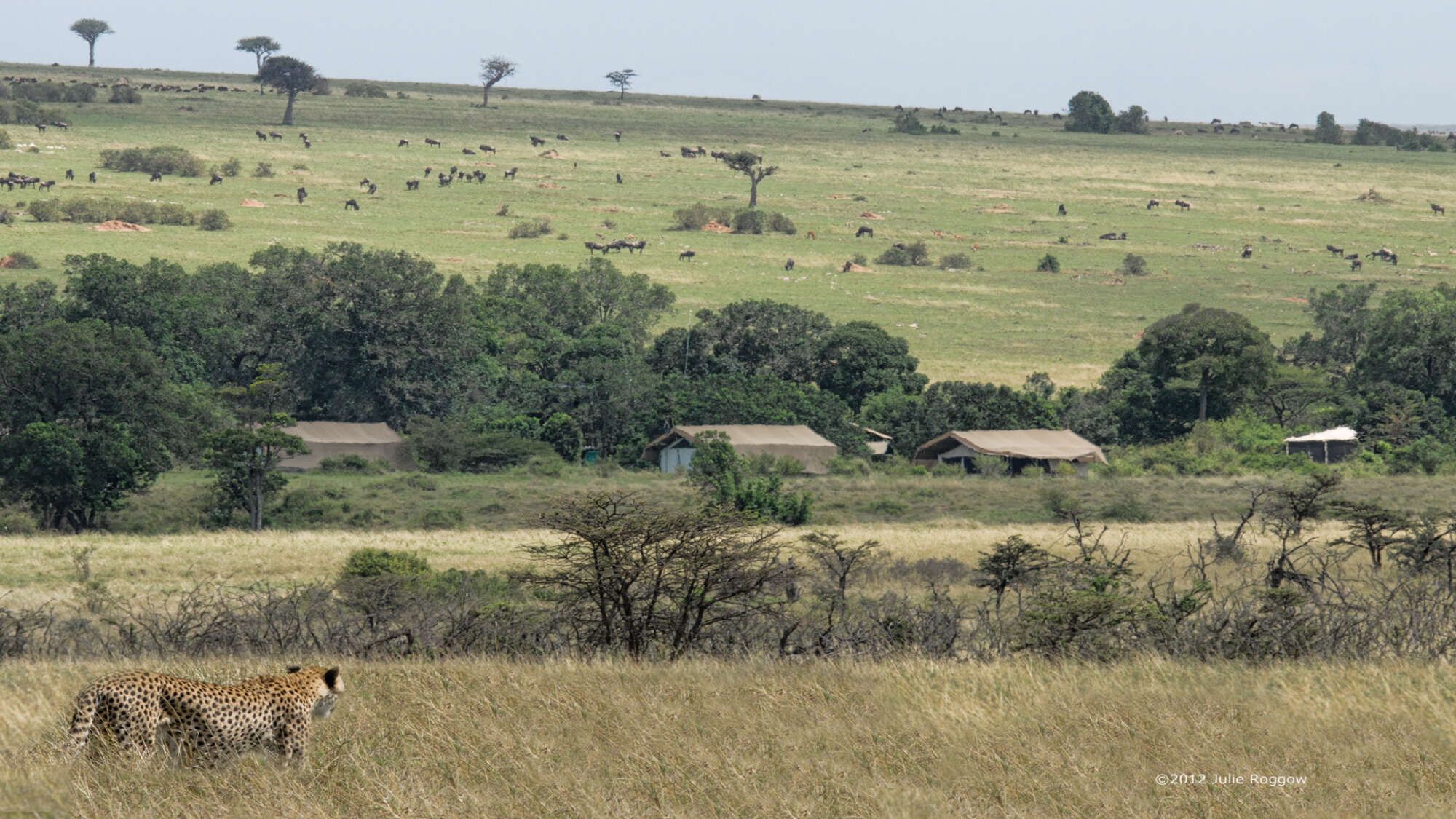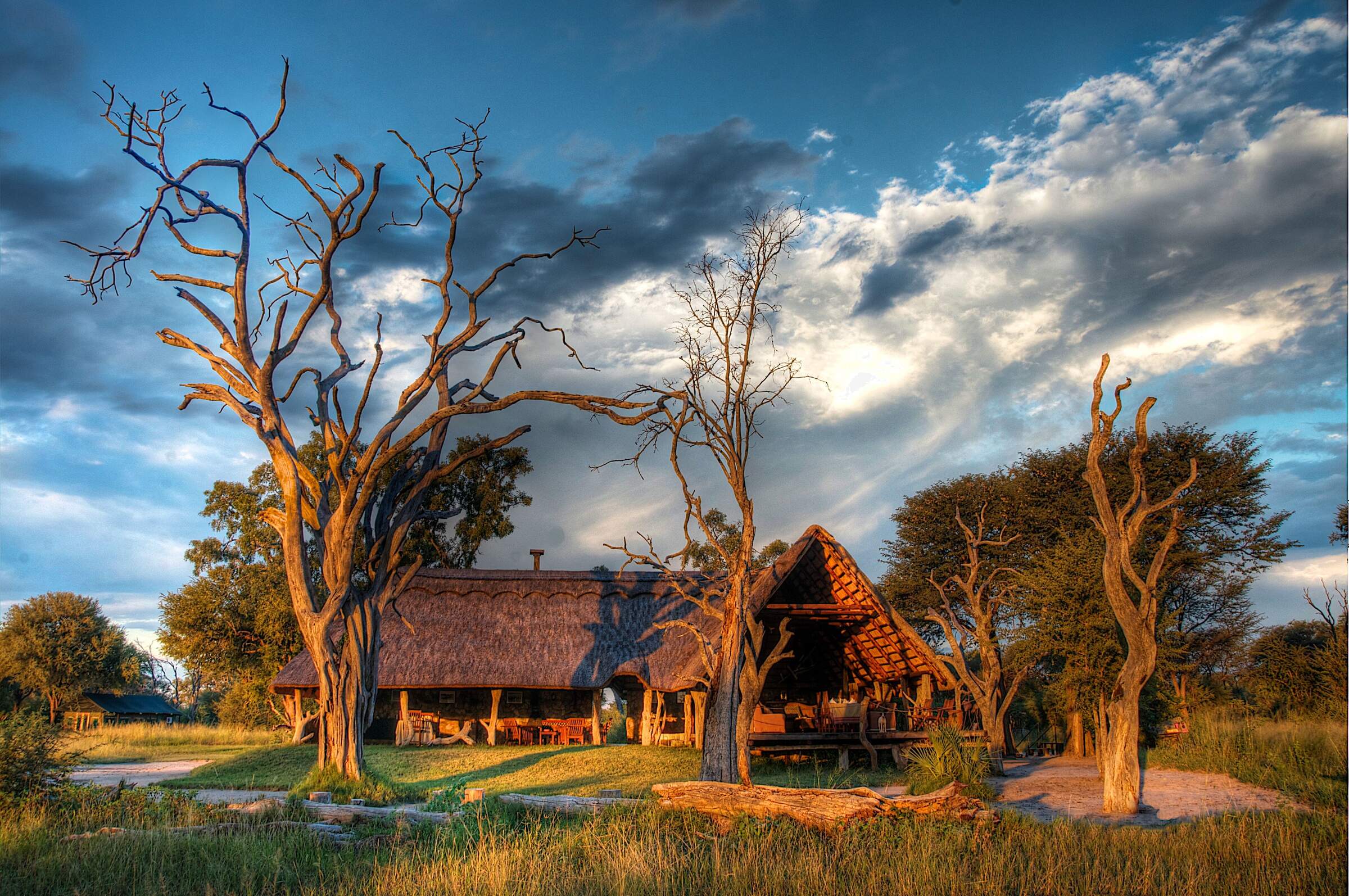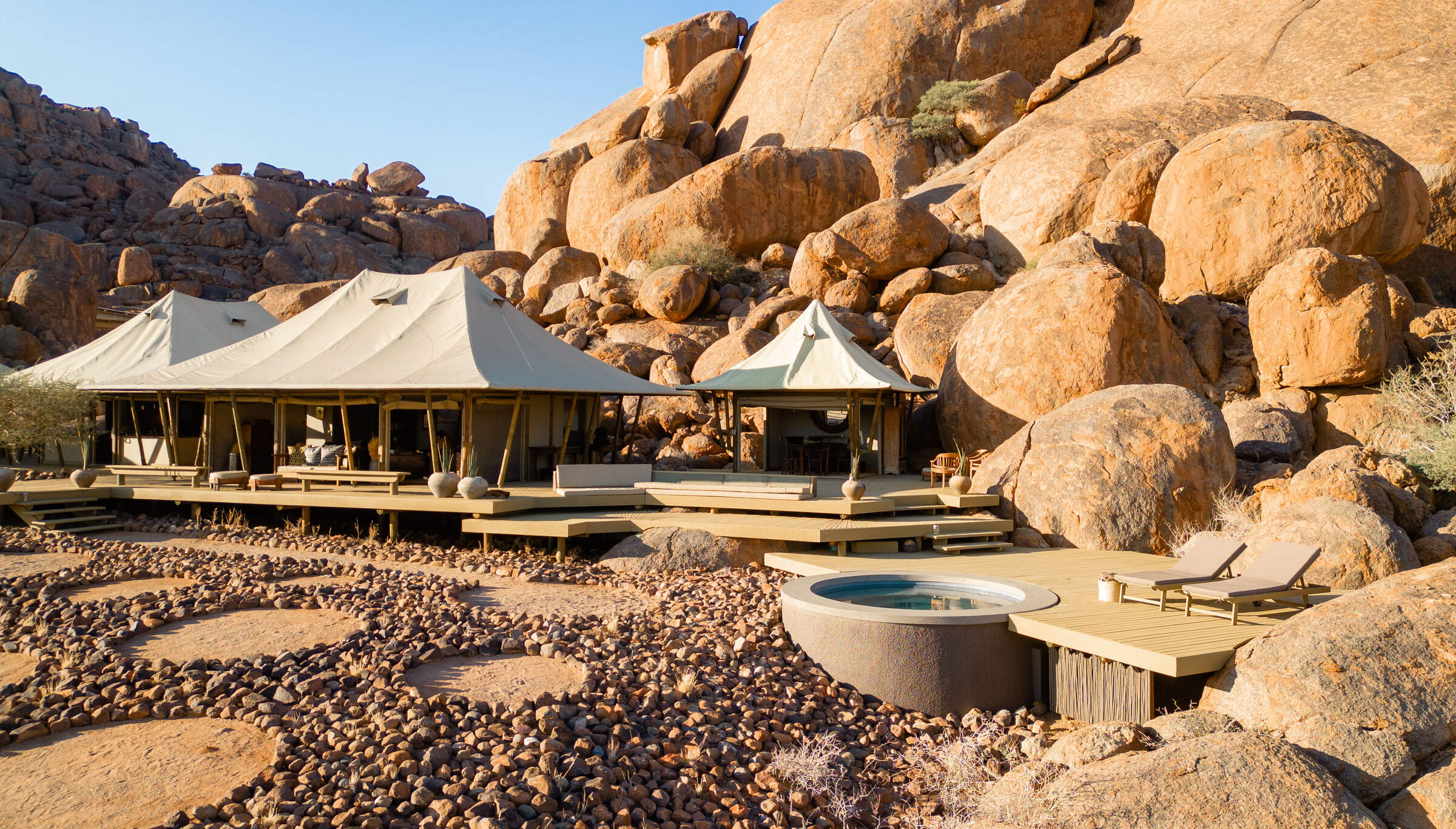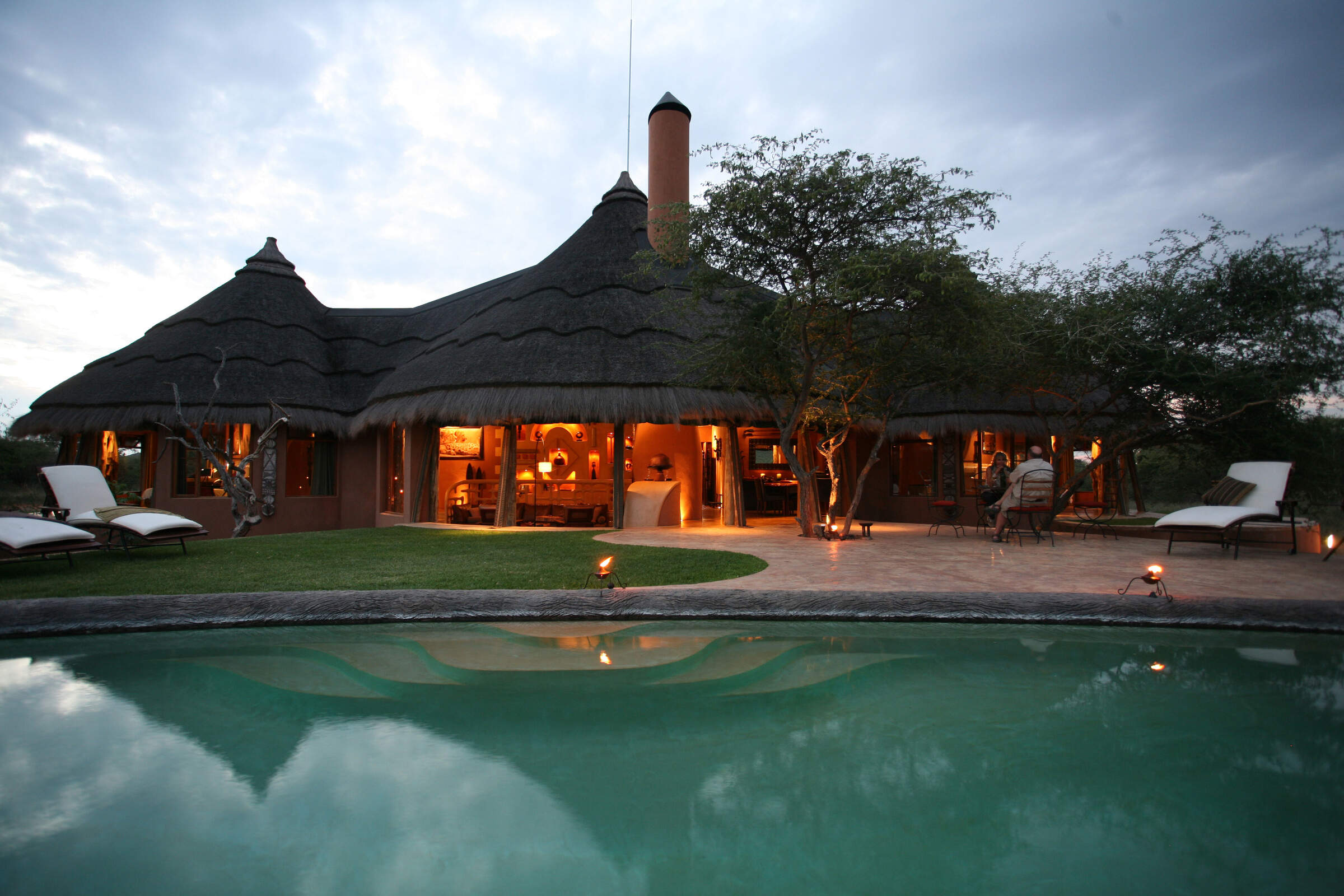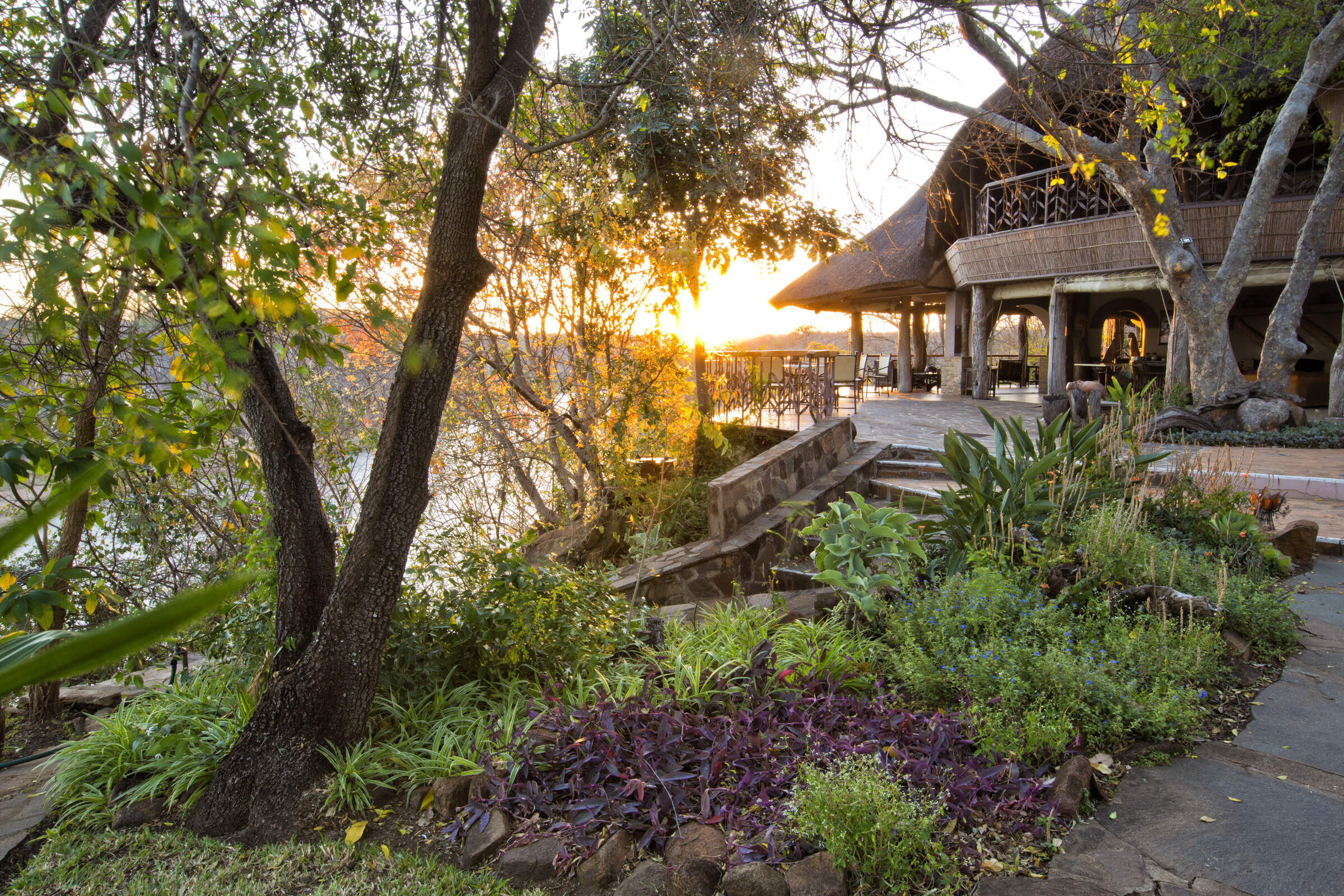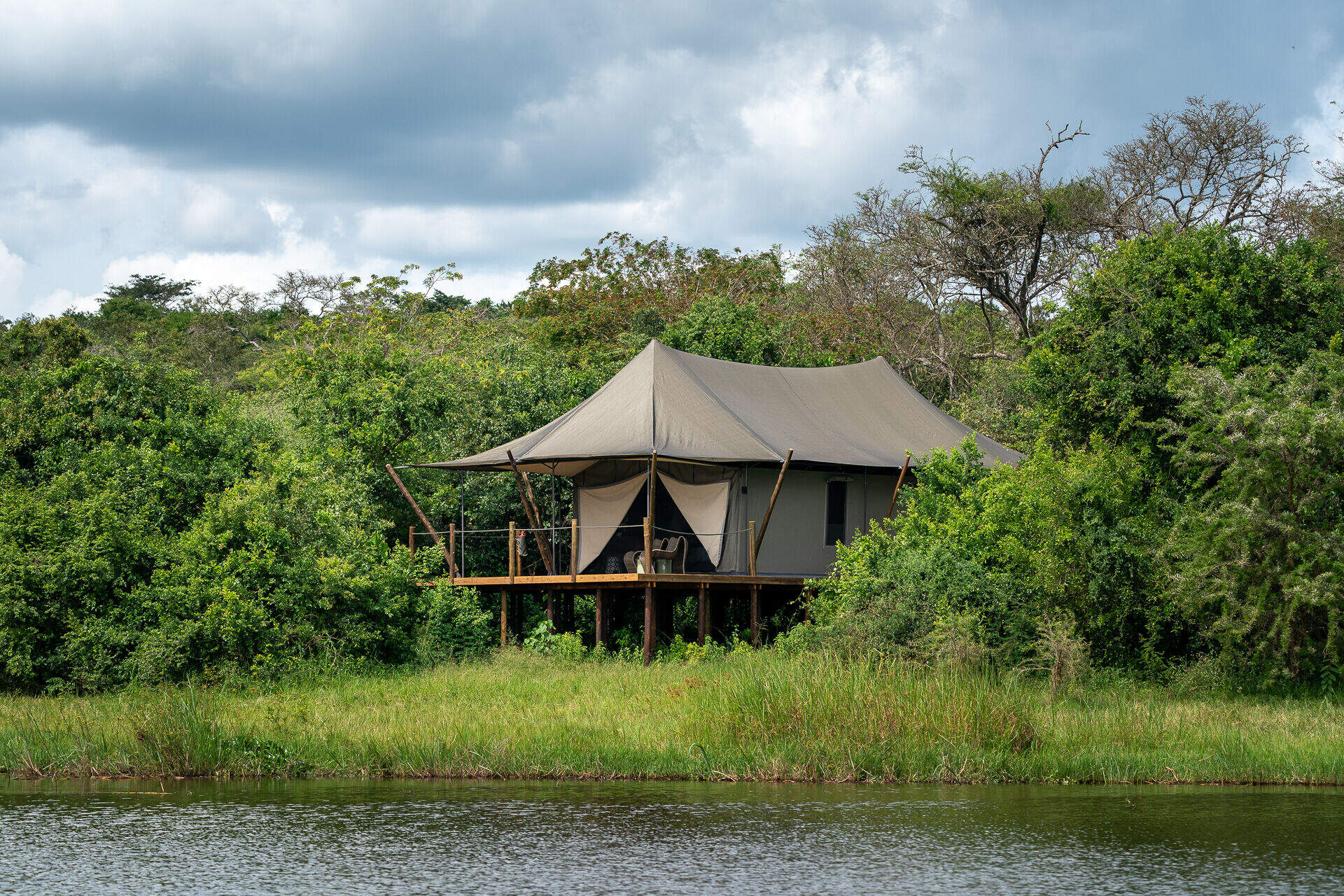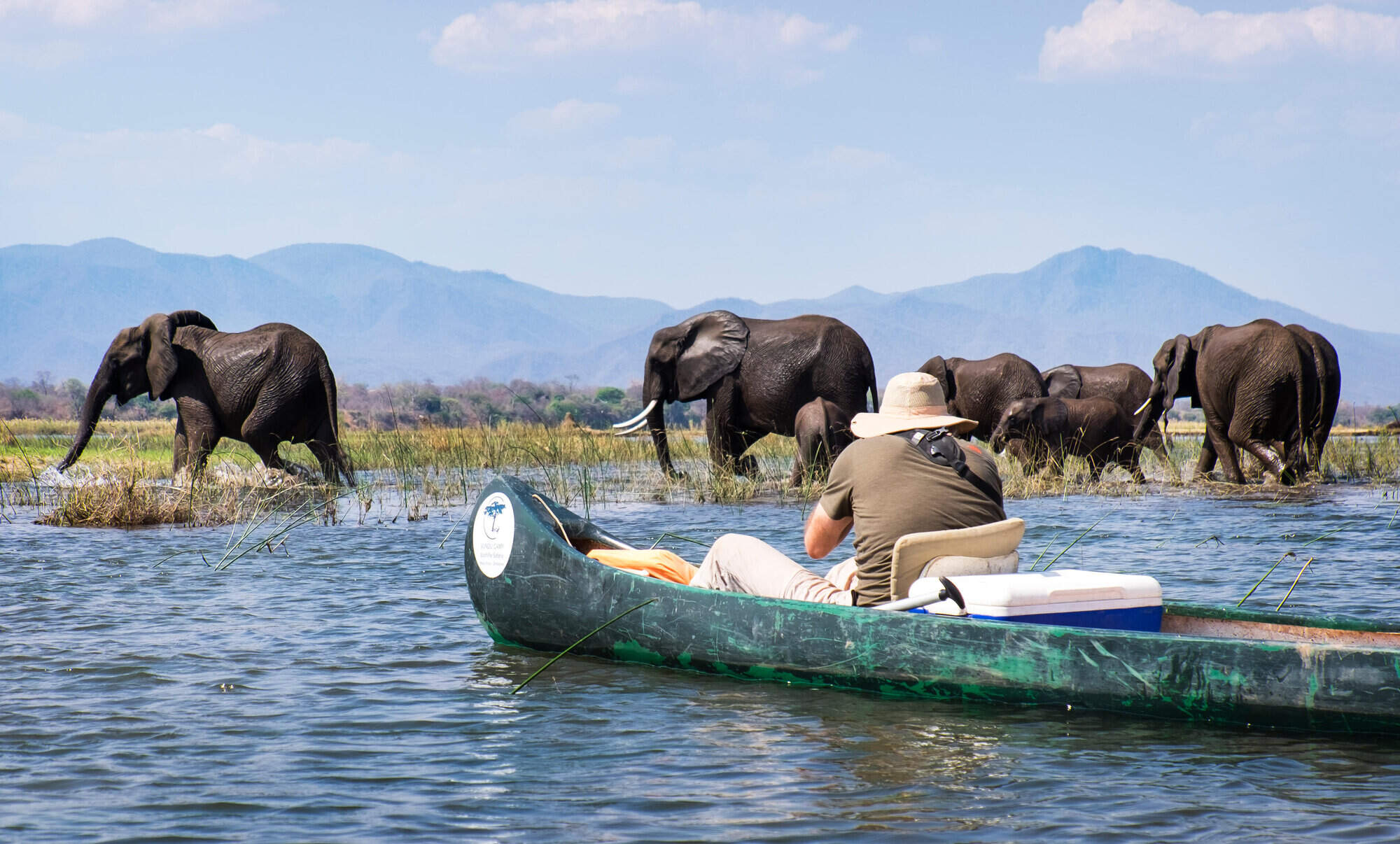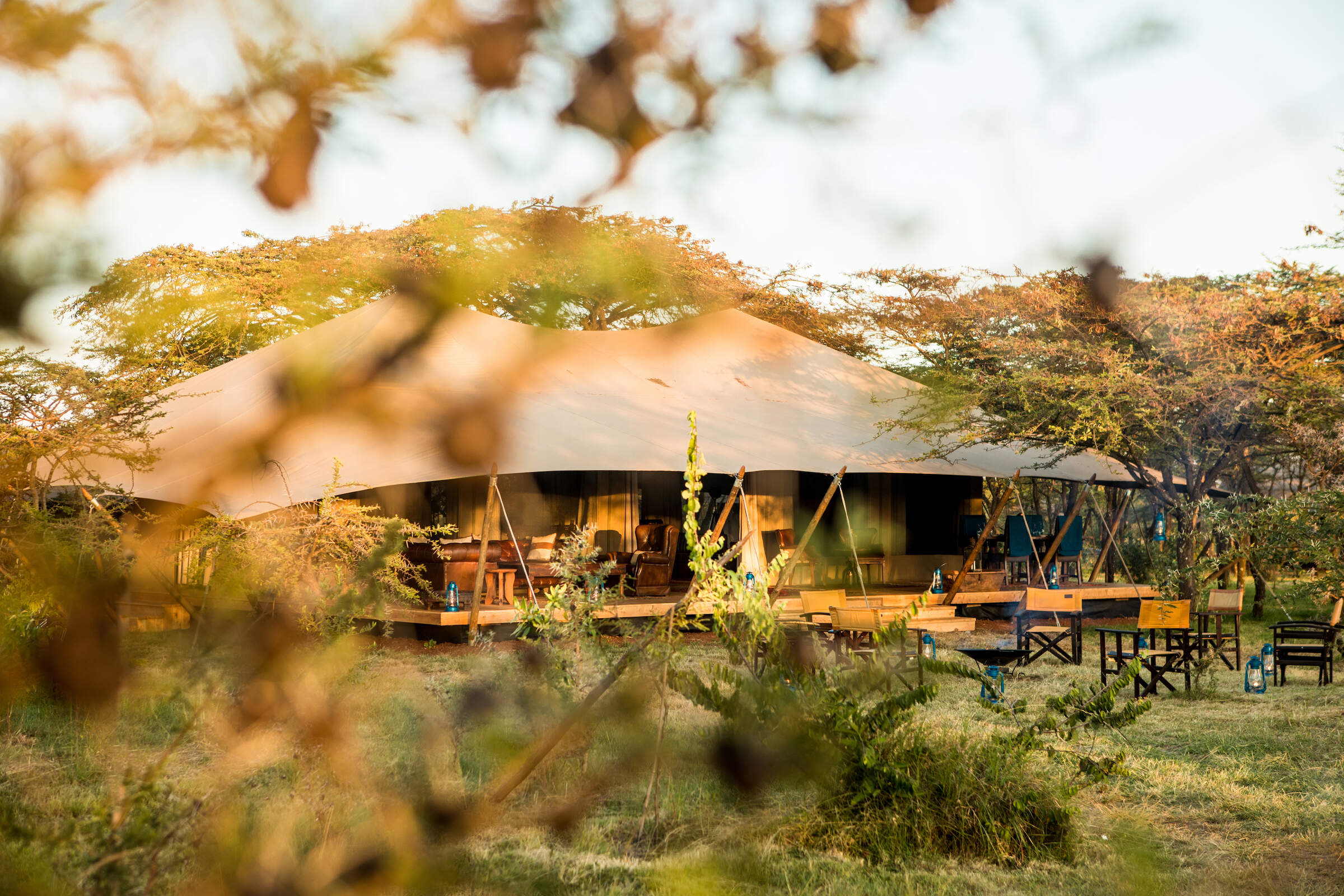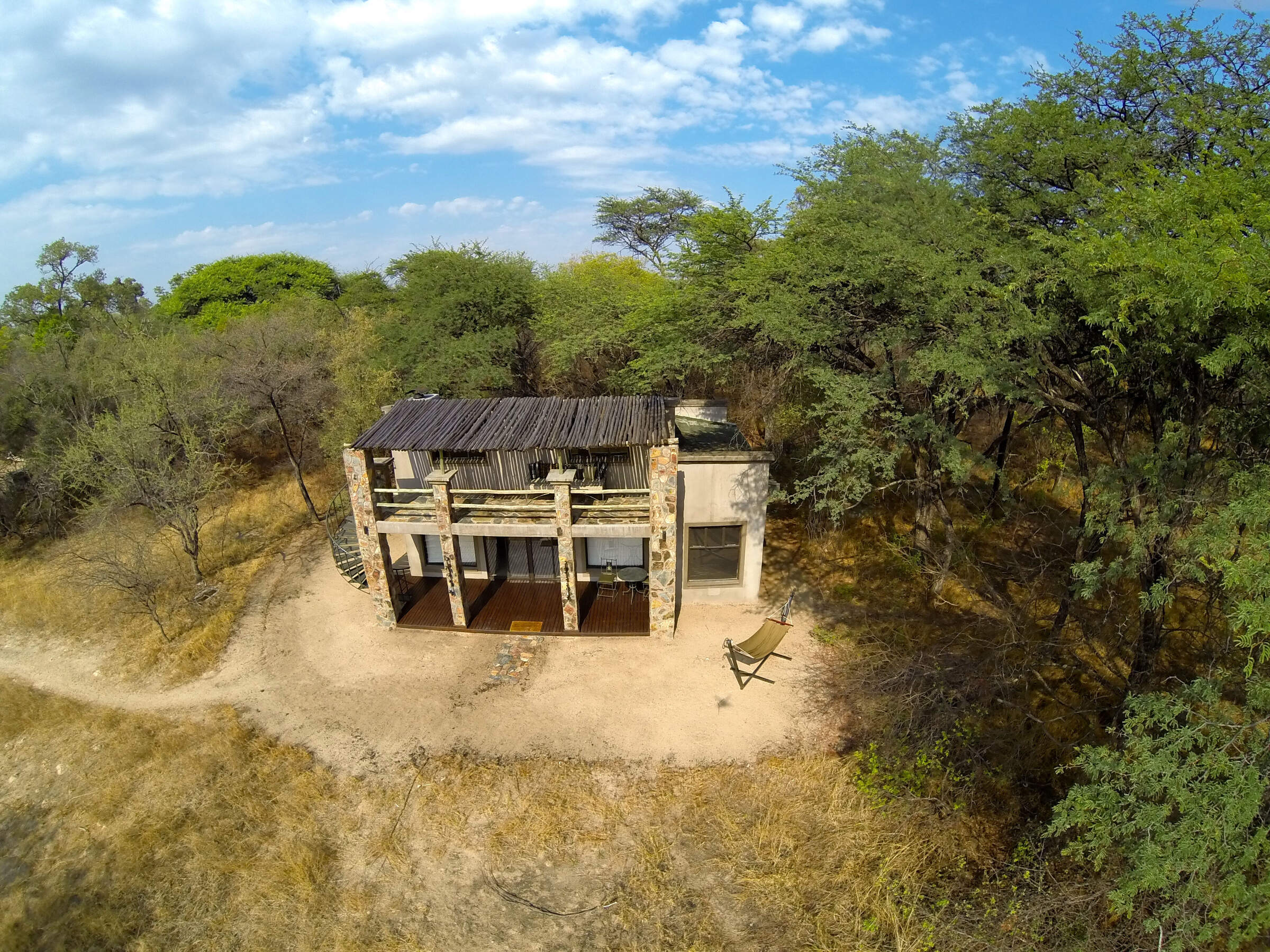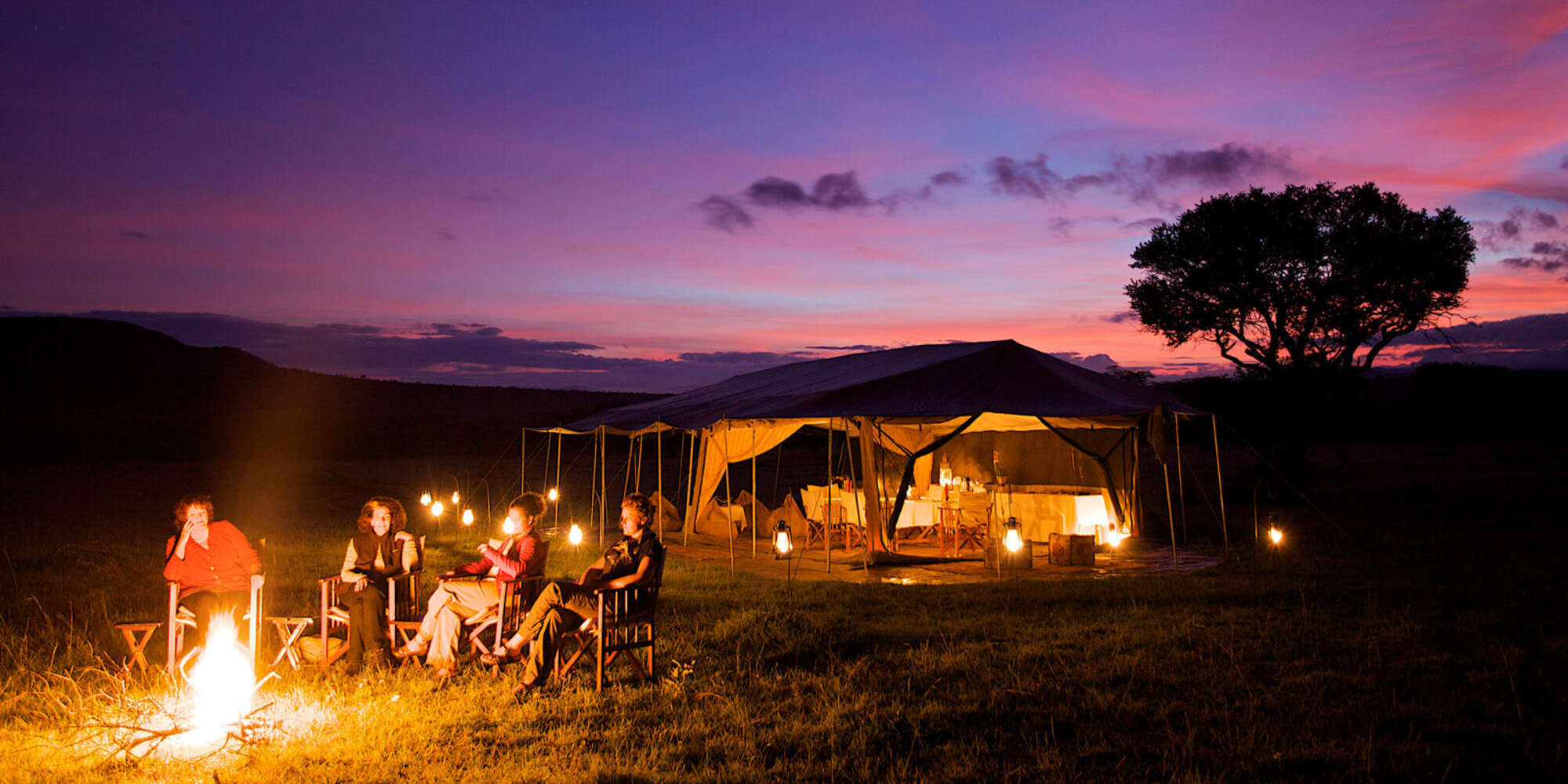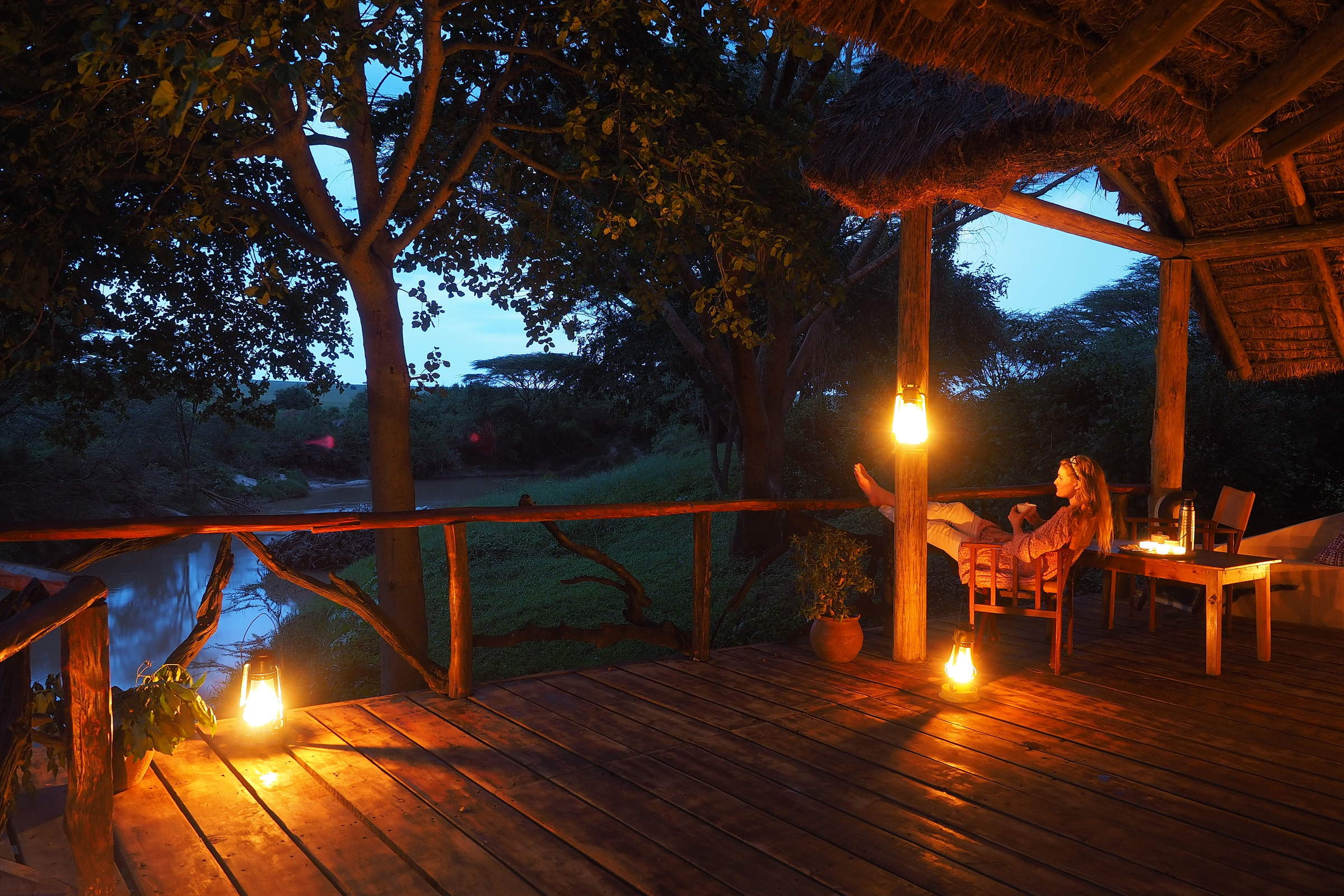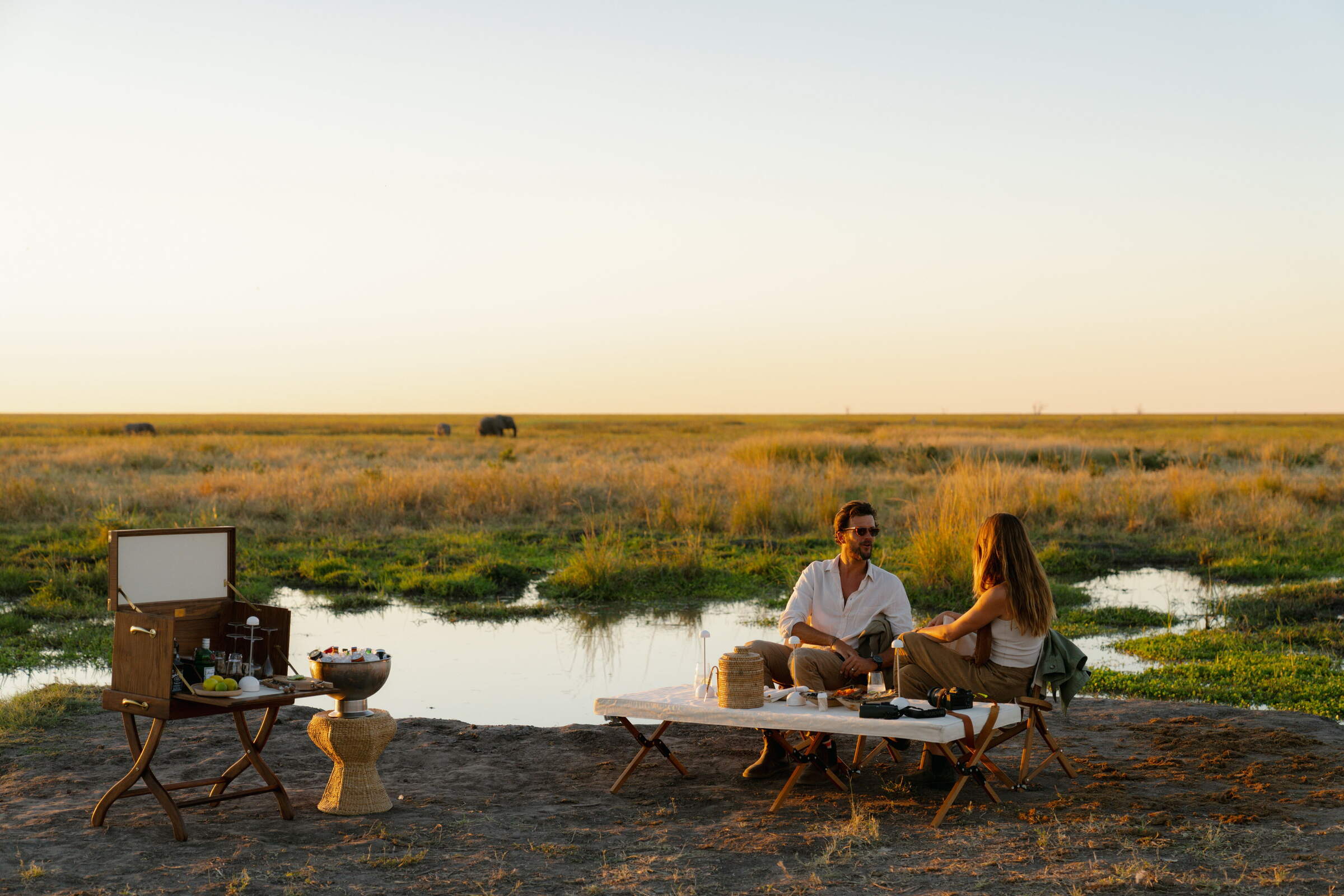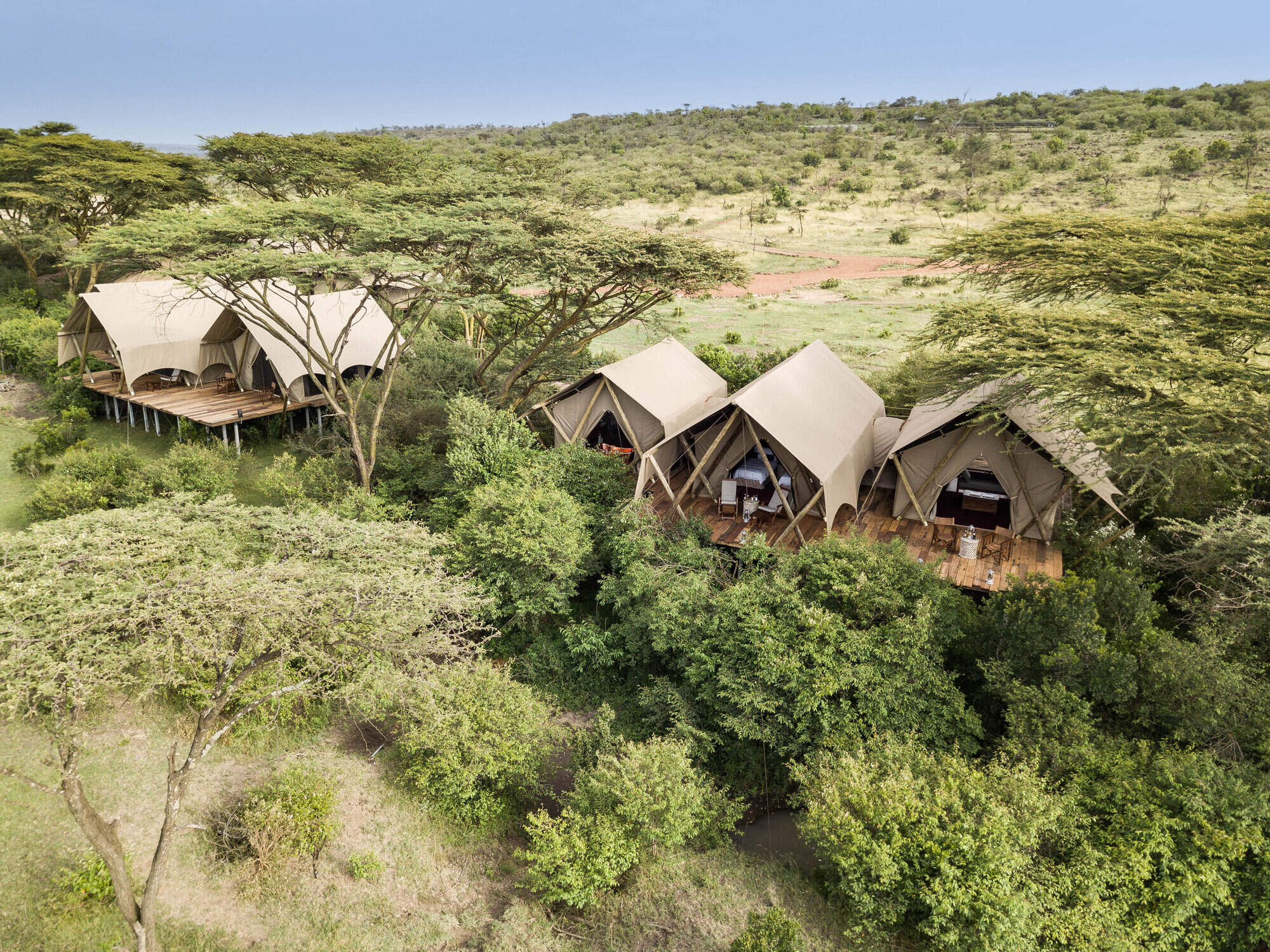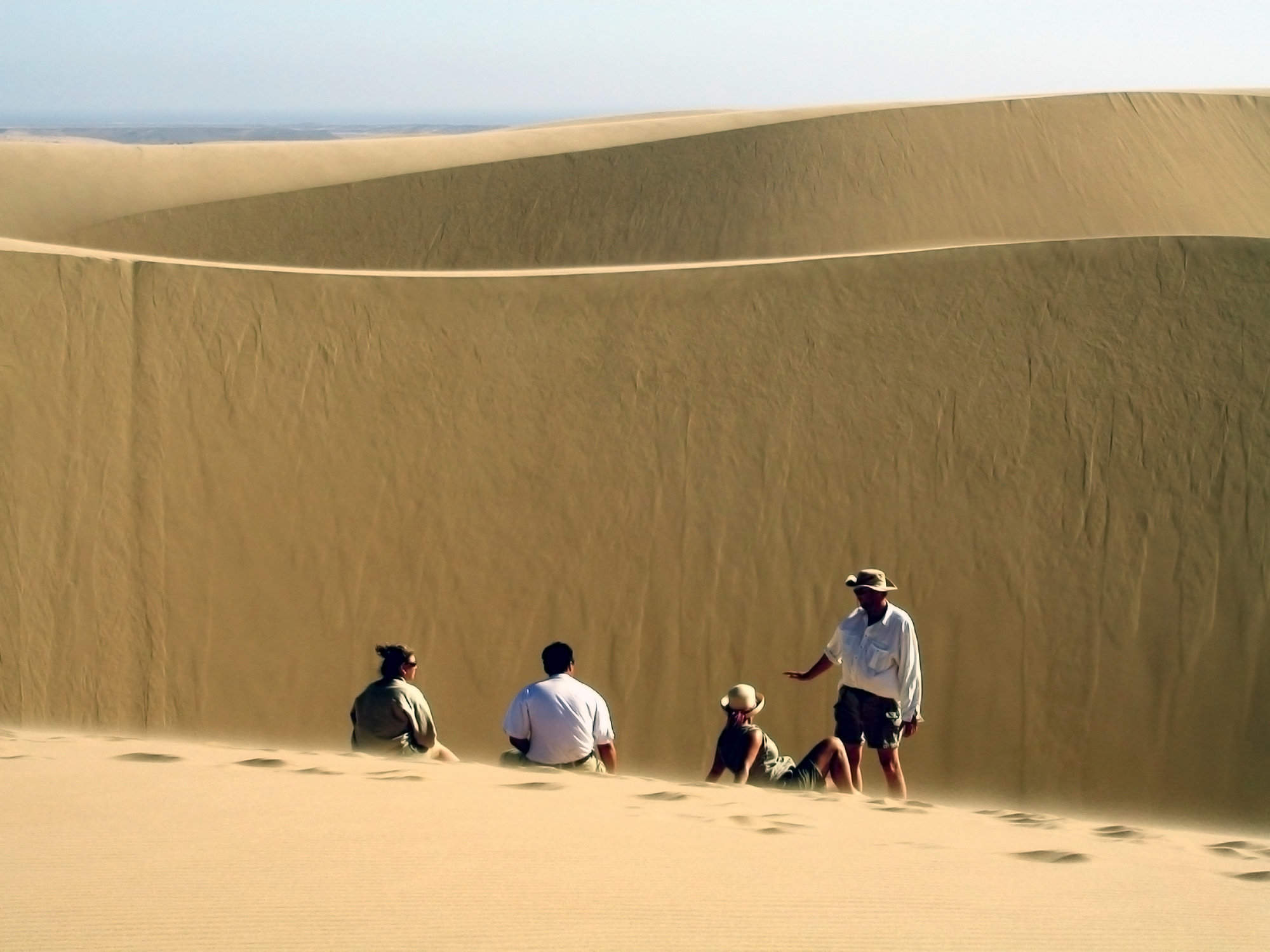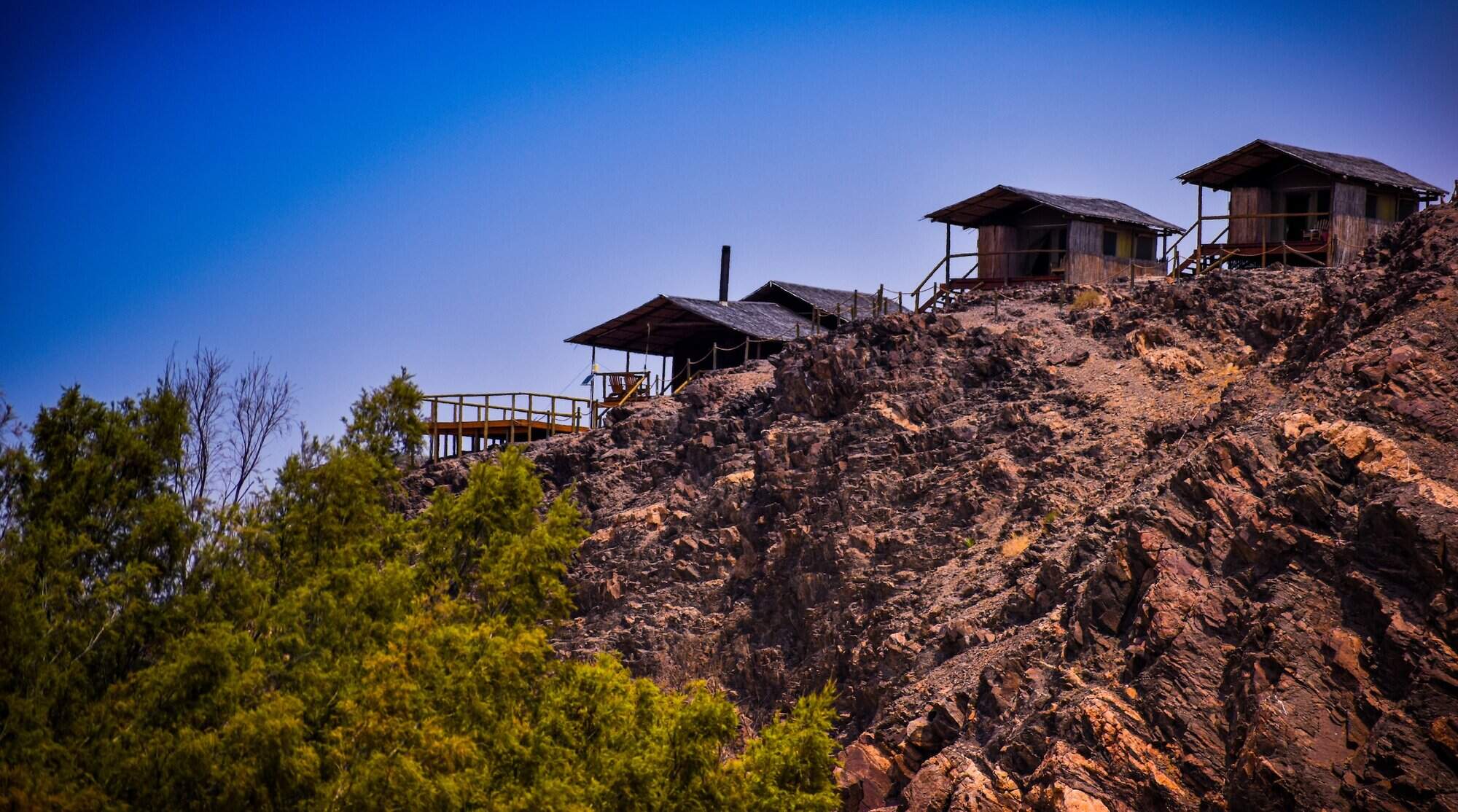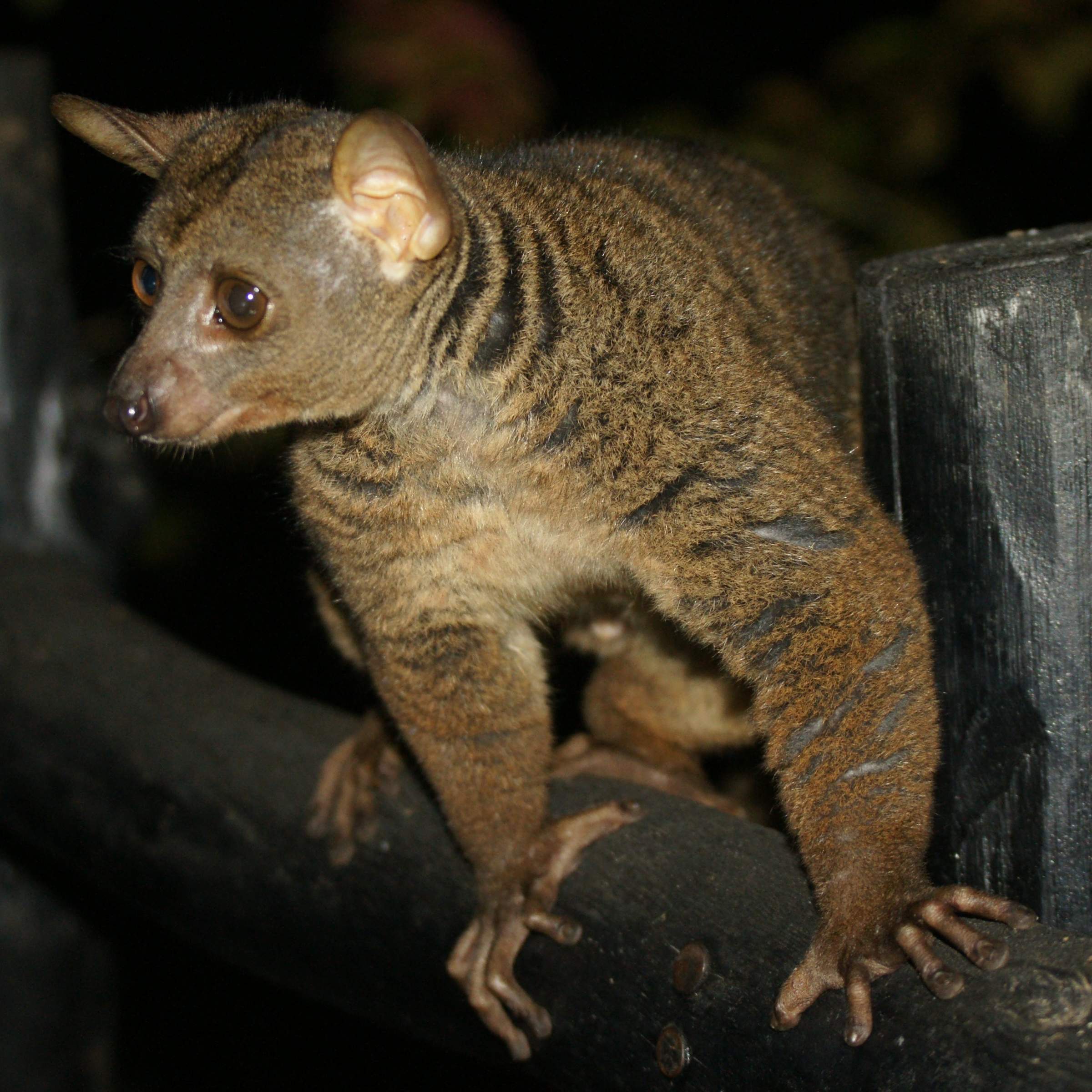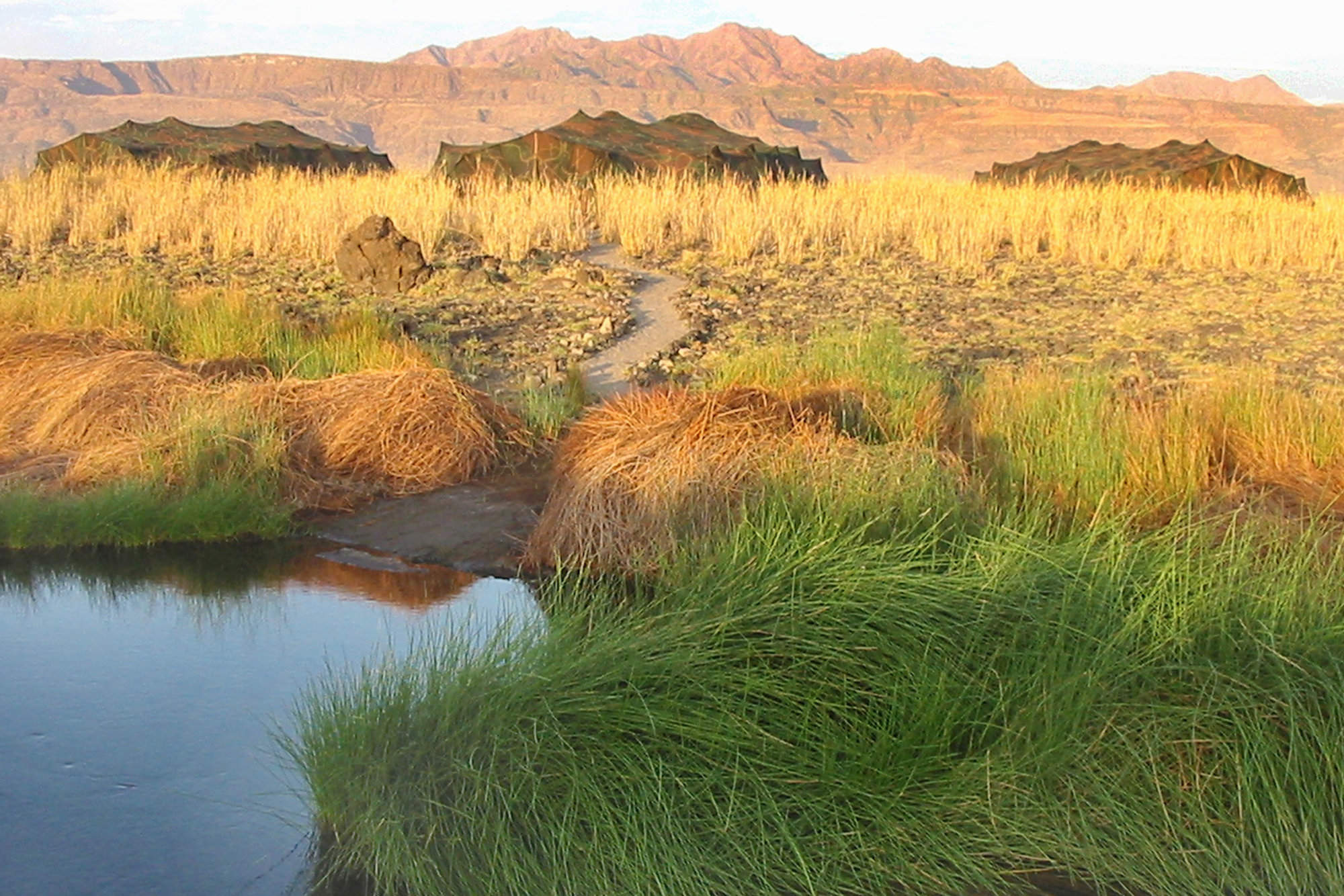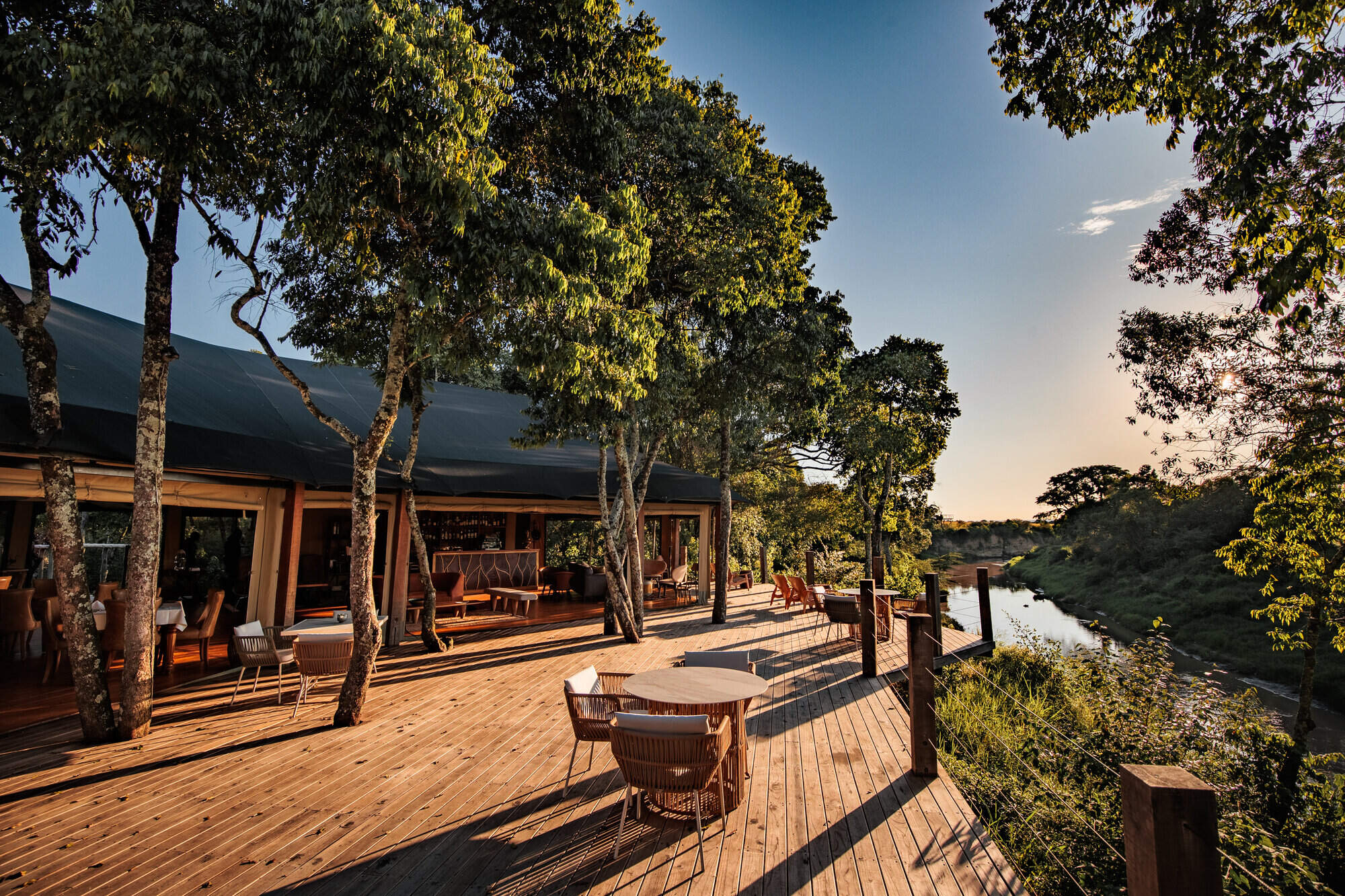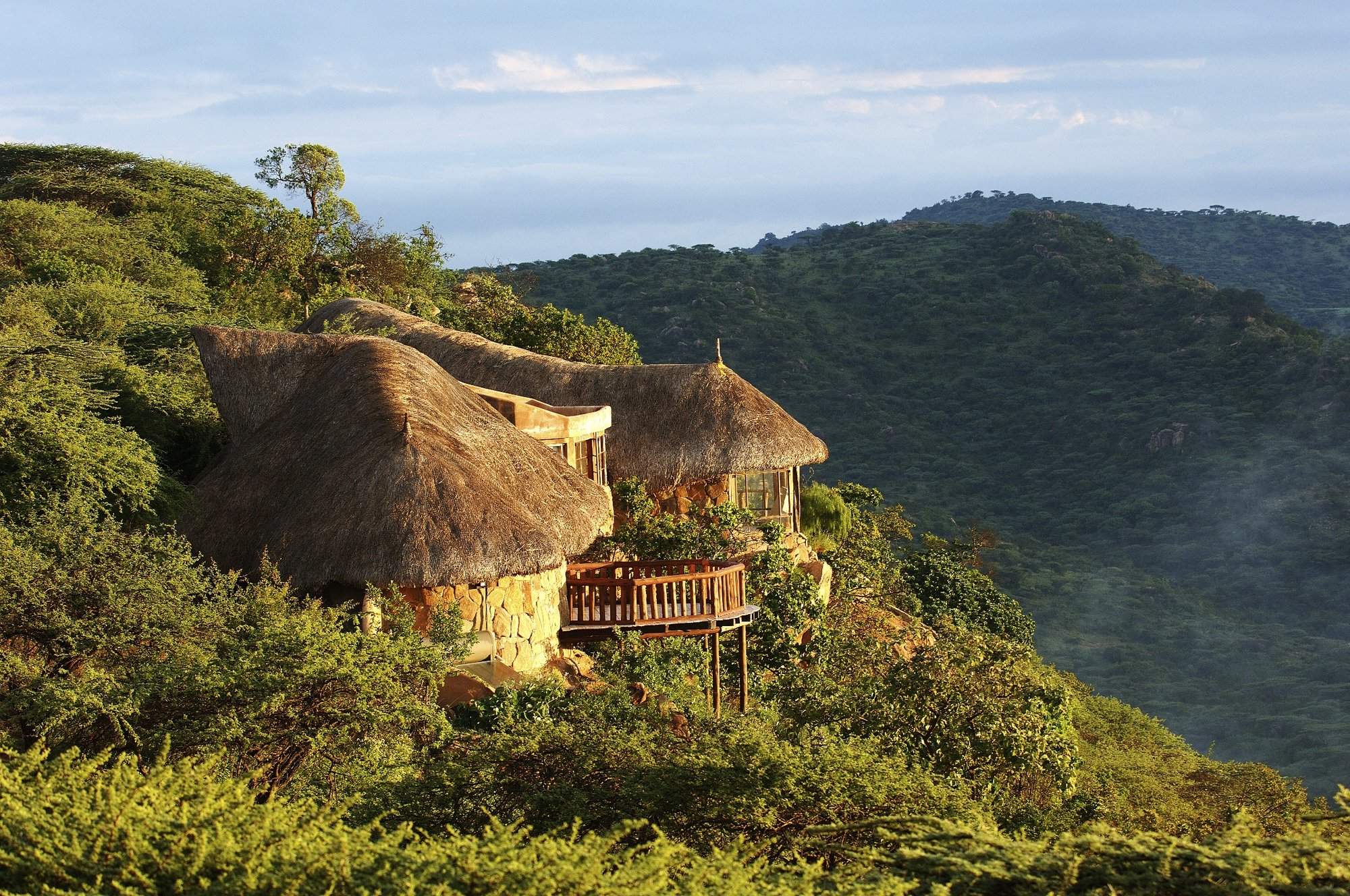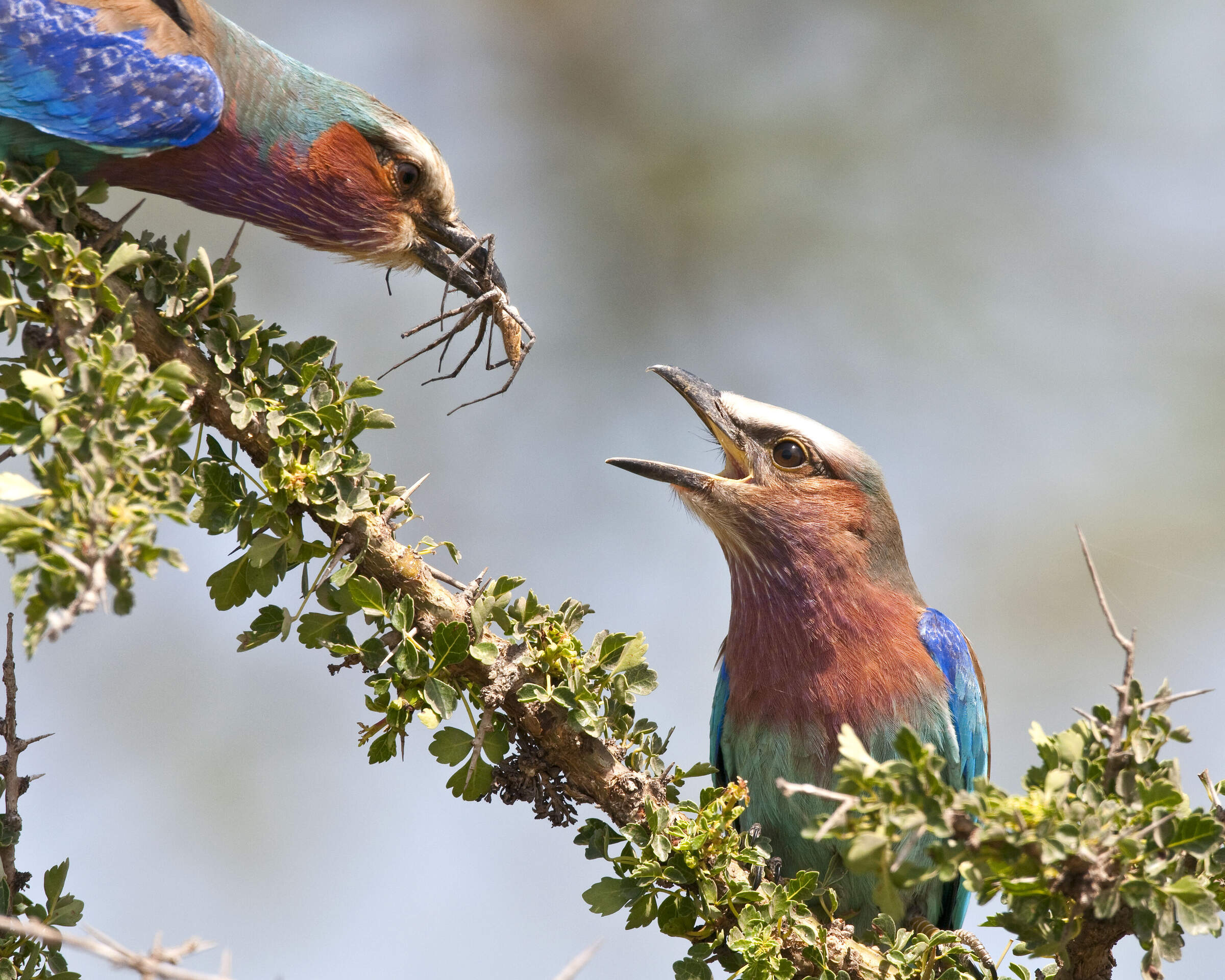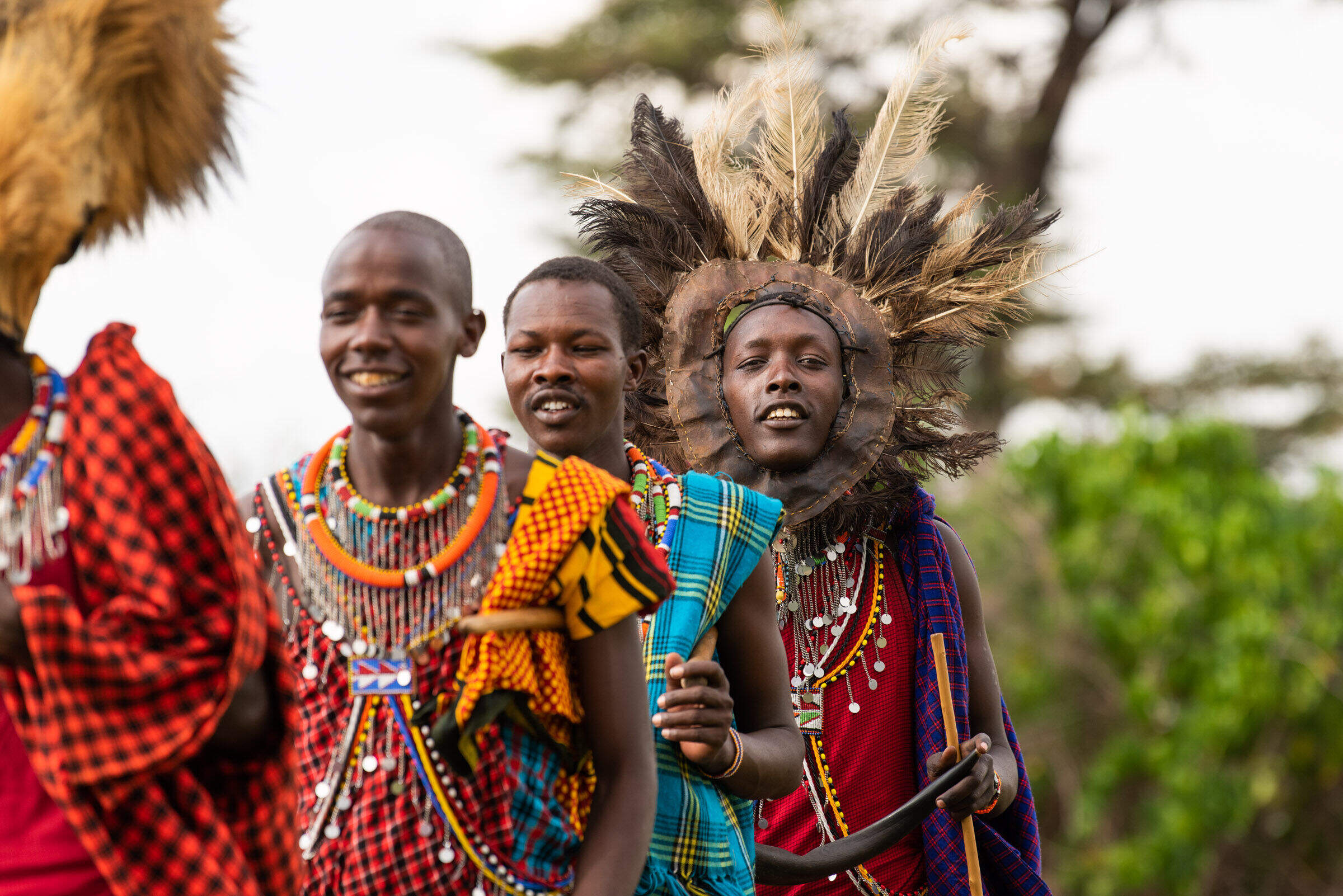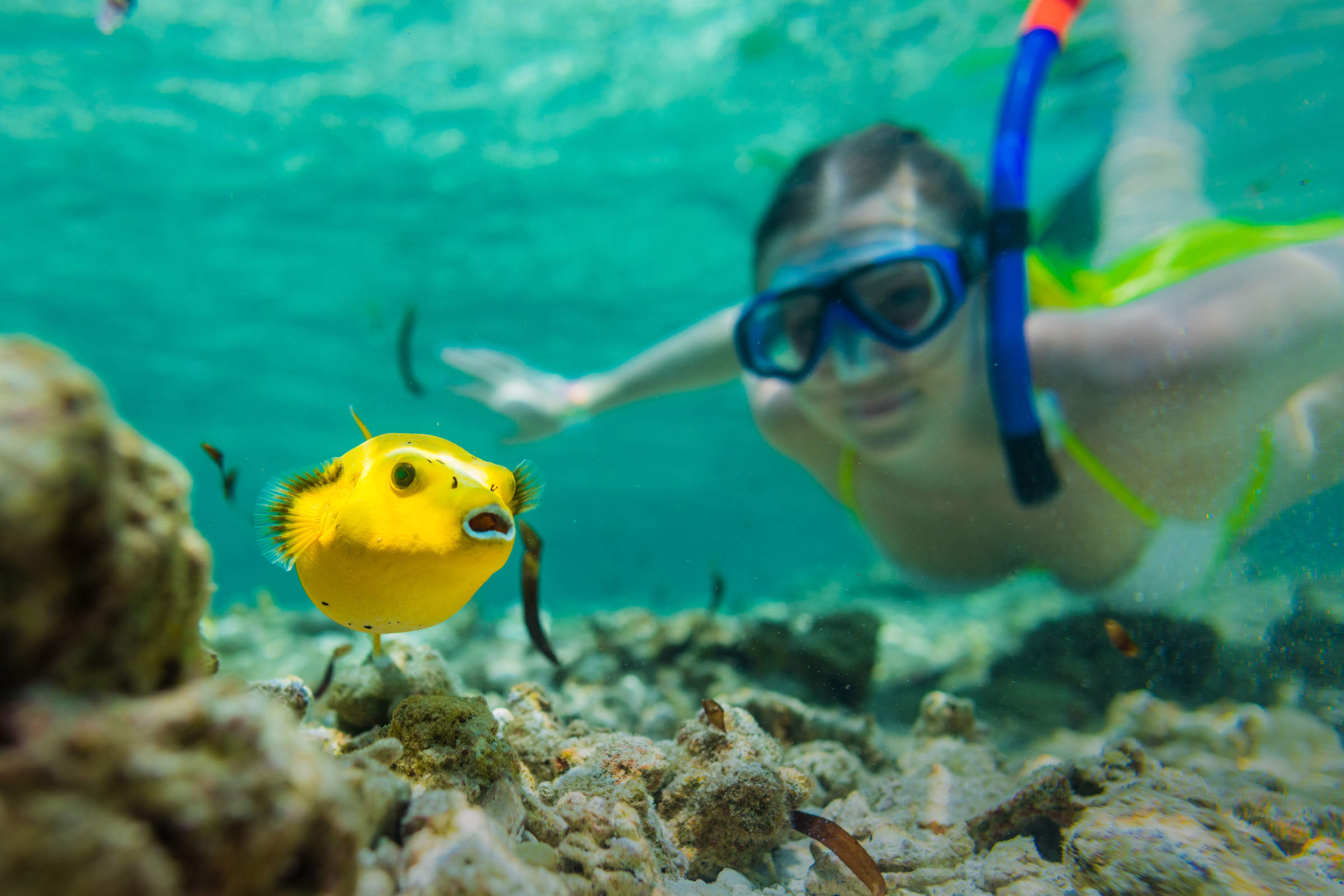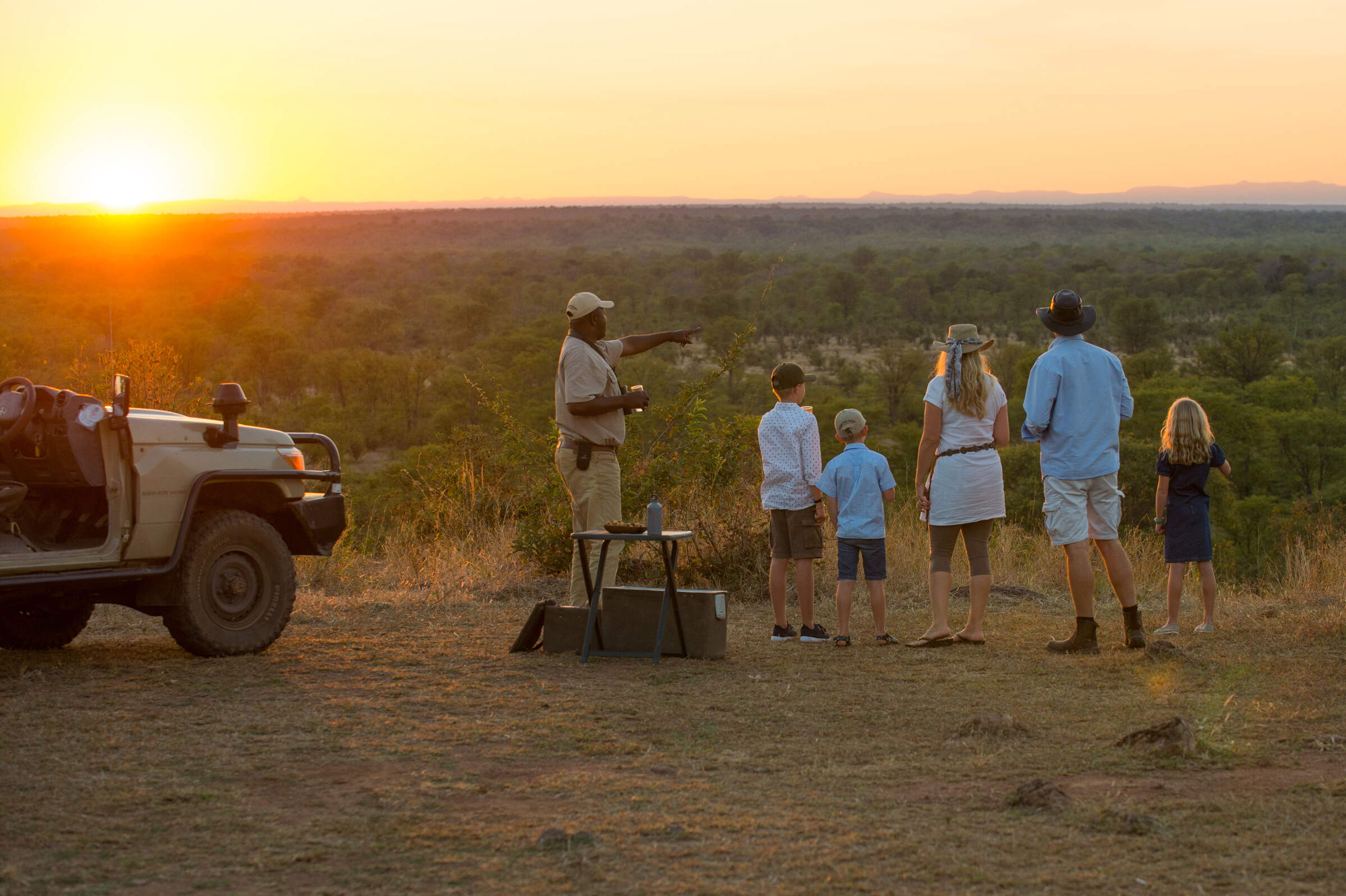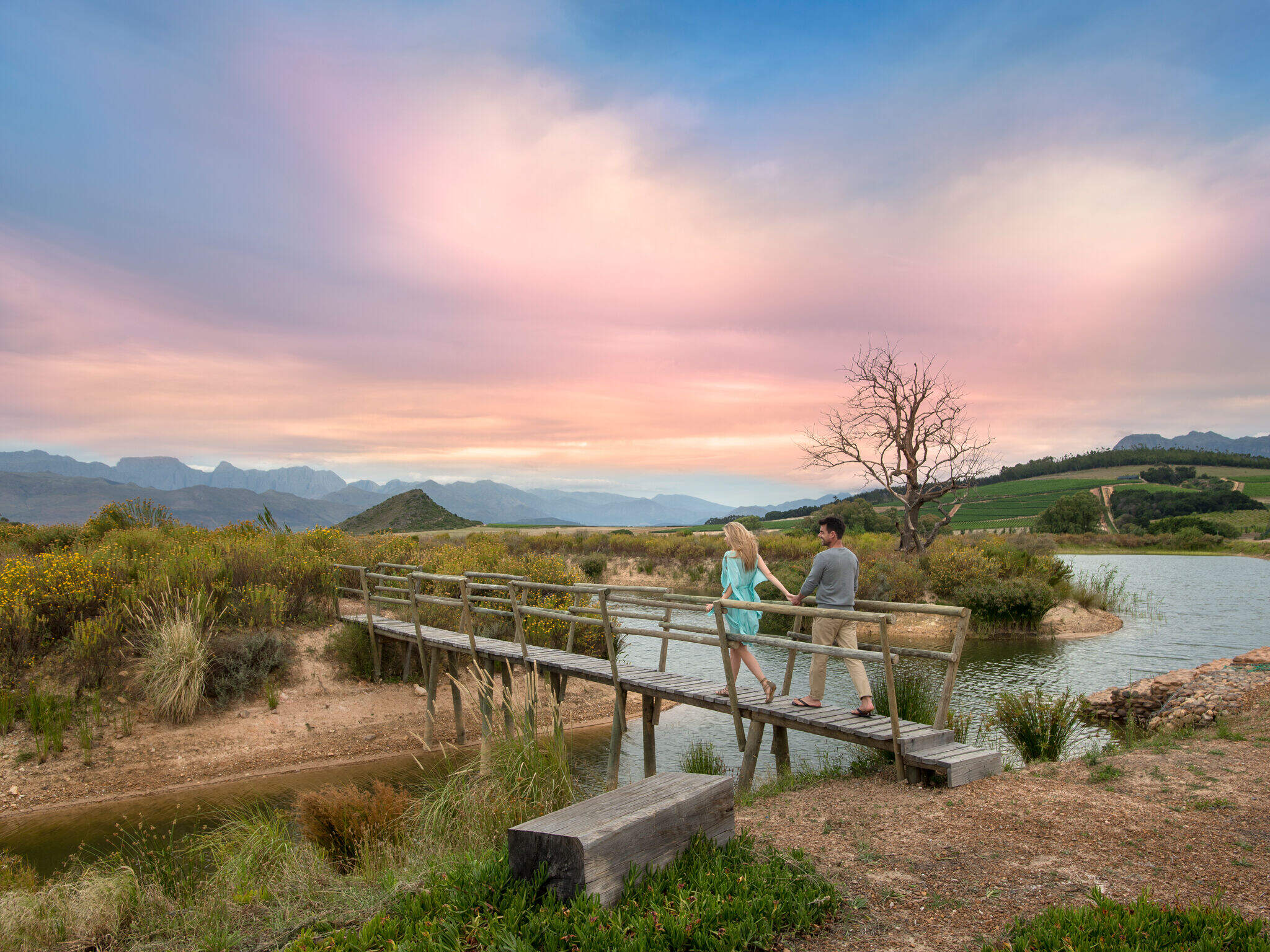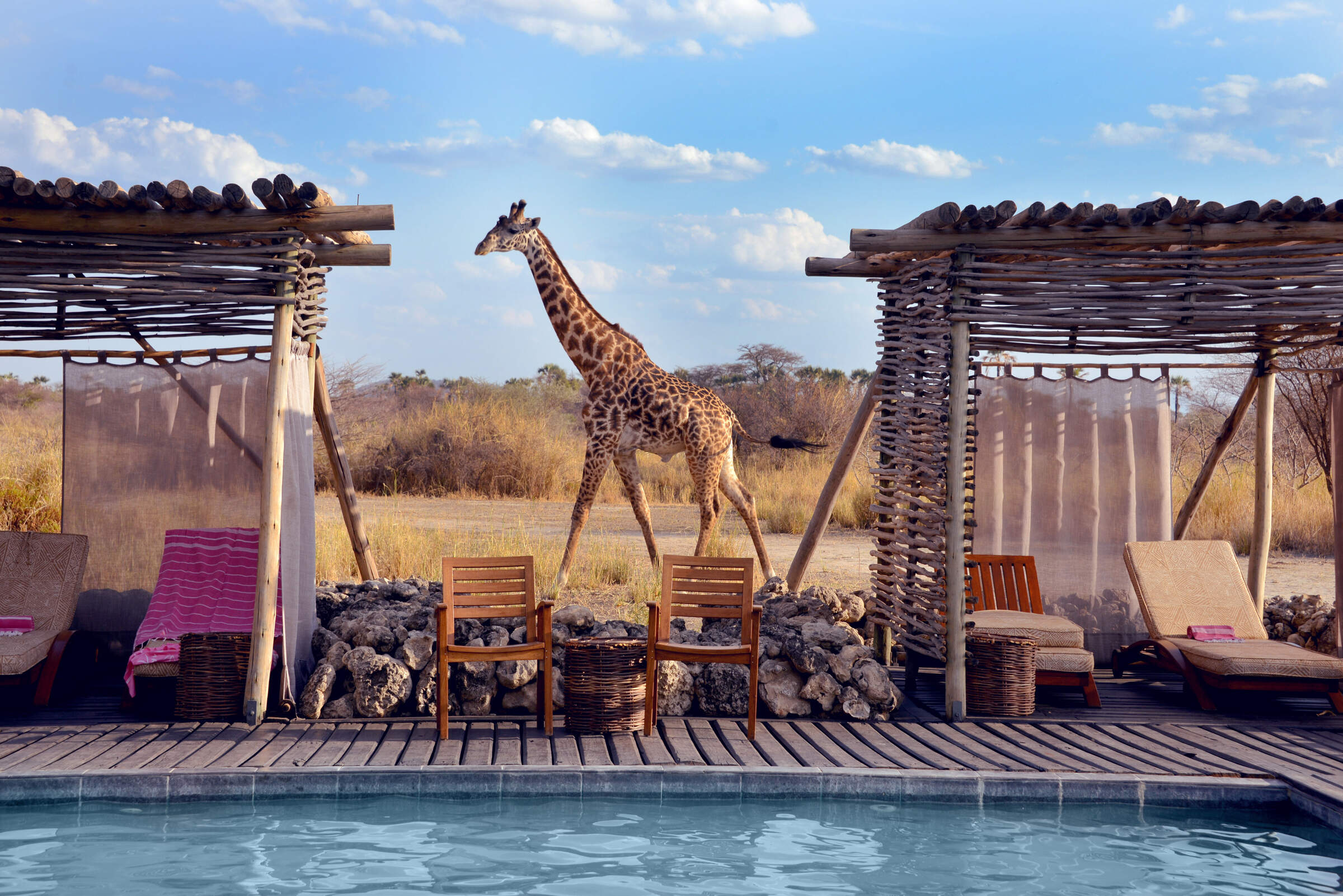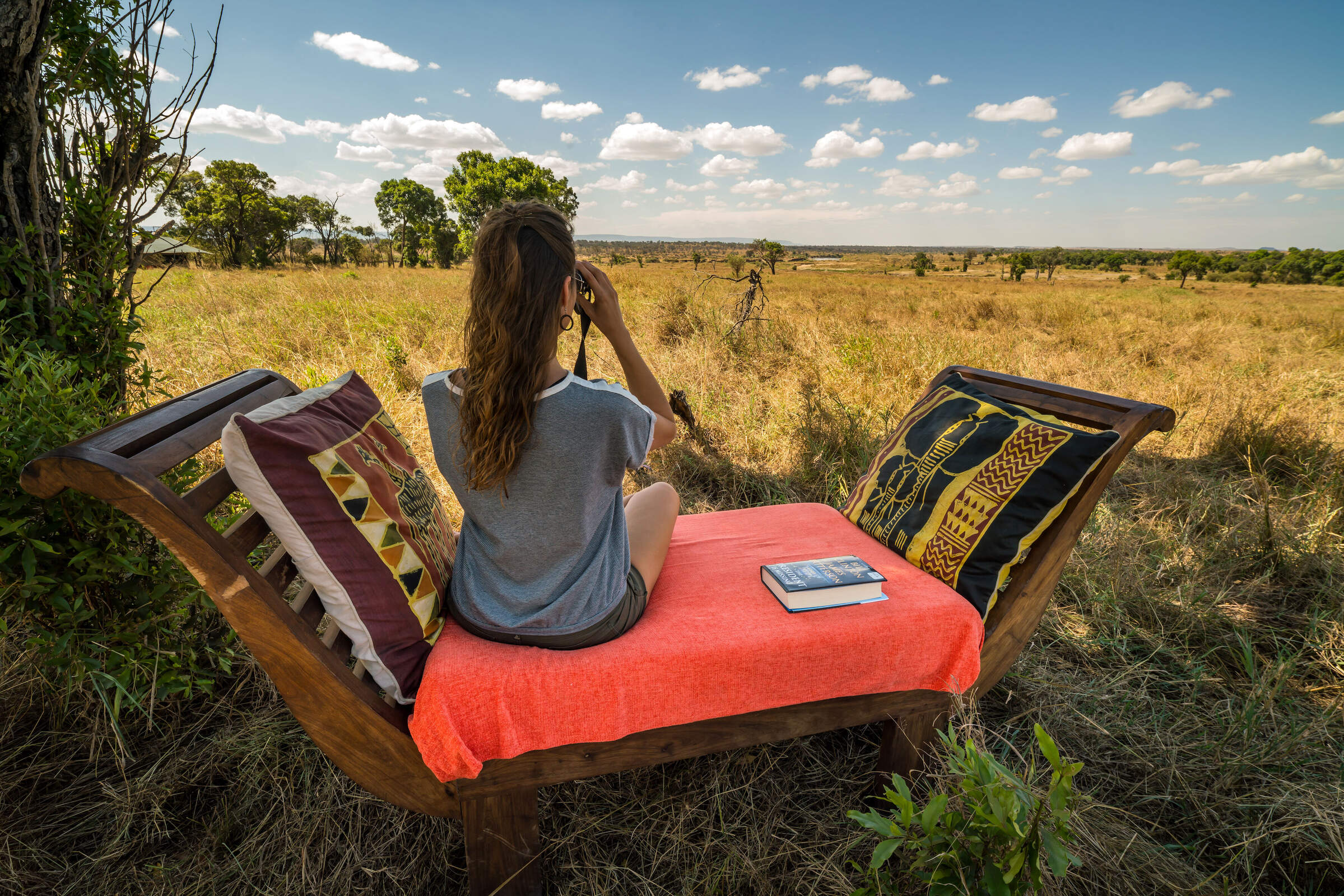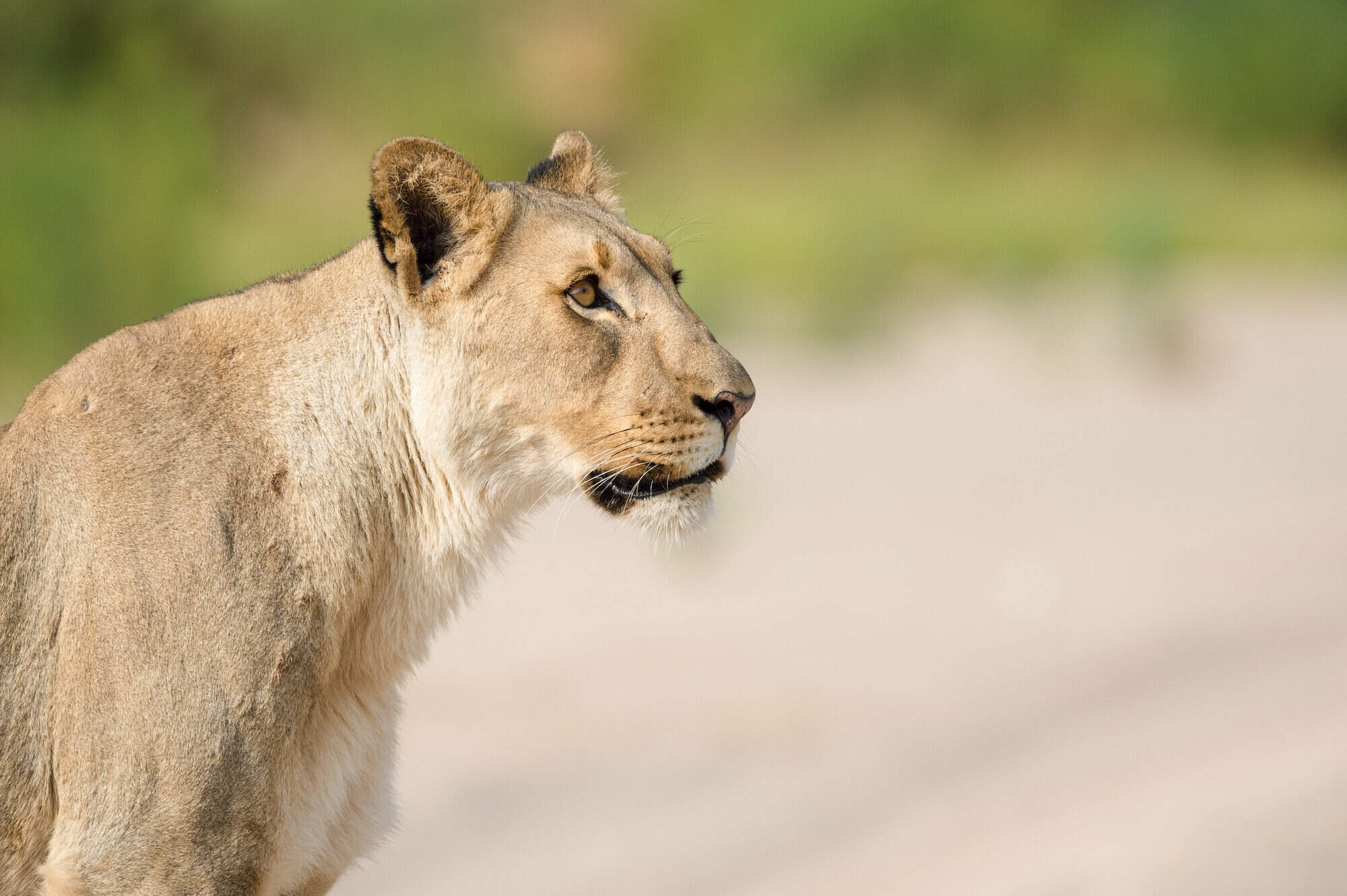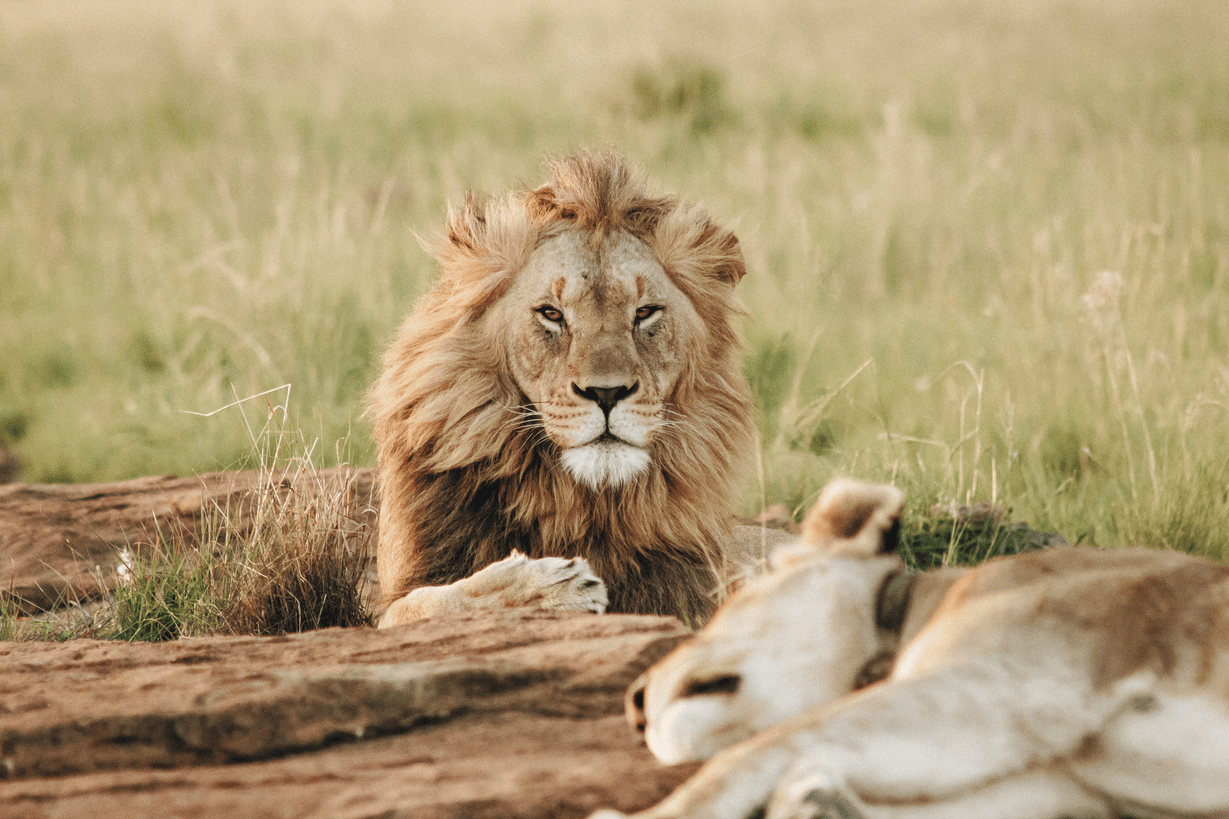Capture Africa Through the Lens
From the forested slopes of Rwanda to the shifting sands of the Namib, Africa offers photographers an endless range of powerful, intimate, and dramatic moments. You might capture the delicate spirals of smoke as a San bushman coaxes fire from straw, the wild precision of a lioness mid-pounce, or the quiet tenderness of an elephant herd clustered around a tiny calf.
Your best shot might be a heart-stopping portrait of a mountain gorilla locking eyes with the lens, or the concentration etched on a young Maasai boy’s face as he leaps skyward in a rite of passage. Perhaps it’ll be the iridescence of a lilac-breasted roller in flight, the geometric abstraction of salt pans at sunrise, or the whirl of carmine bee-eaters flitting above a riverbank nest. Or it might just be the golden glow on a smiling face at sundowners.
Photographic safaris aren’t only about ticking off sightings, they’re about taking the time to observe, to notice the details, and to connect with the natural world. Whether you’re capturing split-second action or quietly composing a shot in rising sunlight, success often lies in patience, perspective, and the right support.
That’s where we come in. At Expert Africa, we understand the specific needs of photographers, from carefully chosen locations and seasonal timing to knowledgeable guides who understand light and behaviour. We know which camps have adapted vehicles for stable shooting, which ones offer superb photographic hides, and where to find the kind of expertise that can transform a good image into a great one. For those wanting even more flexibility, we can arrange private vehicles or multi-camp, privately guided trips designed entirely around your photographic goals.
Explore our curated Photography Safari Itineraries, and discover Africa through your own lens. Just be sure to share your incredible pictures with us afterwards.
The Ultimate Photographic Safaris Collection
From the silhouettes of gemsbok poised on Namibia’s orange dunes to the frenzied drama of wildebeest fording the Mara River, or the vibrancy of carmine bee-eaters wheeling around their nesting cliffs, Africa offers a feast for the lens.
Whether you’re drawn to action or stillness, close encounters or vast horizons, we have journeys across East and Southern Africa to inspire every photographer.
There’s something uniquely powerful about photographing wildlife in its natural environment. A well-timed click of the shutter can freeze a moment forever: the flick of a leopard’s tail, the glint of early morning light on elephant tusks, or a hovering pied kingfisher.
Whether you’re a seasoned professional or an enthusiastic amateur, a photographic safari in Africa offers unrivalled opportunities to capture wildlife, landscapes, and life in motion. And at Expert Africa, we design photographic safaris that are as immersive as they are inspiring. From customised vehicles and specialist guides to dedicated hides and remote bushcamps, our itineraries in this Photographic Safaris collection focus on the locations and details that make a difference.
Our most recent reviews of photography holidays in Africa
Detailed, un-edited reviews from our Africa travellers whose trips we tailored towards photography holidays. Click below to read the traveller's full review, and see all the reviews of our Africa holidays here.
FREQUENTLY ASKED QUESTIONS
The Expert Africa Guide to Photographic Safaris
Wildlife photography in Africa is as much about patience and planning as it is about the magic of the moment. Whether you’re aiming to refine your technique, learn from a specialist guide, or simply enjoy the thrill of capturing wildlife in its natural habitat, our FAQs cover everything you need to know to get the most from your photographic safari.
From choosing the right kit and camps, to understanding seasonal highlights and guiding options, we’re here to help you plan a rewarding and memorable journey.
What equipment should I bring on a photographic safari?
- A DSLR or mirrorless camera with fast autofocus and good low-light performance. Weather-sealed bodies are ideal.
- A telephoto zoom in the 100–400mm range is perfect for most wildlife; if you're keen on birds or more distant subjects, a 500mm or 600mm prime (or extender) may be worth the weight.
- A wide-angle lens (24–70mm or wider) is invaluable for landscape shots, environmental portraits, or scenes inside camp.
- A polarising filter can reduce glare and reflections, deepen blue skies, and enhance colour contrast, especially useful for landscapes, water scenes, and foliage. It slightly reduces light, so slower shutter speeds may be needed.
- Spare batteries and memory cards: you’ll shoot more than you expect. Charging can be limited in some remote camps, so a power bank or inverter can be helpful too.
- A lens cleaning kit - dust is inevitable. A blower, cloth, and basic brush are essential.
- A beanbag or window mount for shooting from vehicles. Tripods are rarely practical on safari drives (the wildlife has moved on while you set up and space can be limited on 4x4 vehicles), but are great for camps, hides or landscapes.
- A dry bag or waterproof cover to protect gear during boat trips or sudden rain showers.
A portable hard drive or SSD for backups is also wise, especially on longer trips, as is a lightweight laptop or photo hub if you want to review or share images as you go.
If you’re joining a specialist photographic safari or workshop, we’ll advise on exactly what to bring based on the focus and format of the trip, from fast-action predators to patient hide work, birds, or landscapes.
Are specialist photographic guides available?
But even in camps without formally titled ‘photography guides’, many experienced safari guides are passionate amateur photographers in their own right. They understand how light, background and angle affect an image, and will often anticipate movement or behaviour based on years of tracking wildlife. Their ability to predict an animal’s next step, position for soft backlight, or angle the vehicle for an uncluttered background can make a profound difference to your photography.
If you're looking for more focused support or working on a specific project, we can also arrange a private photographic guide to accompany you throughout your safari, even across multiple destinations. This is particularly valuable if you’re a professional, a passionate hobbyist, or someone seeking to elevate their skills or portfolio in a structured way.
Whether you're chasing iconic wildlife moments or crafting a more creative visual narrative, we’ll help build the support structure that lets you concentrate on your craft.
When is the best time of year for photography in Africa?
Dry Season (June to October) is the classic safari window, and for good reason. As water sources dwindle, wildlife concentrates around rivers and waterholes, leading to powerful predator-prey interactions, large gatherings of animals, and intense storytelling potential. Clear skies and dust in the air help sculpt the light at dawn and dusk, giving you those coveted backlit silhouettes and golden glows. It’s a superb time for action shots and portraits in open terrain.
Green Season (November to March) is lush, vivid and teeming with life. Bird photography is exceptional as migrant species arrive in breeding plumage, and dramatic cloudscapes enhance the visual mood. Many mammals give birth now, offering intimate opportunities to photograph newborns and nurturing behaviour. The vegetation might be thicker, but fewer tourists make for quieter, less disturbed encounters, and the quality of light can be breathtaking.
Shoulder Seasons (April–May and late October–early November) bring their own magic. These transitional months often deliver rich skies, soft light, and fewer vehicles, ideal for creating atmospheric compositions. You might catch young animals taking their first steps, or landscape scenes tinged with the glow of the changing seasons.
We can also tailor your trip to specific natural spectacles: time your visit to coincide with the great wildebeest river crossings in the Serengeti and Mara, the arrival of flamingos at Lake Natron as they gather in shimmering pink flocks across the soda flats, or the dust-charged stand-offs of elephant bulls during dry season clashes in Hwange. Whether you're after intense drama, tender behaviour, or striking colours in motion, we’ll guide you to the best places at the best times, so you can be in the right place, with the right light, when the magic unfolds.
Will I have enough space in the vehicle for my camera kit?
Many travellers also opt to book a private vehicle, which gives you full control over sighting duration, positioning and pace, especially useful when working with long lenses, waiting for specific light, or capturing a particular behavioural moment. In a shared vehicle, it may not be possible to balance your desire to stay still for long periods with other guests on board.
If you’re visiting a more traditional lodge, but bringing bulky or high-end gear, we’ll check in advance whether the vehicle setup can comfortably accommodate your kit. In many cases, guides are keen photographers themselves and will go out of their way to position you well for the shot and accommodate your needs though.
It’s also worth remembering that most fly-in safaris rely on light aircraft, which come with strict luggage limits, usually around 15kg per person in soft-sided bags, including hand luggage. If you're carrying multiple lenses, bodies, or a backup storage system, we can advise on how best to pack, request excess luggage allowances, or route you via camps and hubs that cater well for photographers with larger setups. Obviously, if you're self-driving or on a privately-guided trip, this is less of an issue.
Let us know what gear you're bringing and how you like to work, and we’ll help ensure everything runs smoothly from bush plane to back seat.
Can I combine a photographic safari with a more traditional safari holiday?
You might spend several nights at a specialist camp with hides, expert photographic guides, or adapted vehicles, and then continue your trip at a more classic bushcamp where wildlife sightings take centre stage but aren’t always staged with photographers in mind. The result is a well-balanced itinerary, combining concentrated photography time with relaxed game drives, walking safaris, or cultural encounters.
This kind of trip suits a wide range of travellers. If one person in your group is passionate about photography, while others are more focused on general wildlife viewing or simply soaking up the scenery, we’ll help you design a route that keeps everyone inspired and happy. Some lodges even offer optional photographic sessions or private vehicles, so you can dive deeper when it suits you.
We can also arrange privately guided photographic safaris that follow you across multiple locations and countries. These offer the freedom to shoot at your own pace, adapt daily plans to suit changing light or sightings, and refine your skills with the same expert guide throughout. Whether you’re building a portfolio, experimenting with new techniques, or capturing a once-in-a-lifetime trip, a well-structured itinerary makes all the difference.
The Best Camps & Lodges for Photographic Safaris in Africa
Many of Africa’s safari camps have been designed with photographers in mind. Some offer specially adapted vehicles with camera supports and storage boxes; others provide professional gear, secluded hides, or expert photographic guides who understand the nuances of light, behaviour, and composition. Whether you're looking for a private vehicle, a peaceful spot to wait undisturbed, or creative mentoring, these lodges place you in the right place at the right time, with the tools and expertise to make every shot count.
In Zambia, Kaingo Camp is a favourite with photographers for its outstanding hides. In Botswana, Zarafa Camp in the Selinda Reserve offers serious comfort and capability, with pro camera gear, adapted vehicles, private guides and Great Plains’ filmmaking pedigree behind it. Whilst in Kenya, Serian Camp combines photographic workshops with superb opportunities to test your new skills.
For close encounters on foot, Camp Hwange and Vundu Camp in Zimbabwe are brilliant choices, with excellent guided walking and opportunities to photograph wild dogs and big game at eye level.
Take a look at our top photography camps then contact us to create your perfect trip.
Photography Safaris Across Africa
Explore Africa’s most photogenic destinations! Follow leopard tracks through Zambia’s South Luangwa, frame desert wildlife in dramatic light in Namibia, or catch the raw intensity of predator action in Kenya’s Mara Conservancies. Track wild dogs on the move in Mana Pools, photograph gorillas in Rwanda’s misty Volcanoes National Park, or focus on elephants crossing the river in Botswana’s Chobe National Park.
Wherever your passion lies - big cats, birdlife, wild landscapes or cultural storytelling - our Photography Safari Collection takes you to the heart of the action, with the right support to capture the perfect shot.
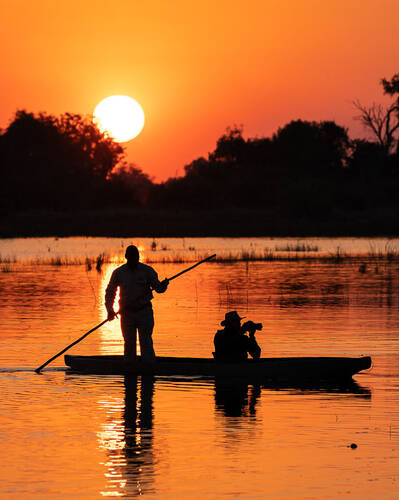
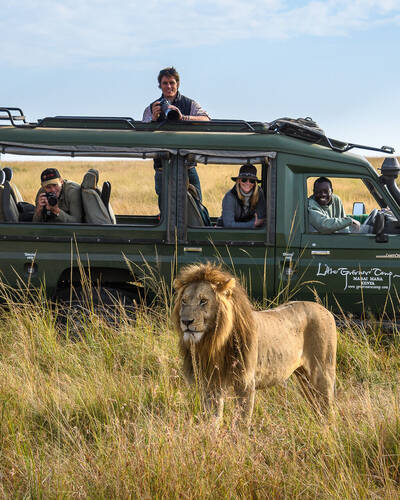
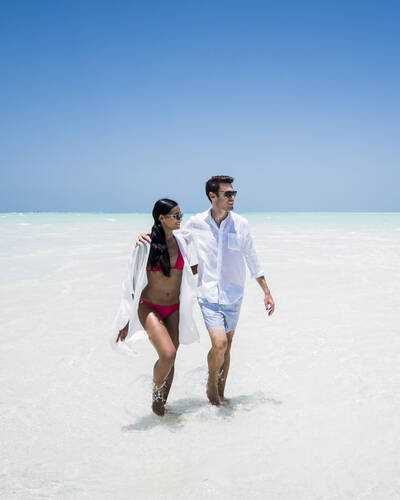
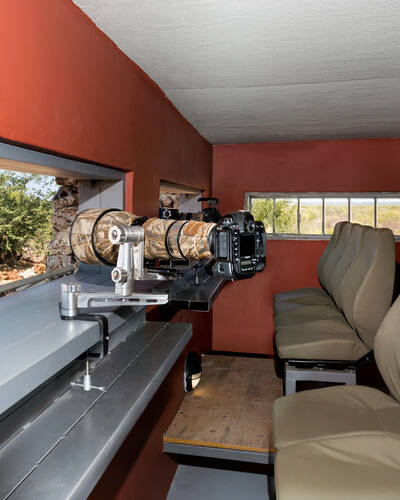
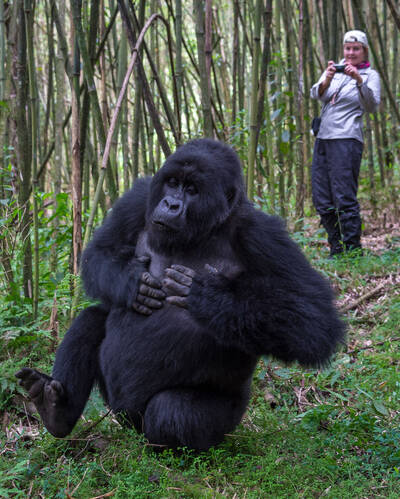
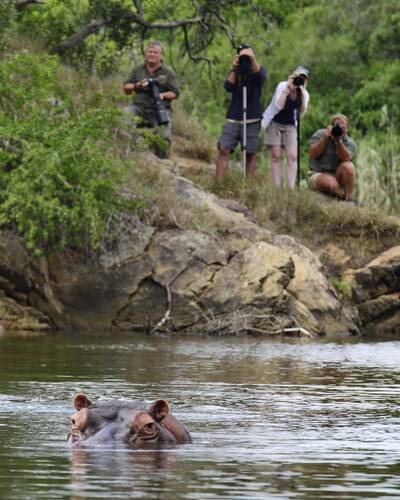
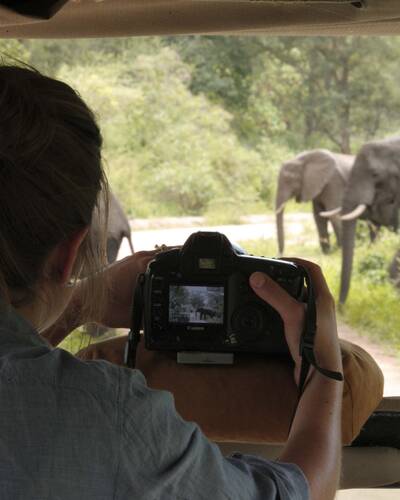
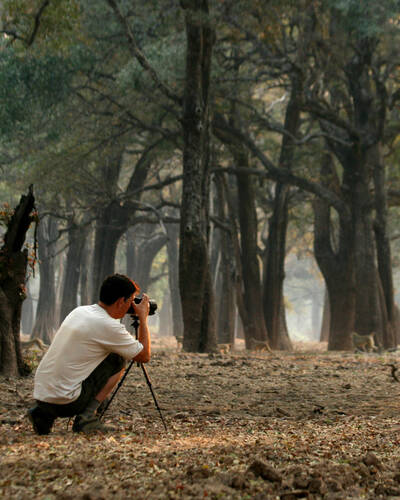
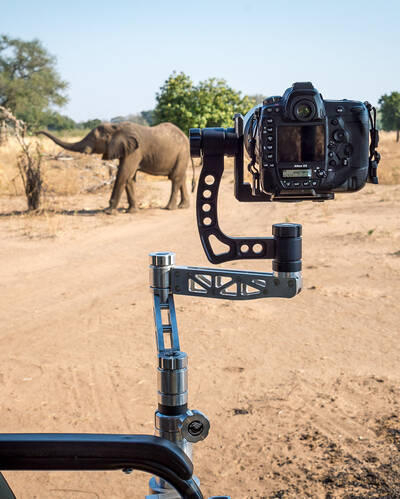
Africa - Curated Holiday Collections for Your Interests
Discover our Holiday Collections, designed for travellers with passion! Love wildlife safaris? Always wanted to snorkel in the Indian Ocean? Celebrating a big birthday with your friends? Our curated safari collections are sure to inspire.

Looking for inspiration on where to travel next?
Visit our trip chooser to explore your options and find inspiration for your perfect African adventure
Inspire me







